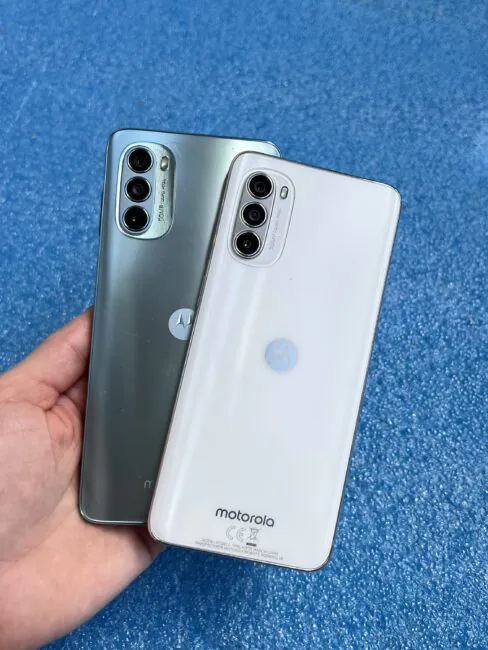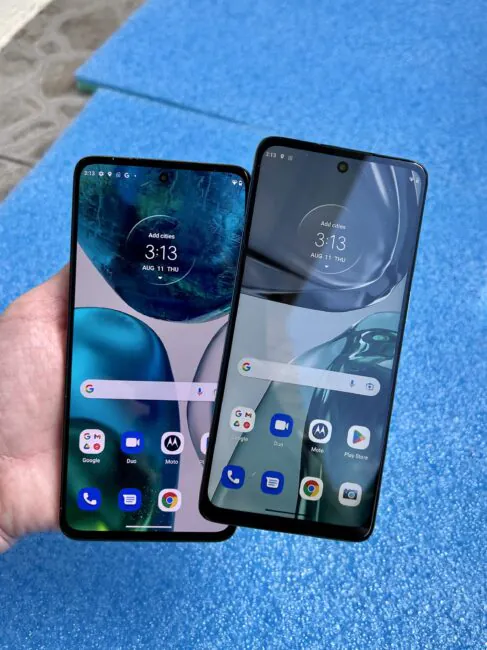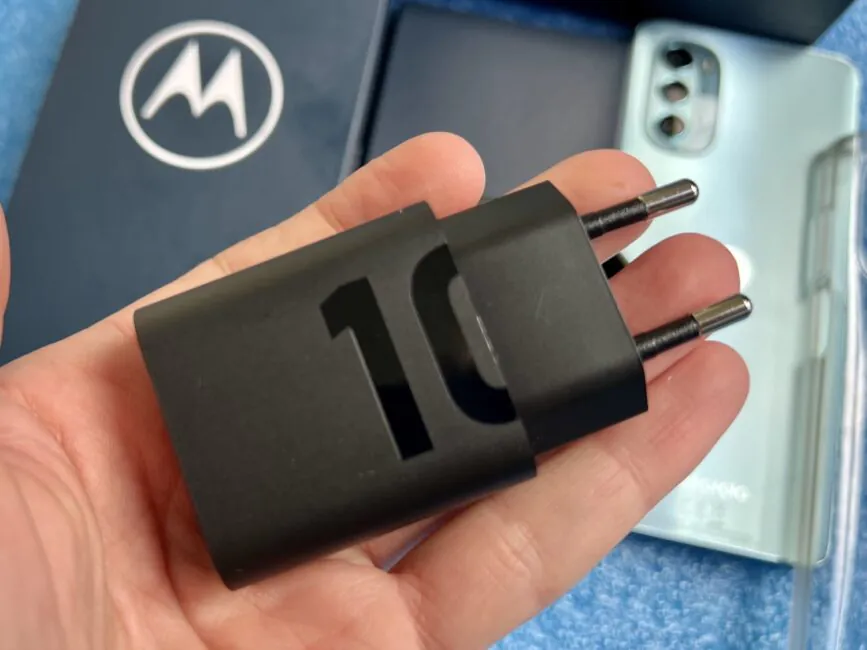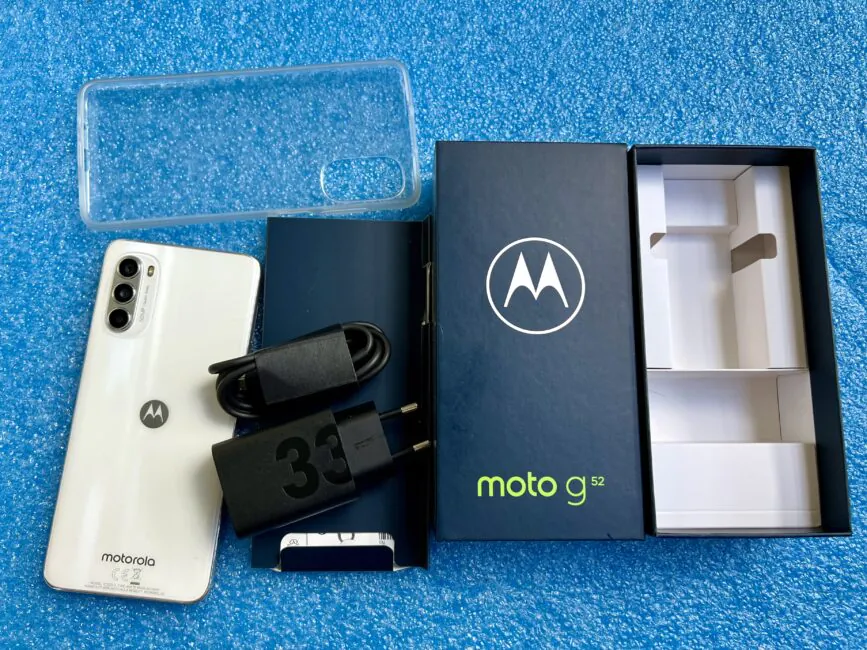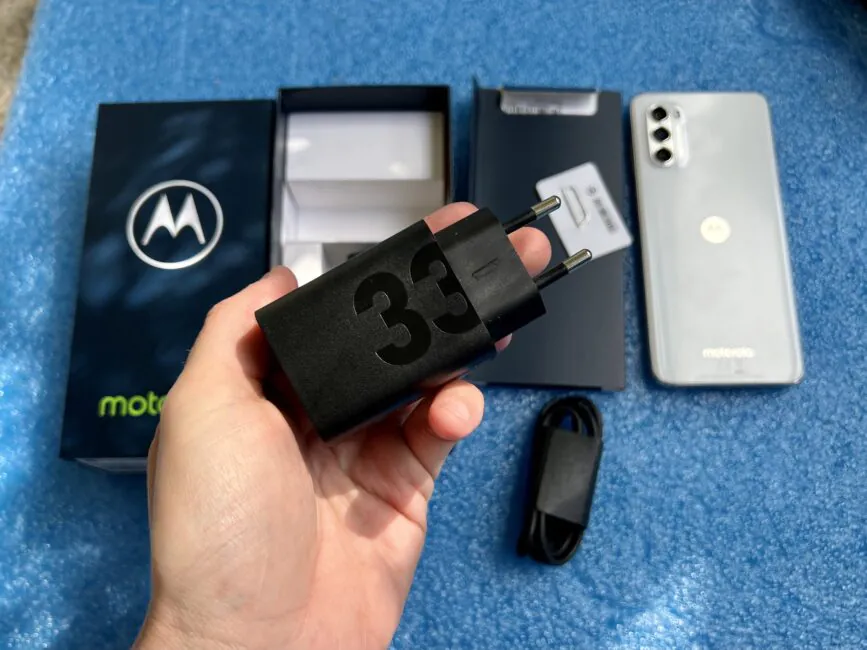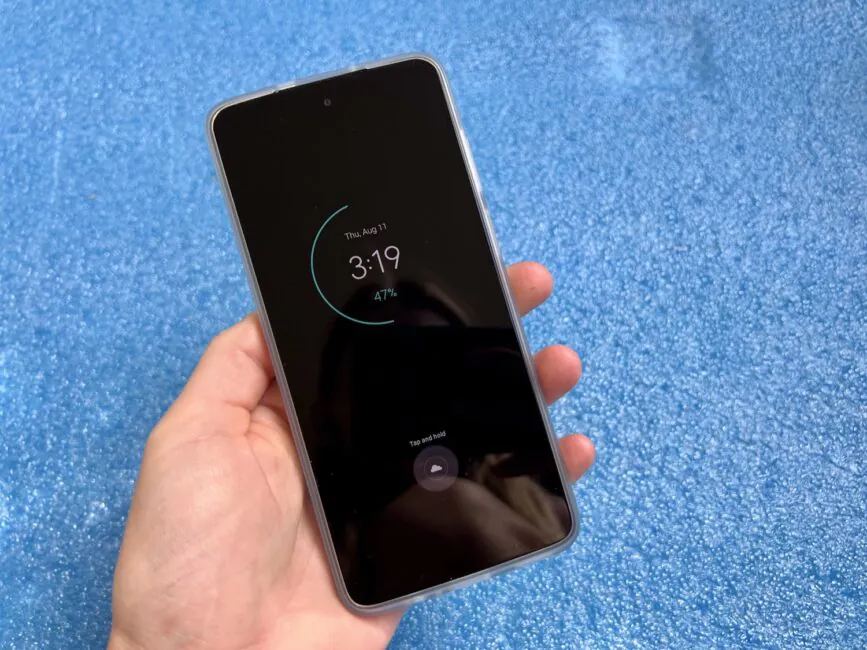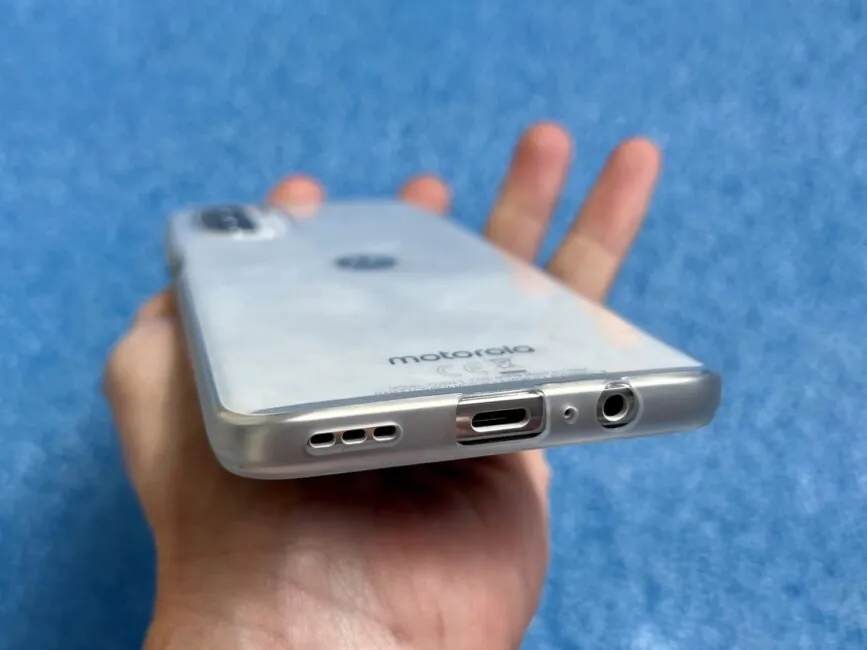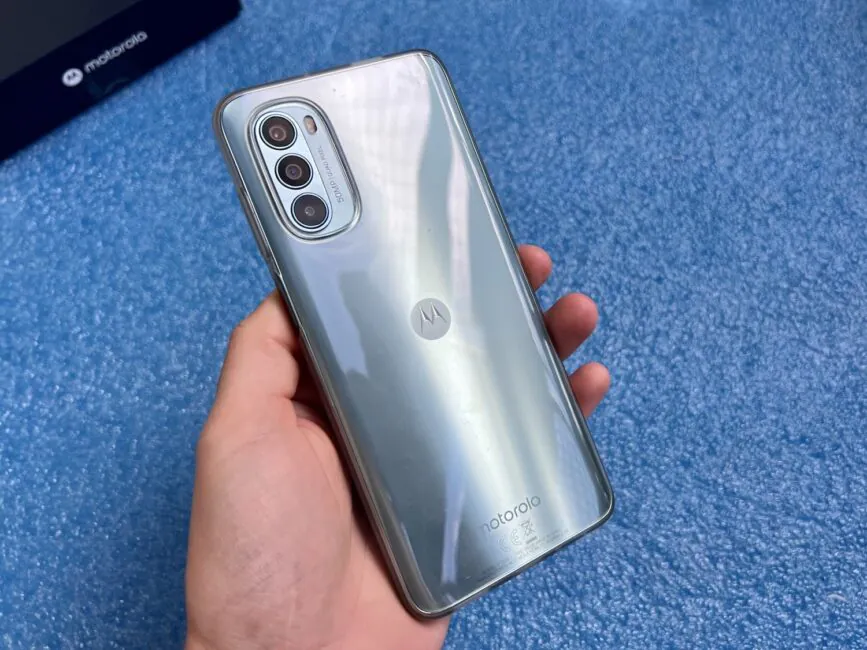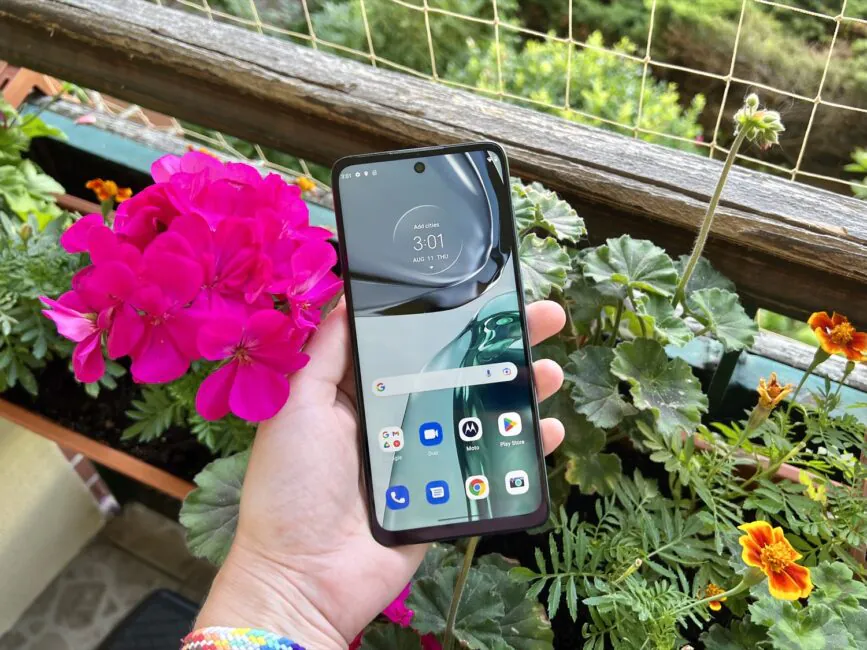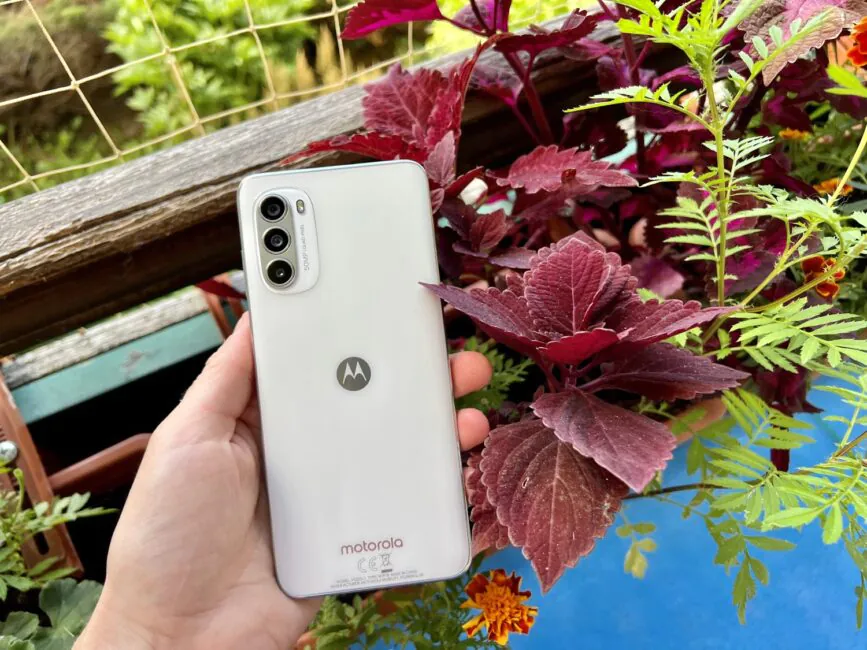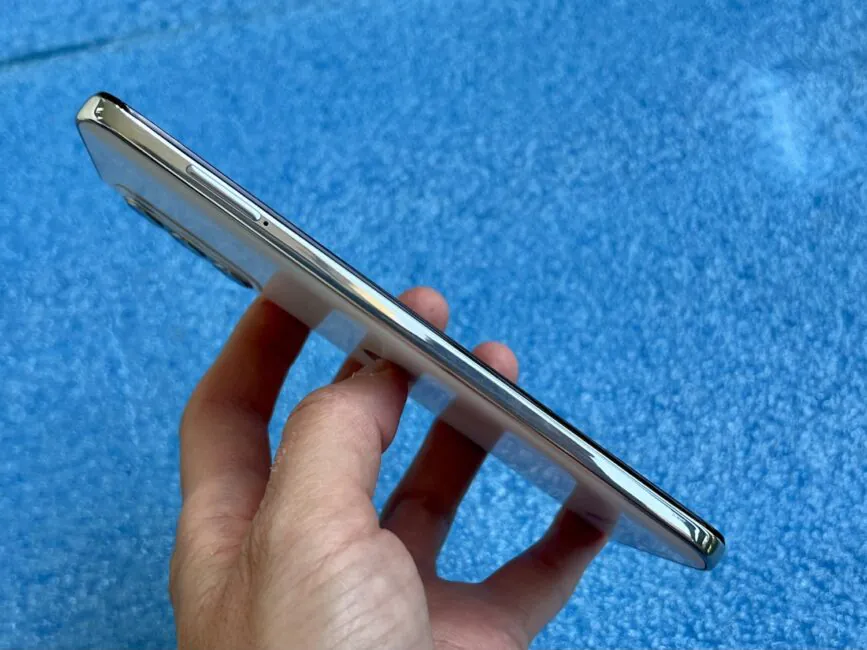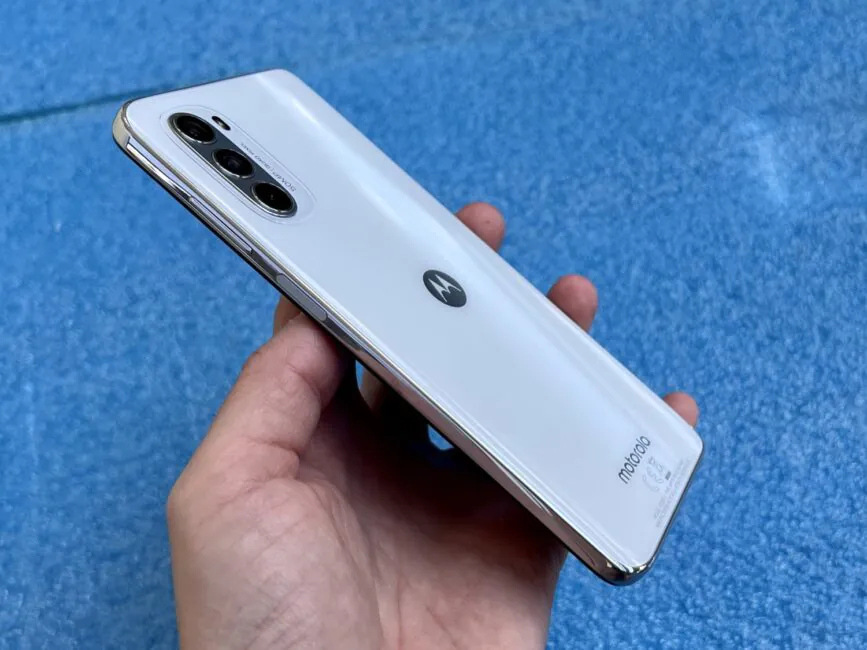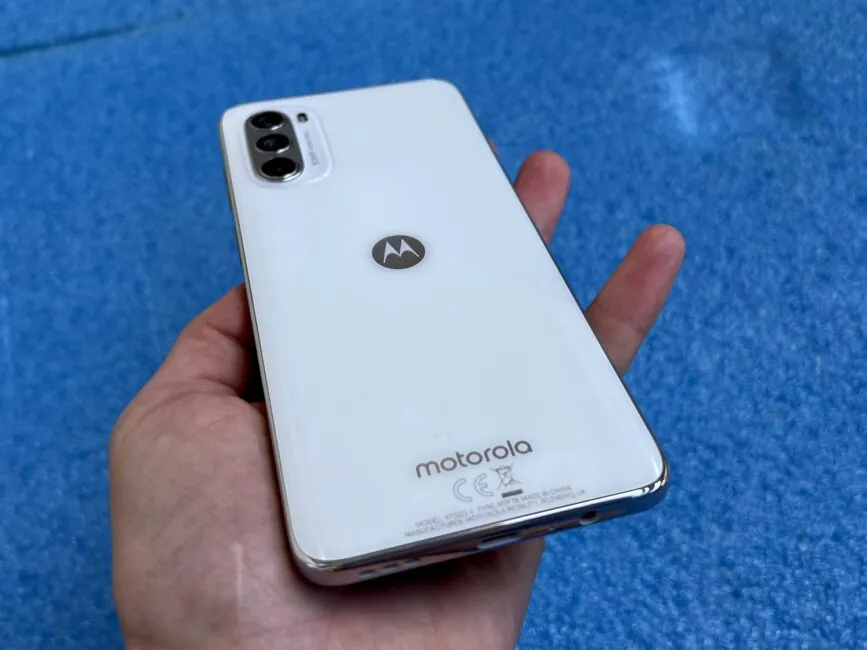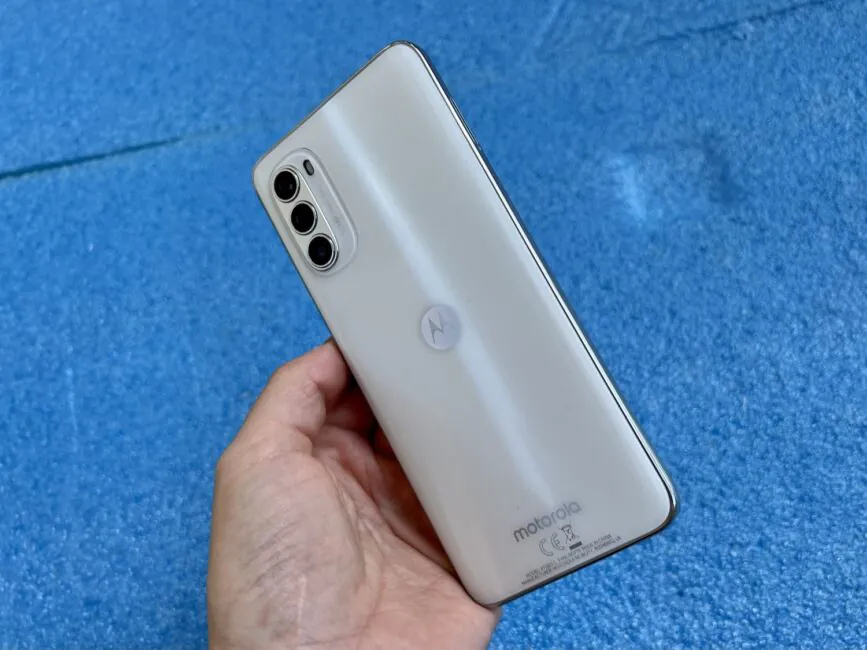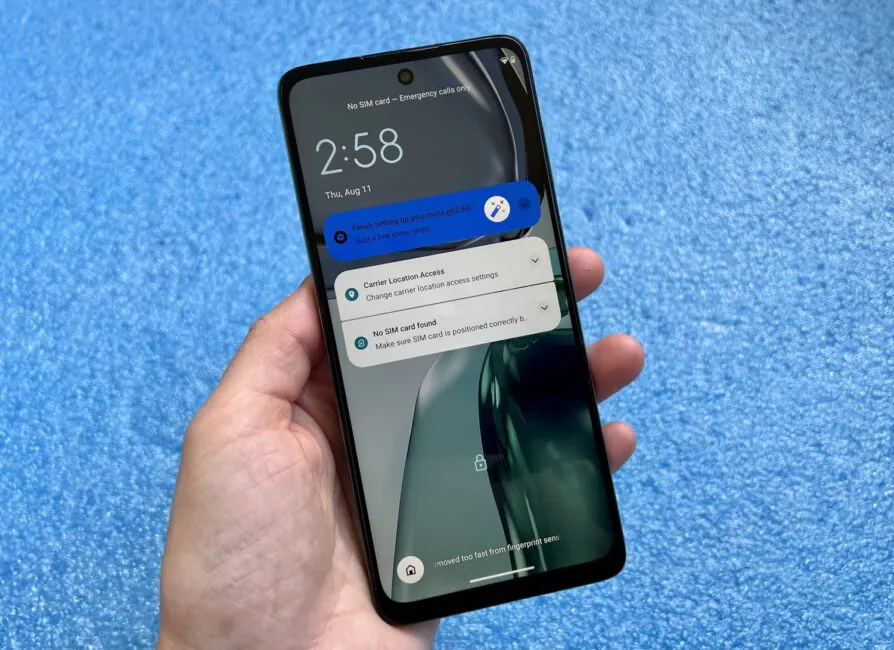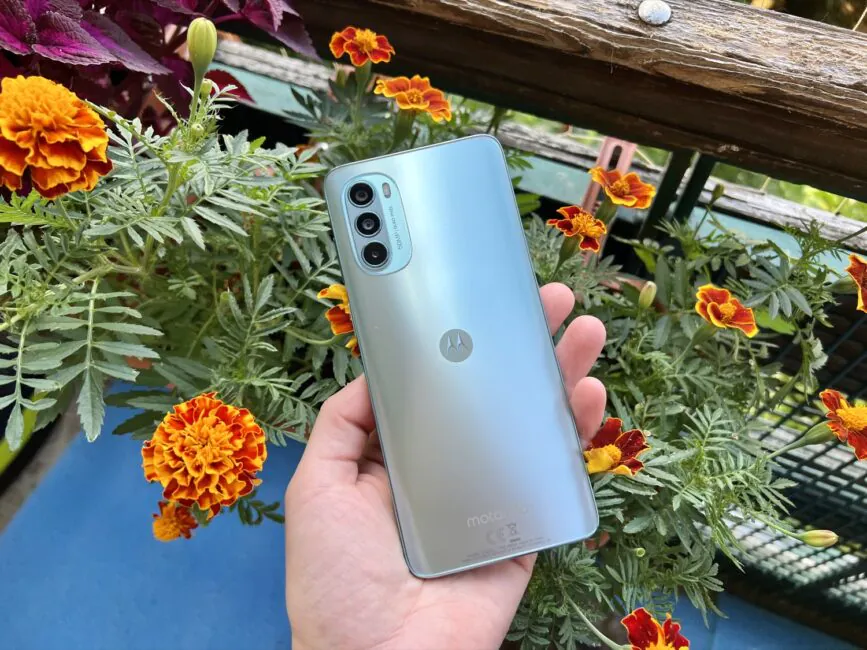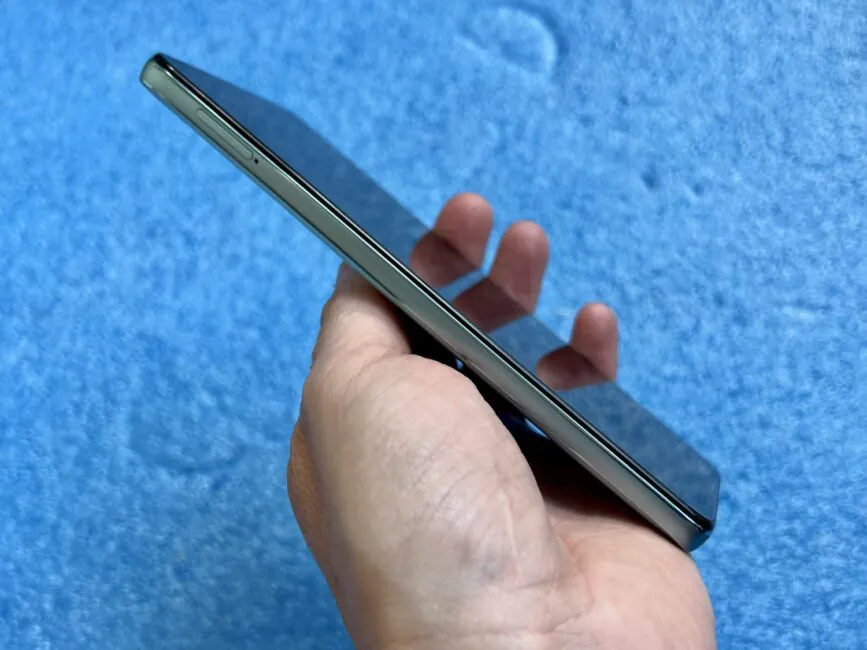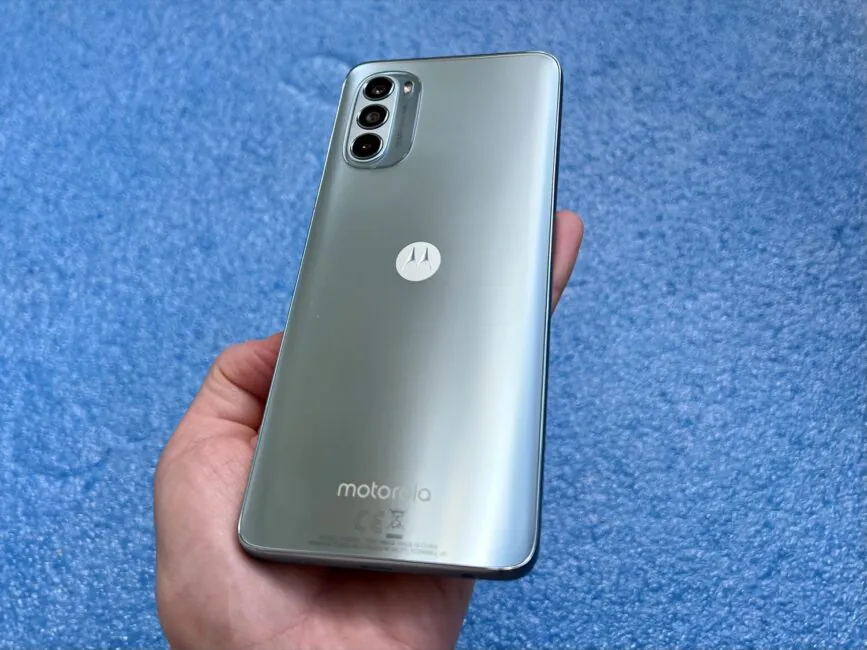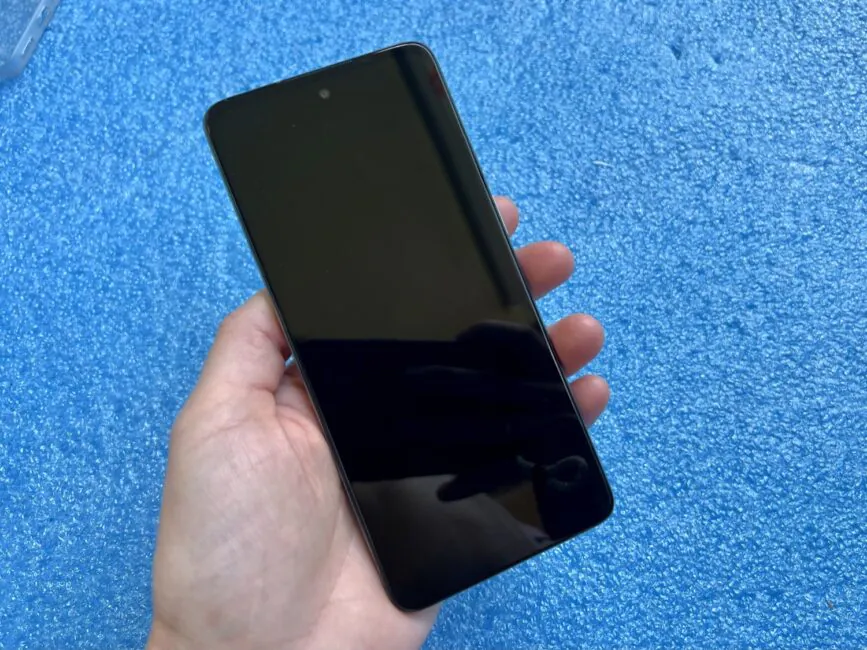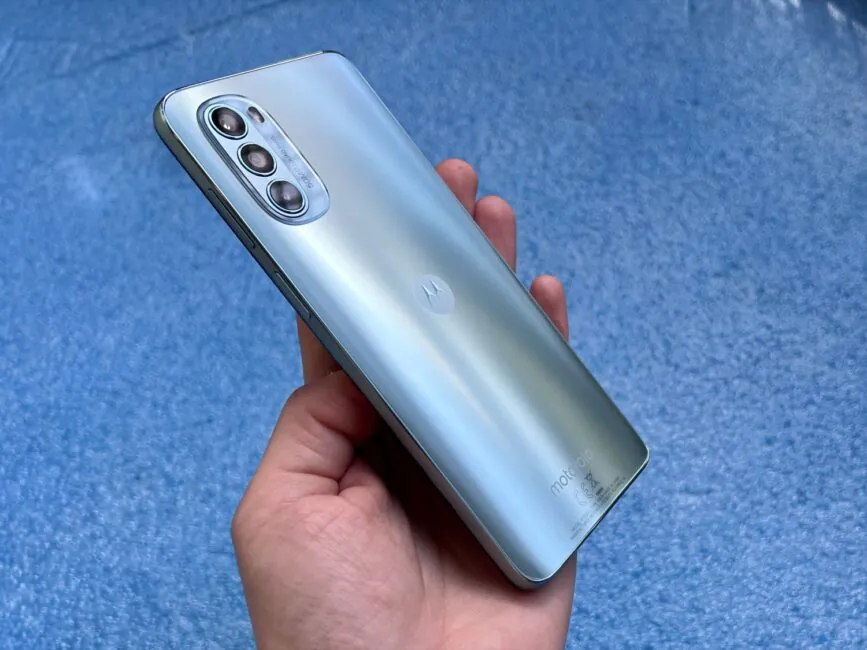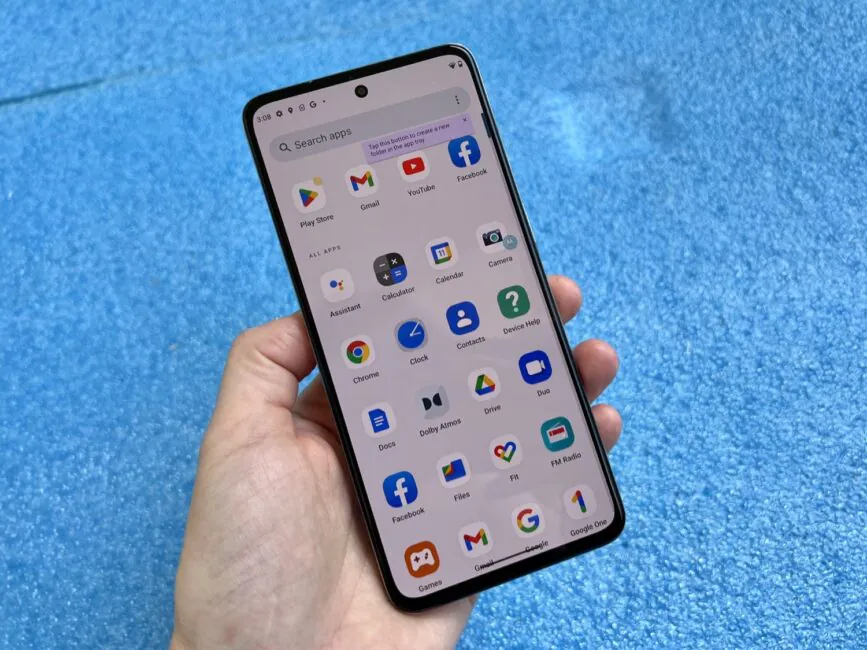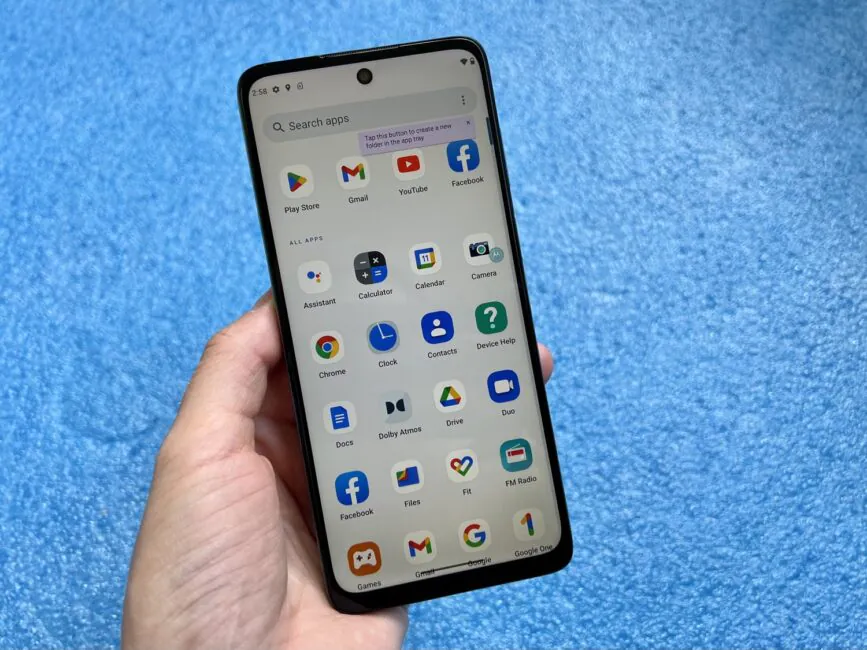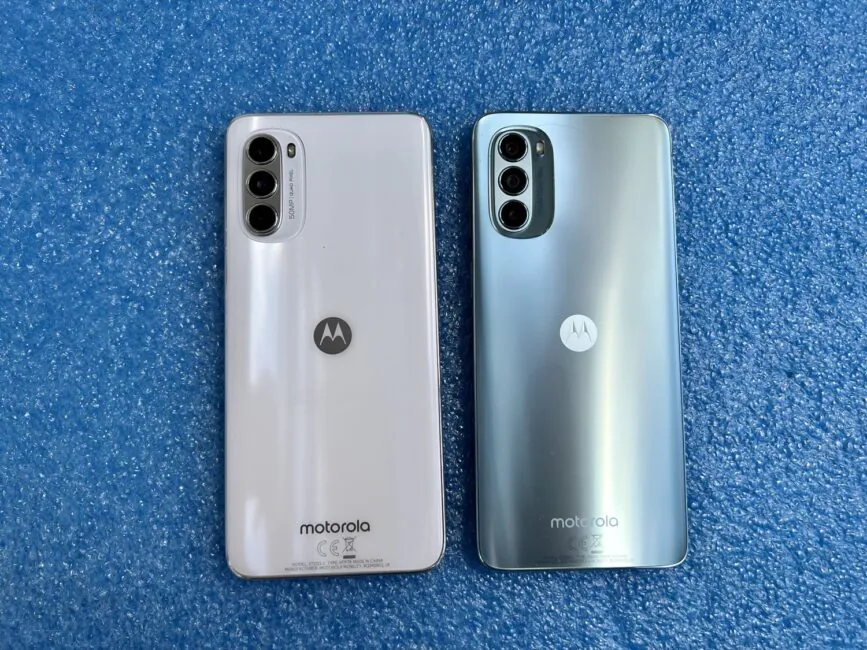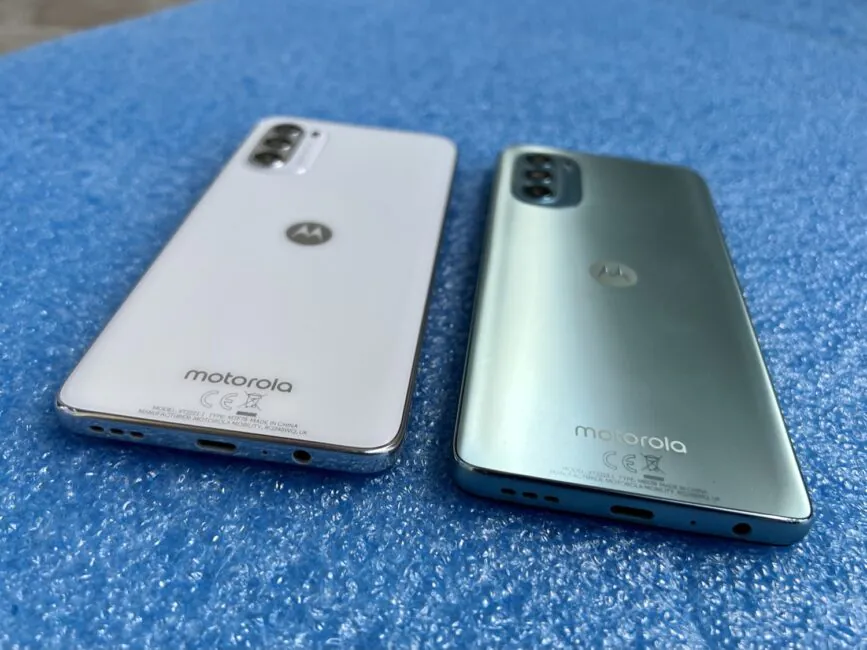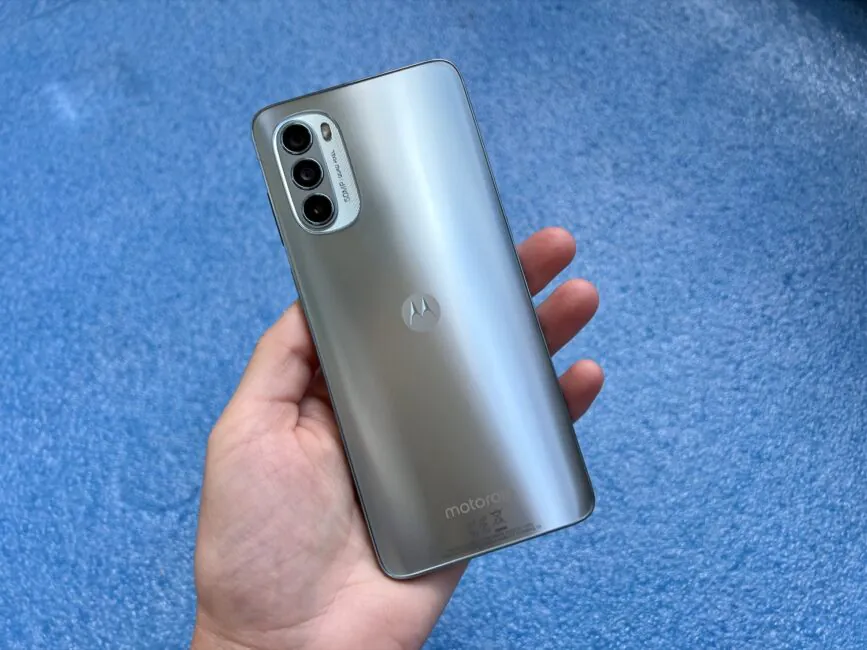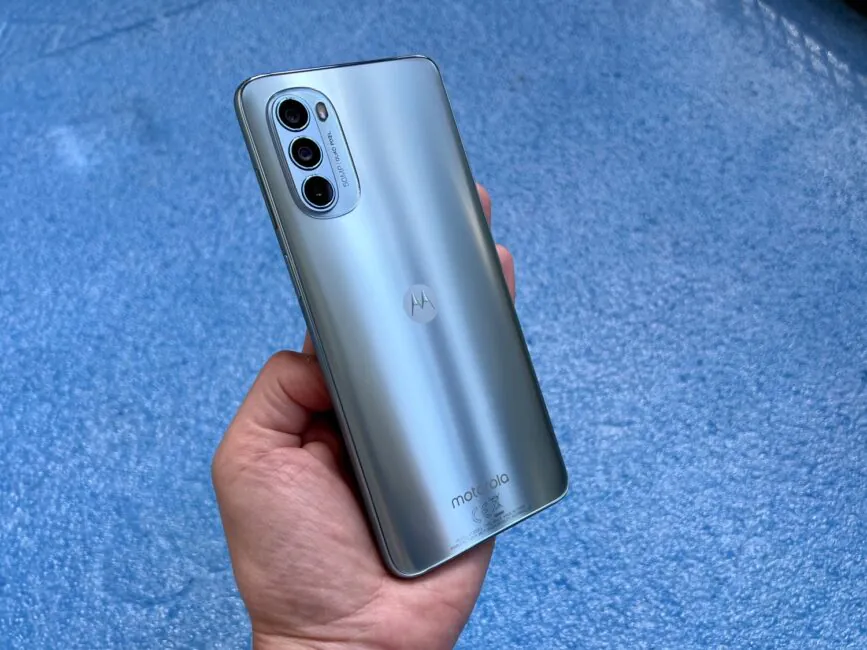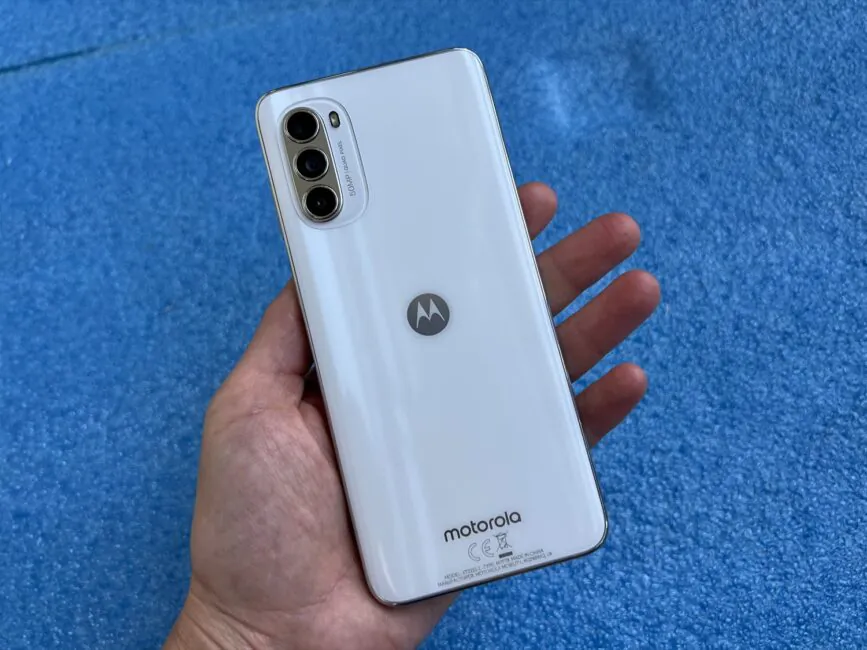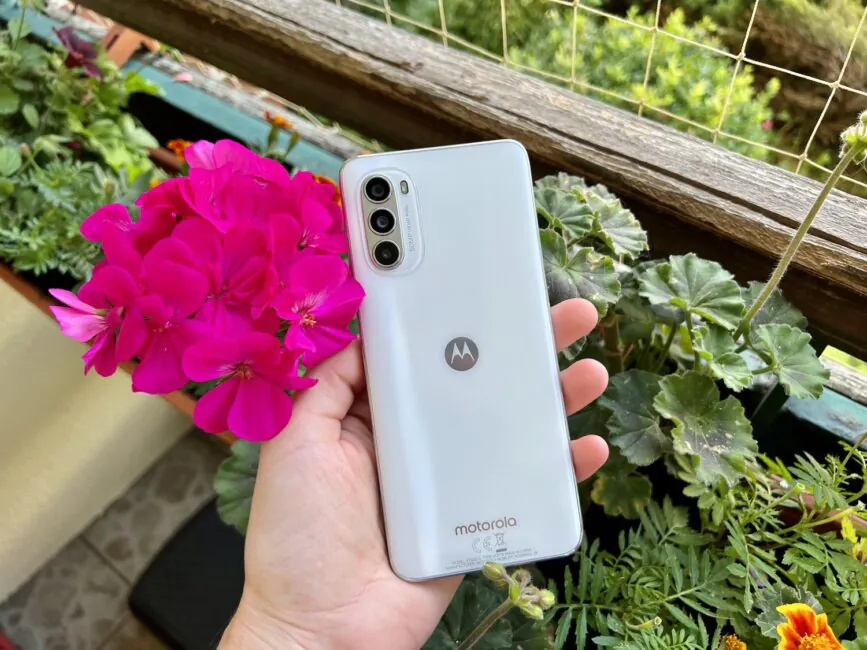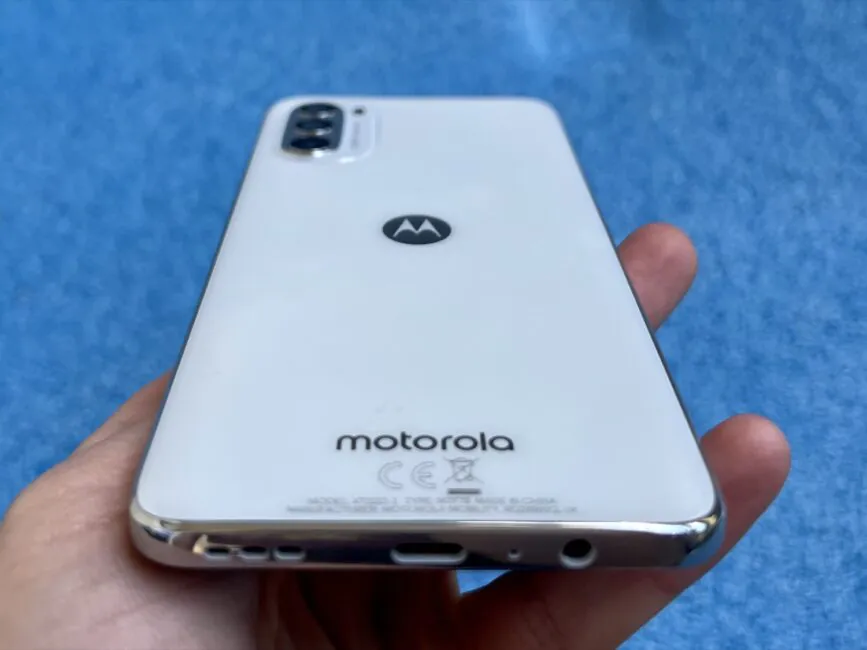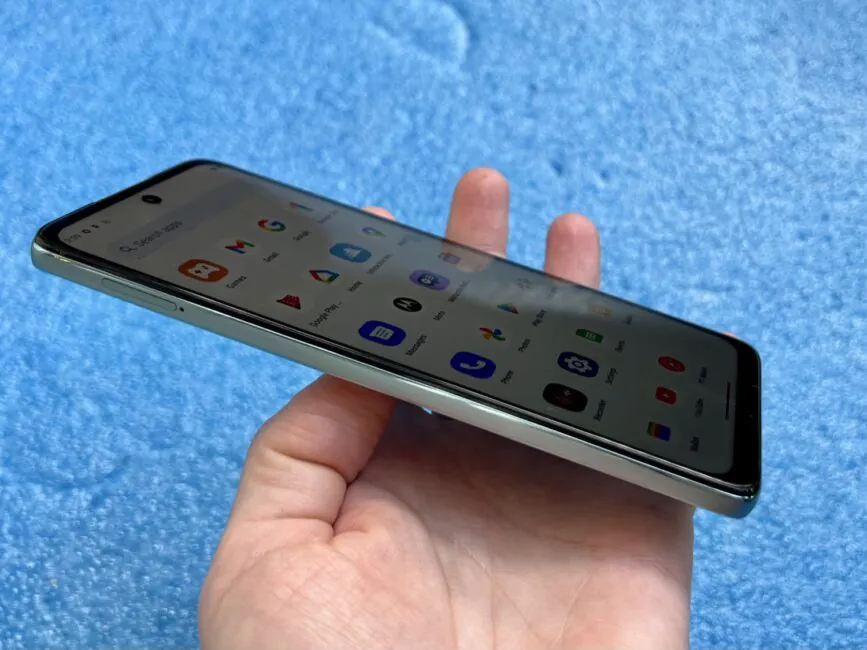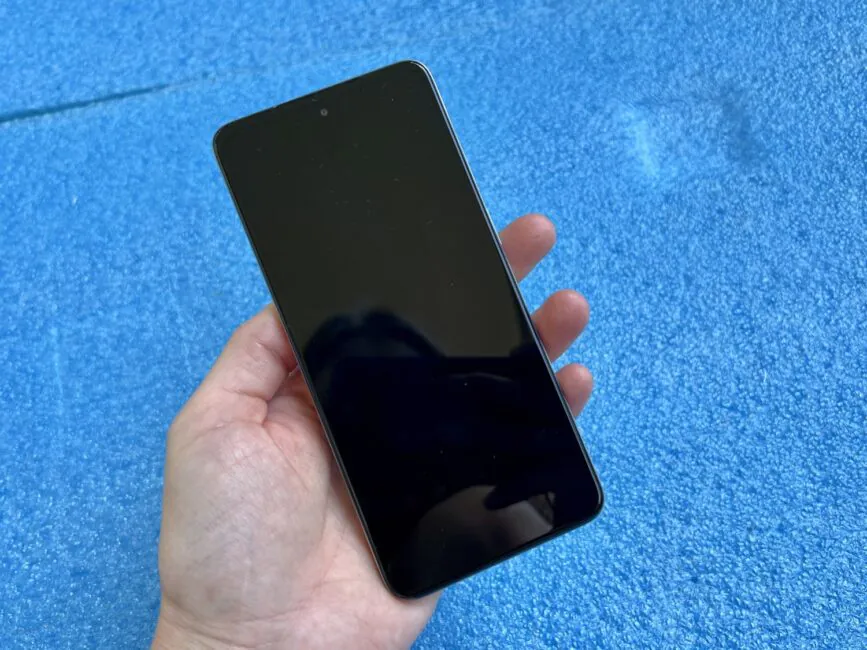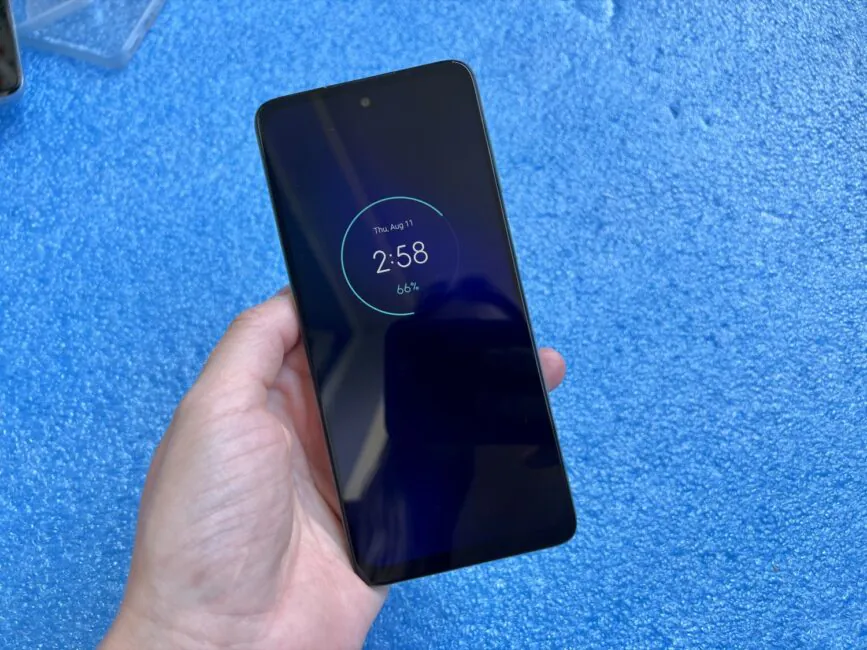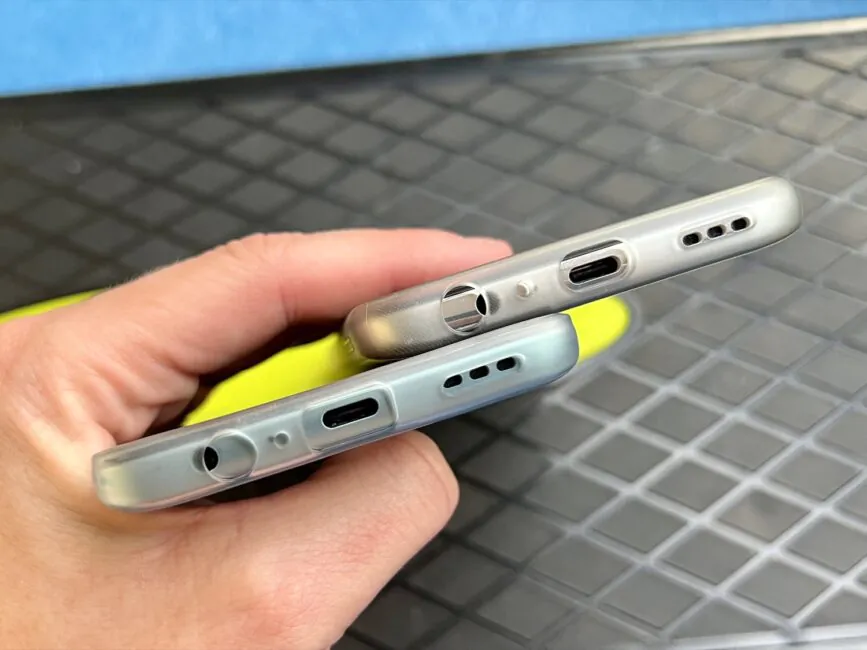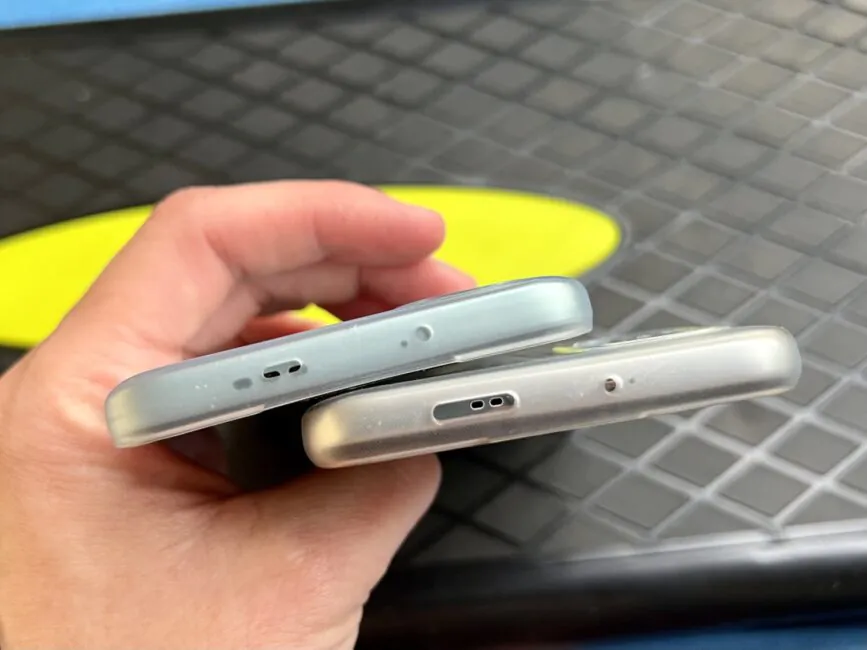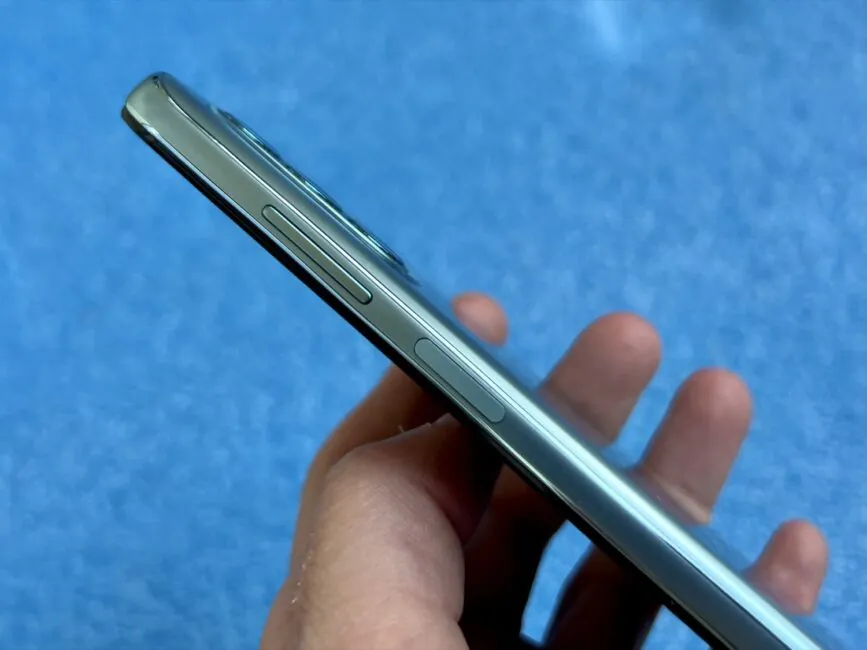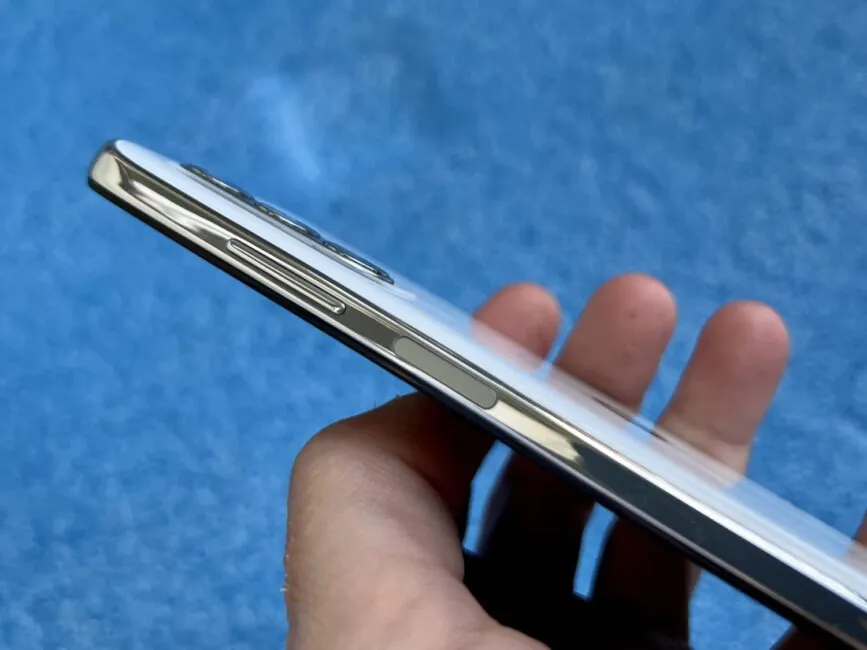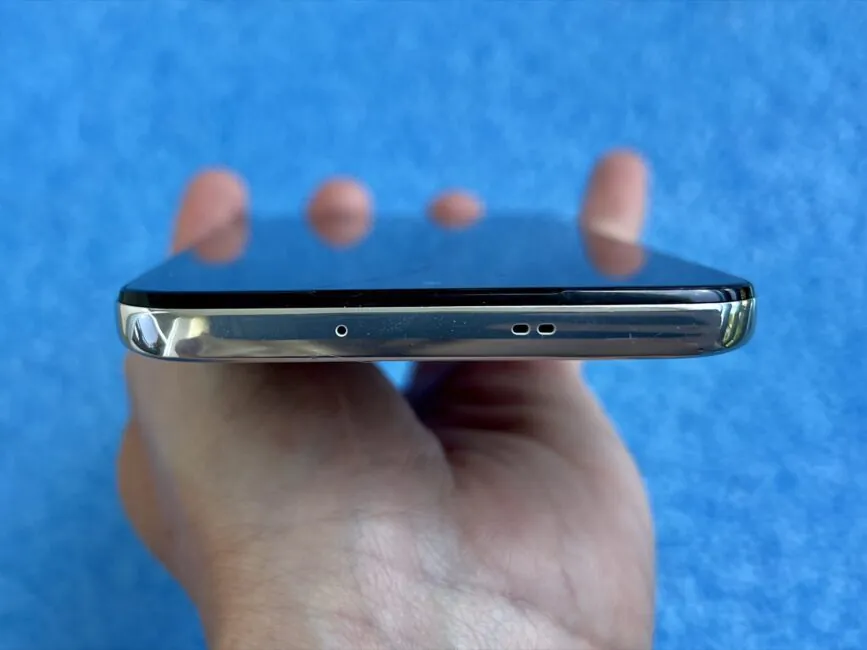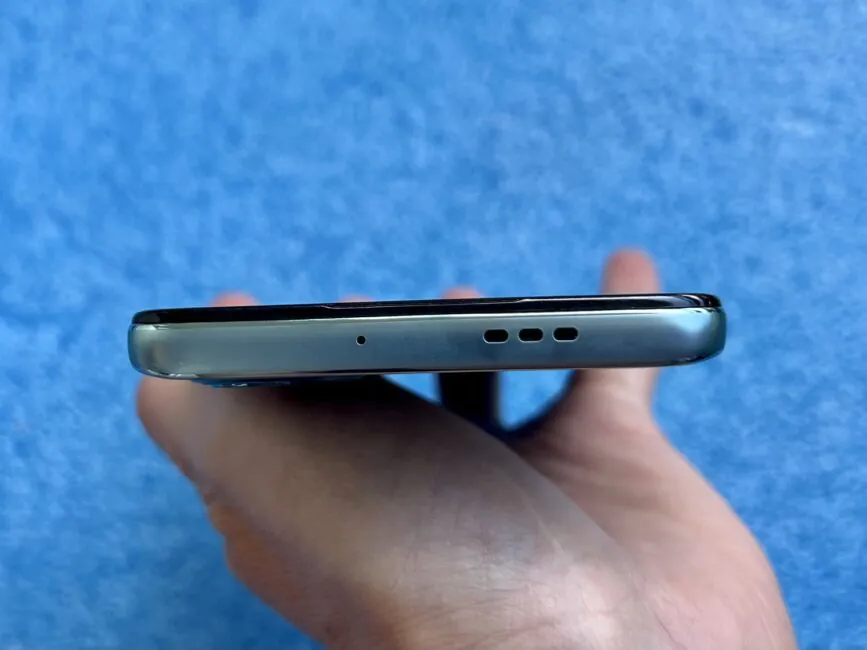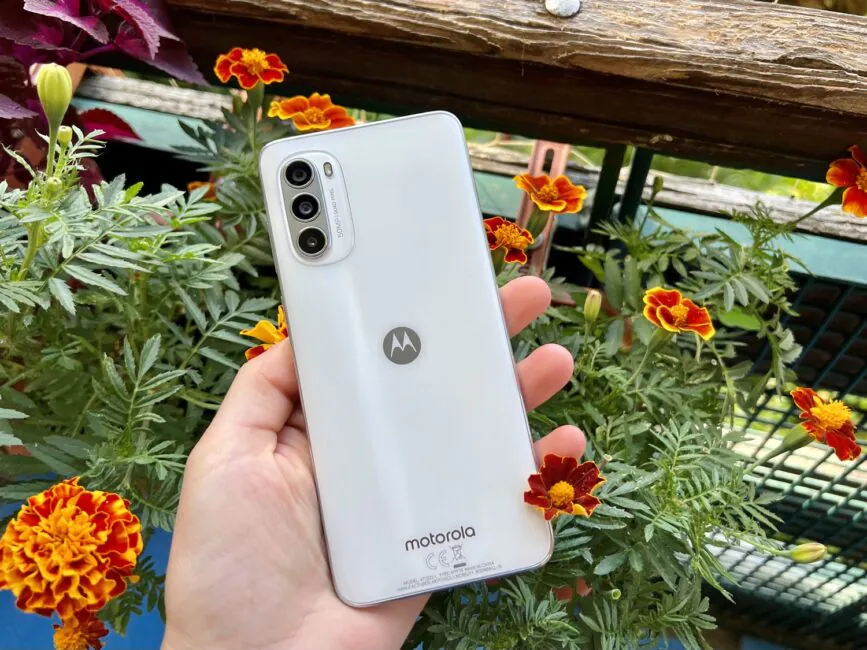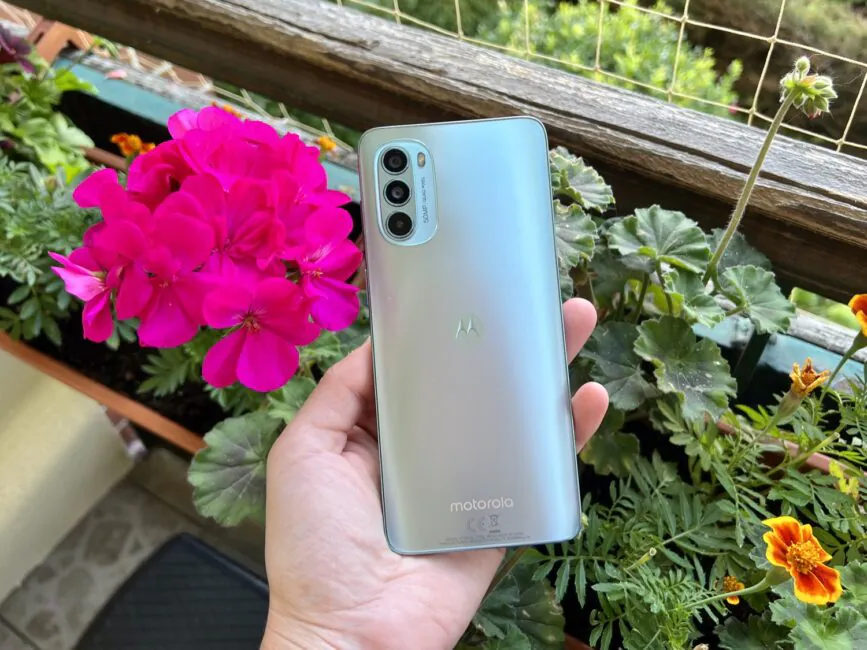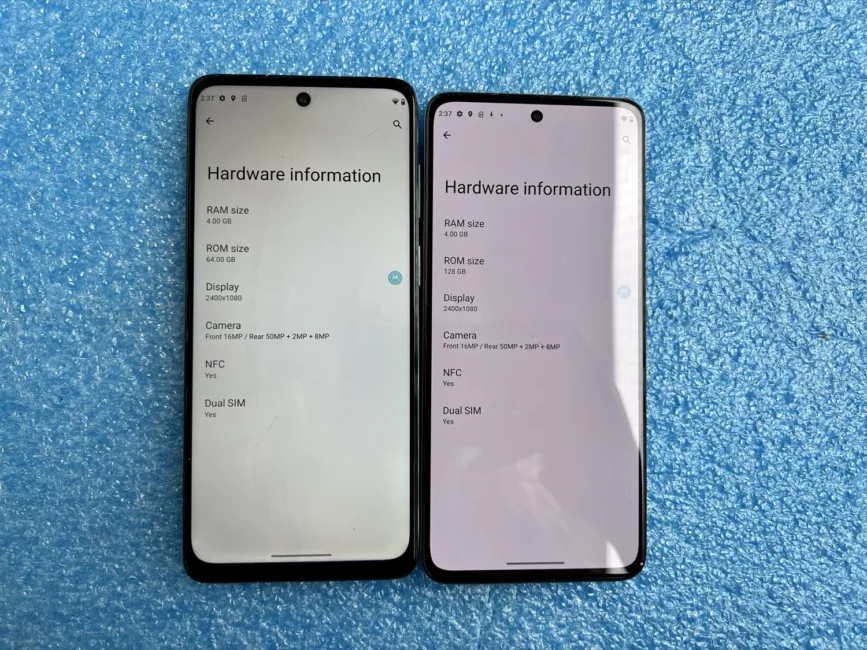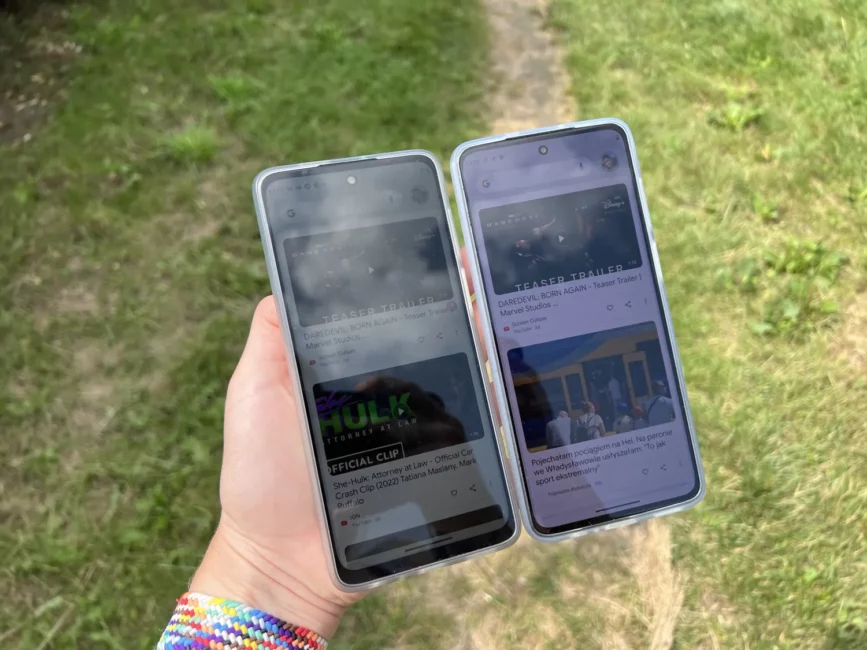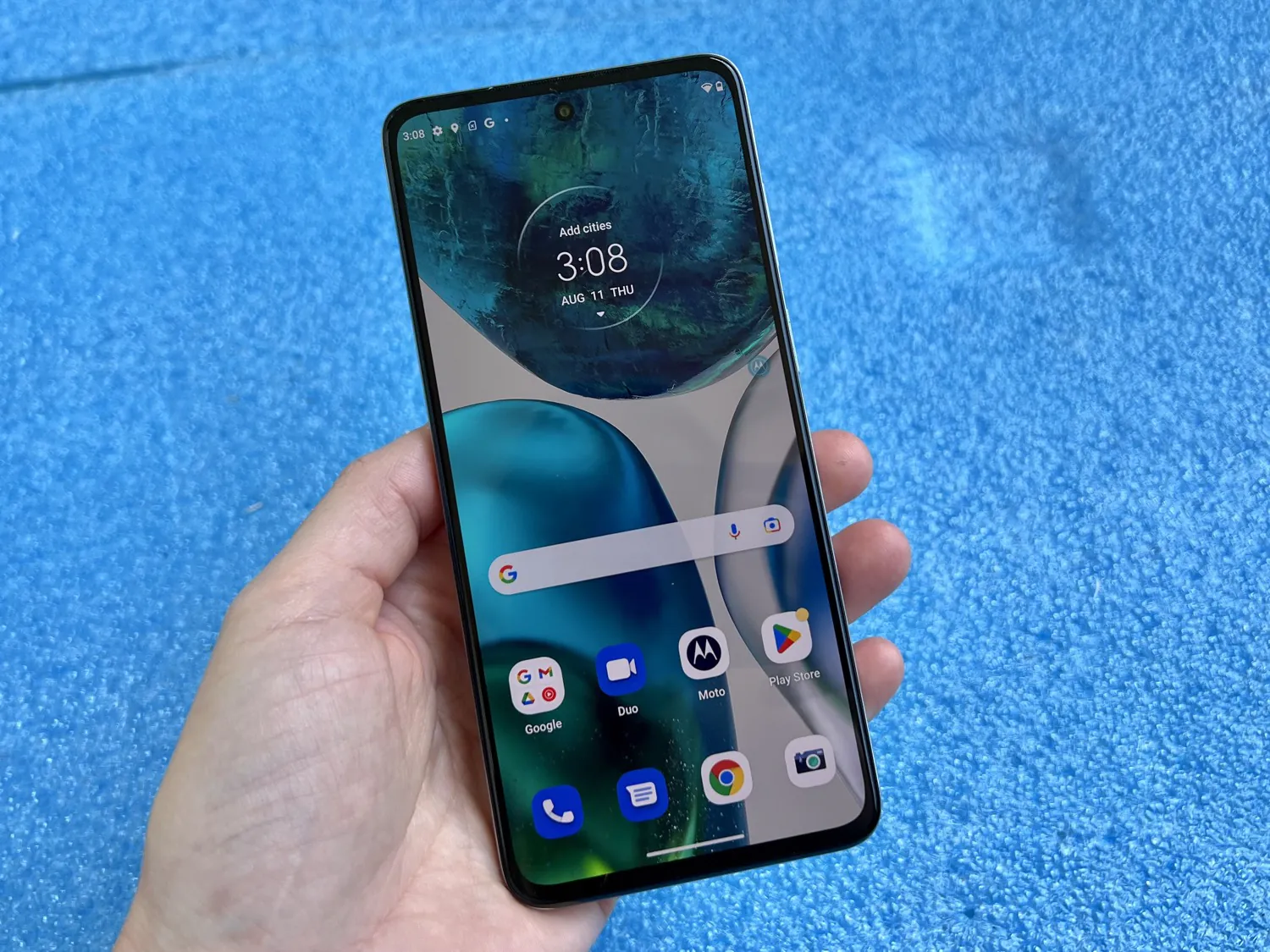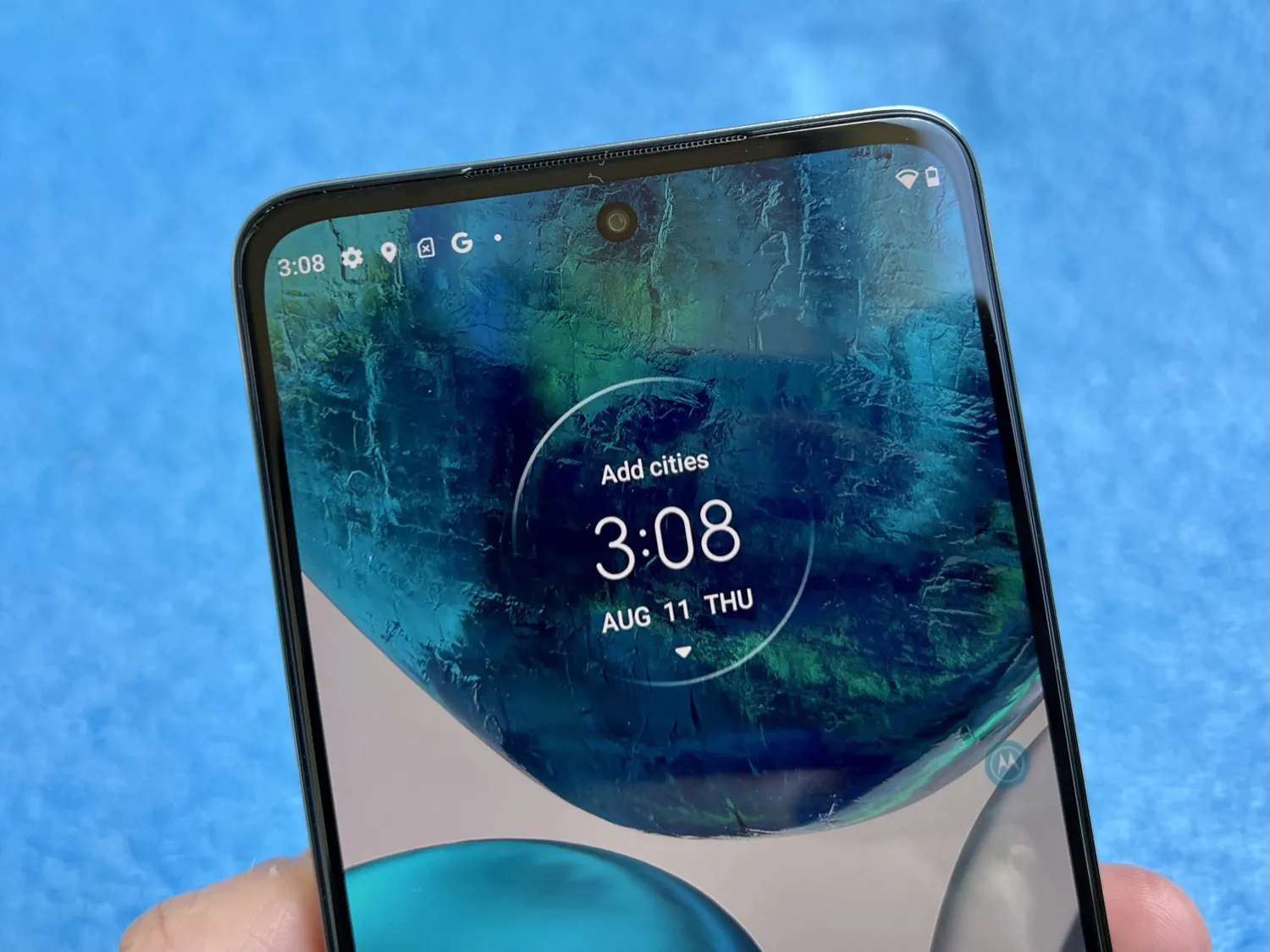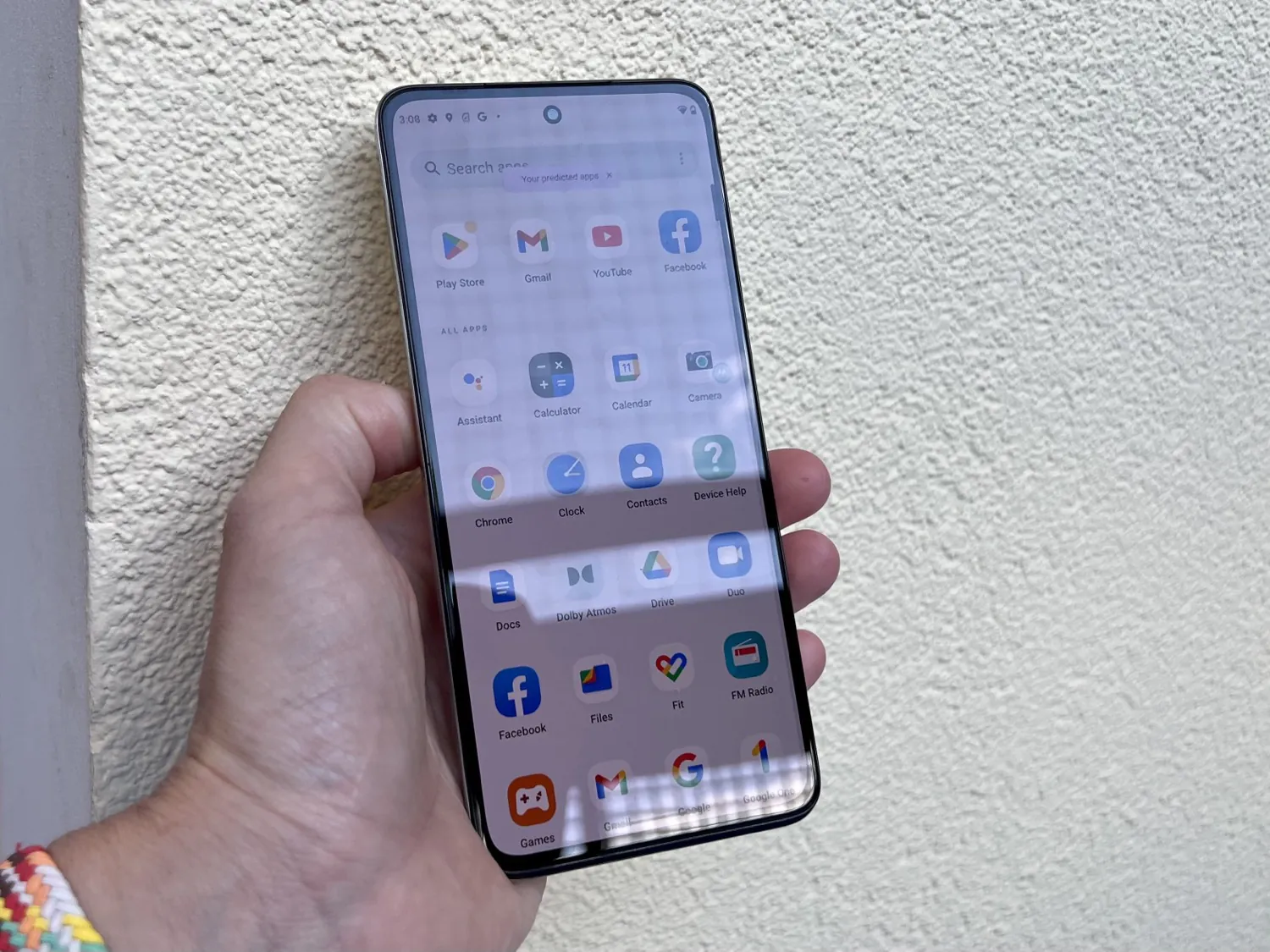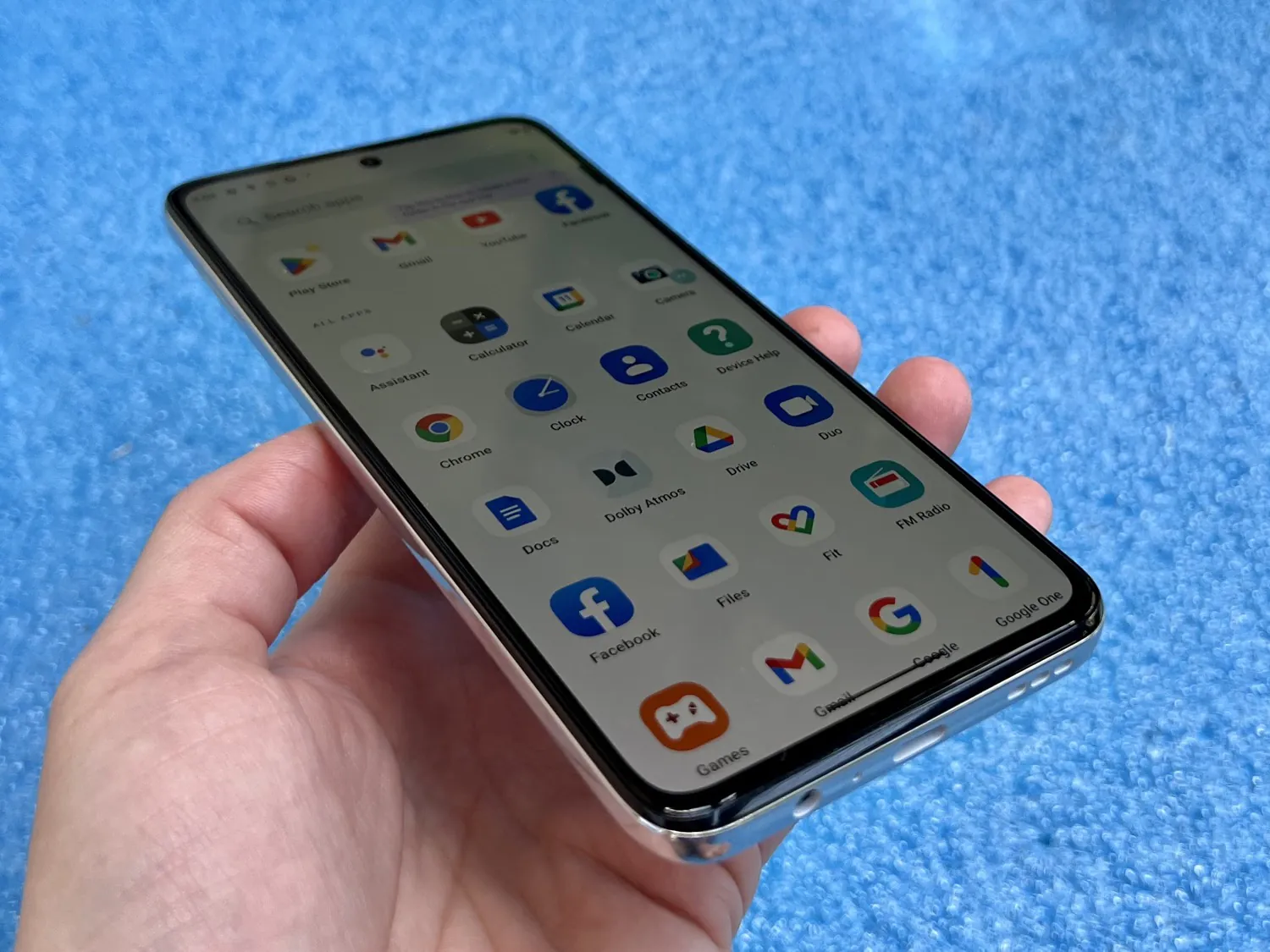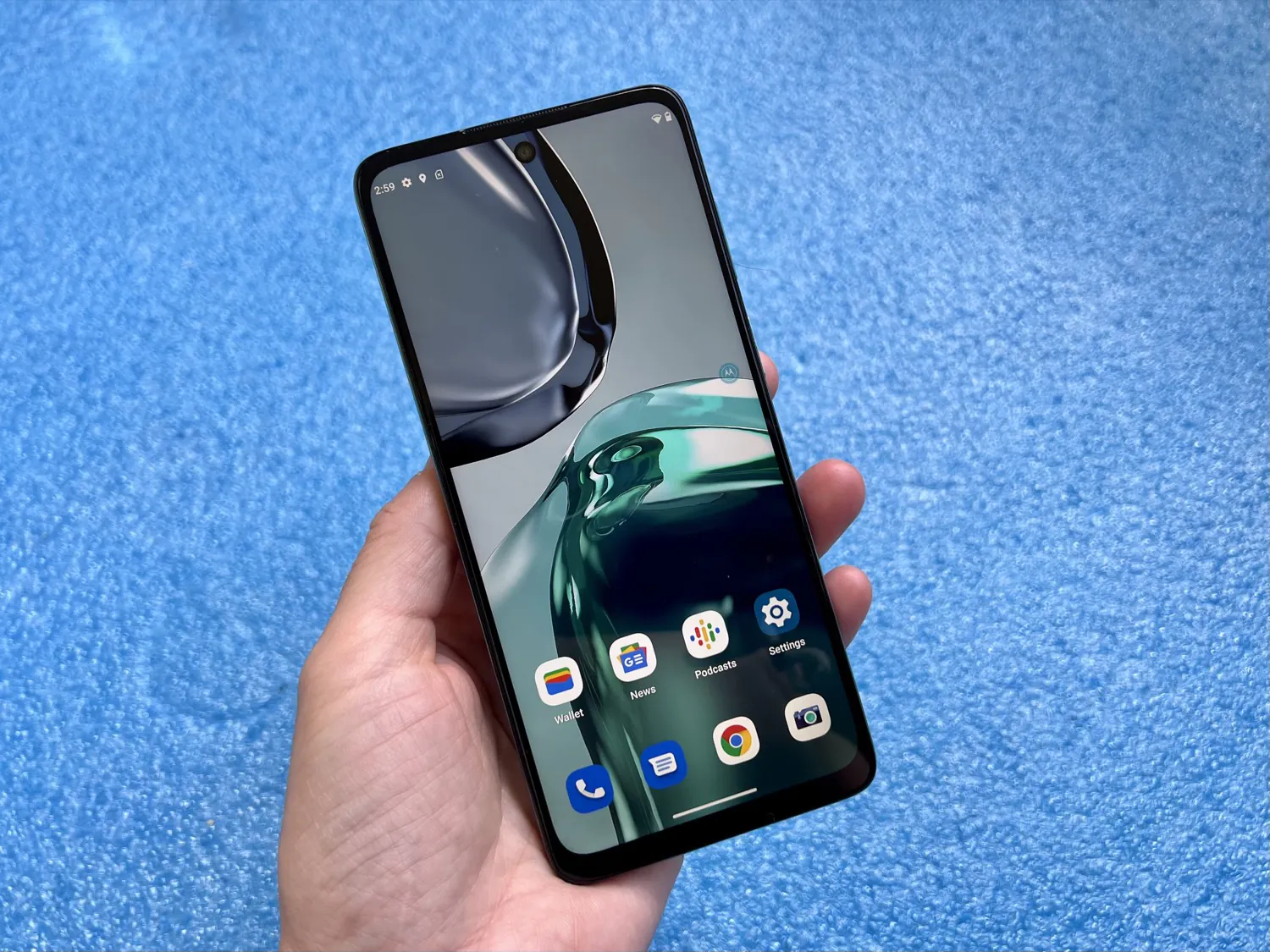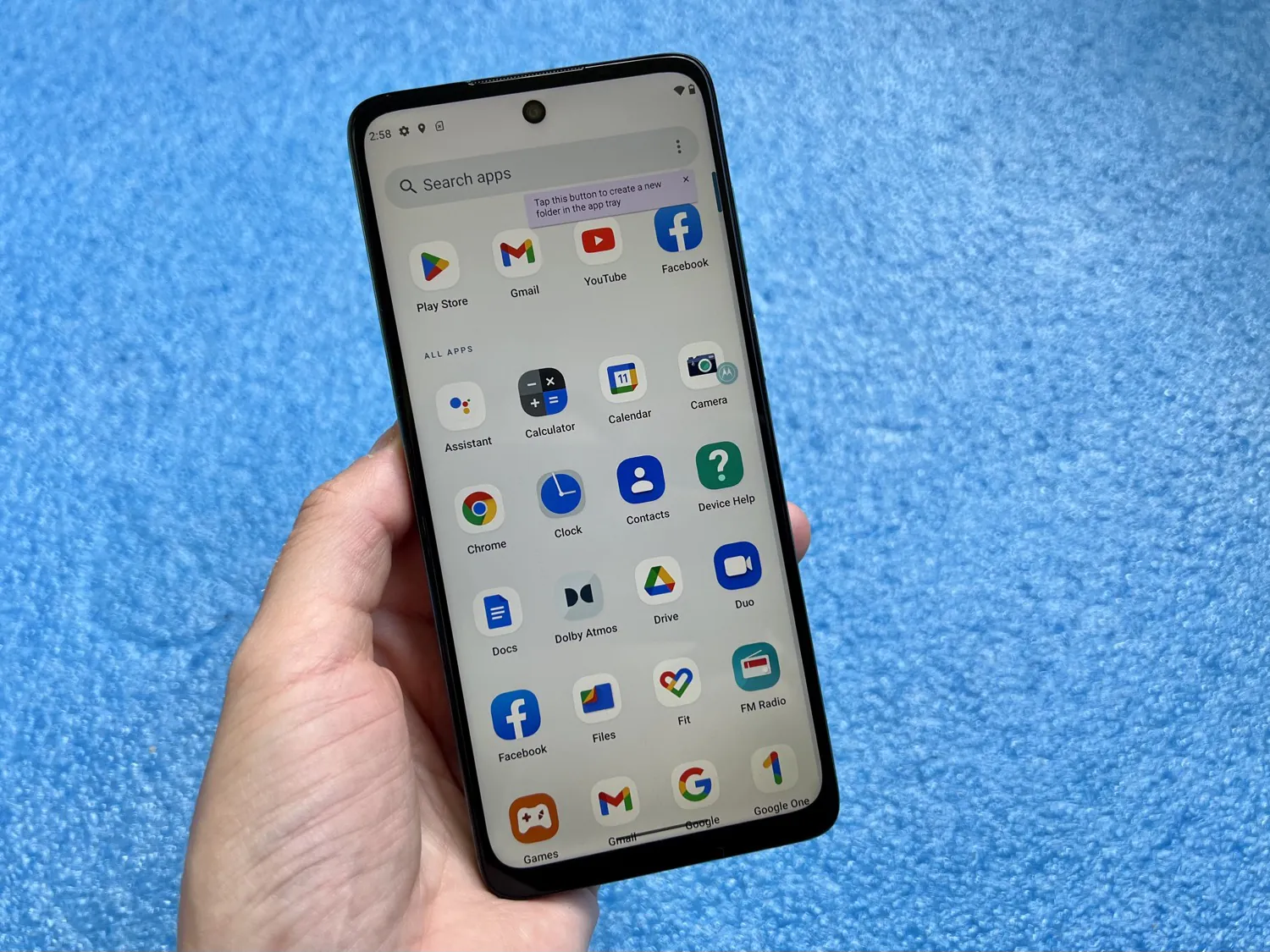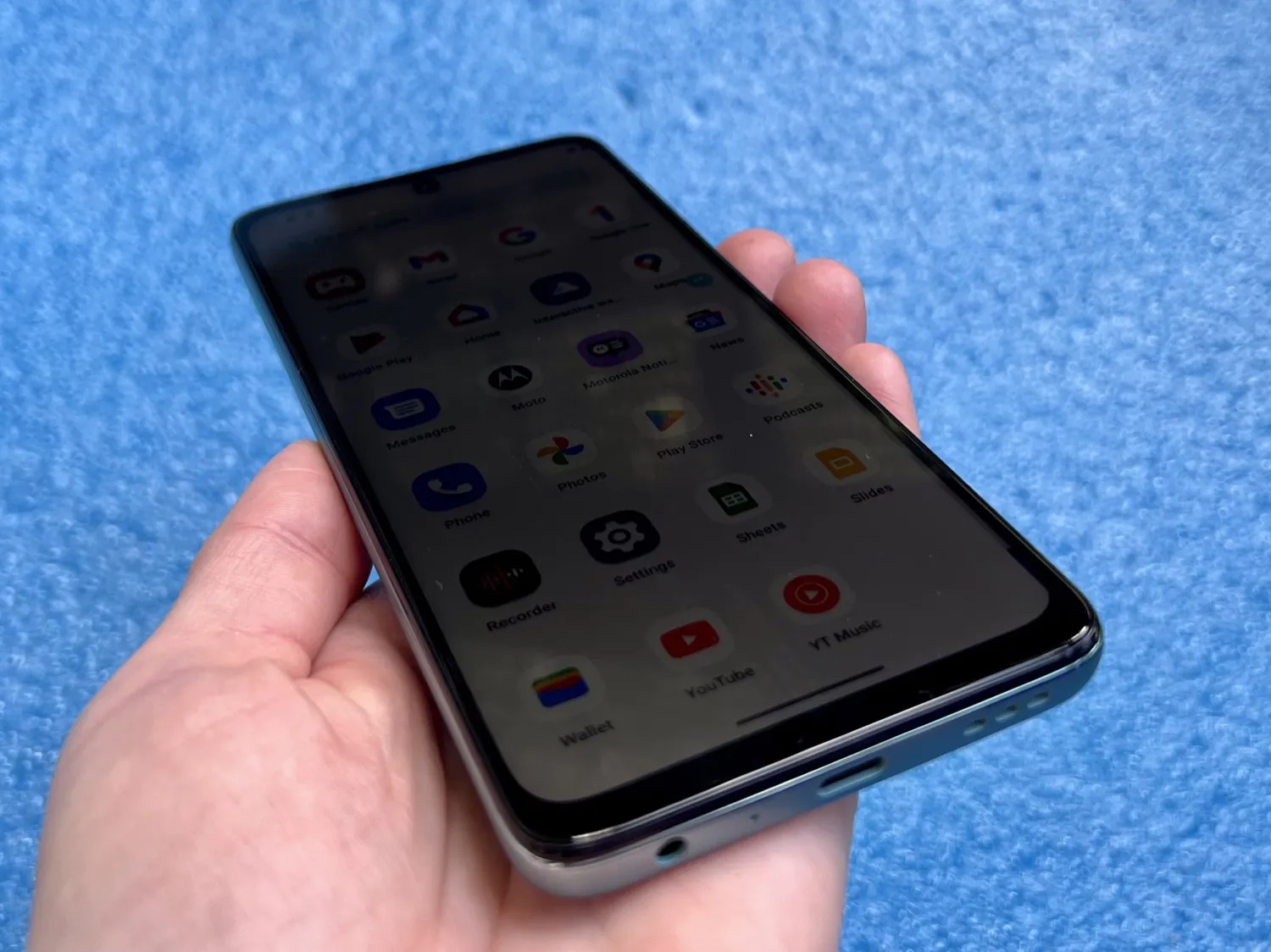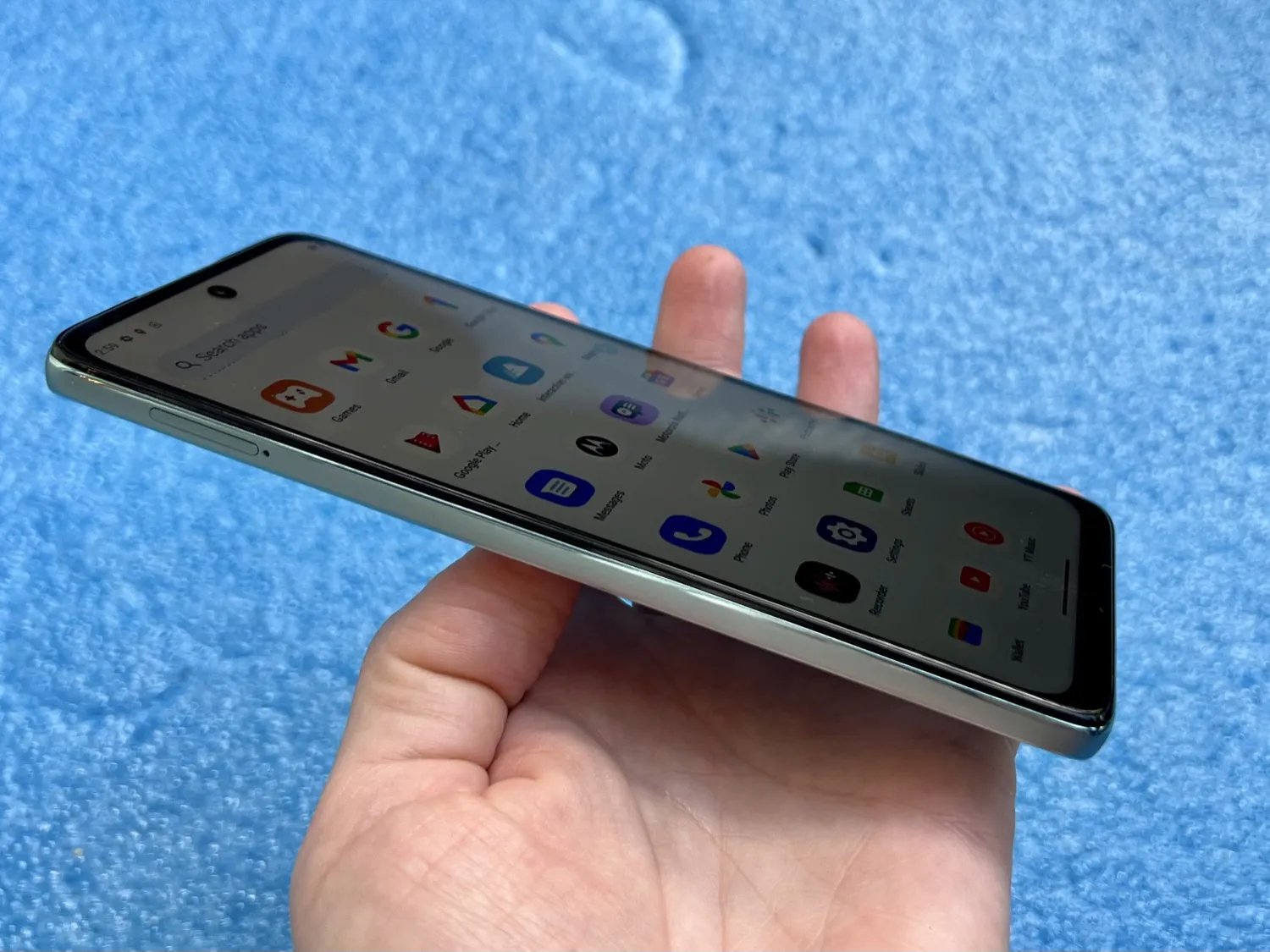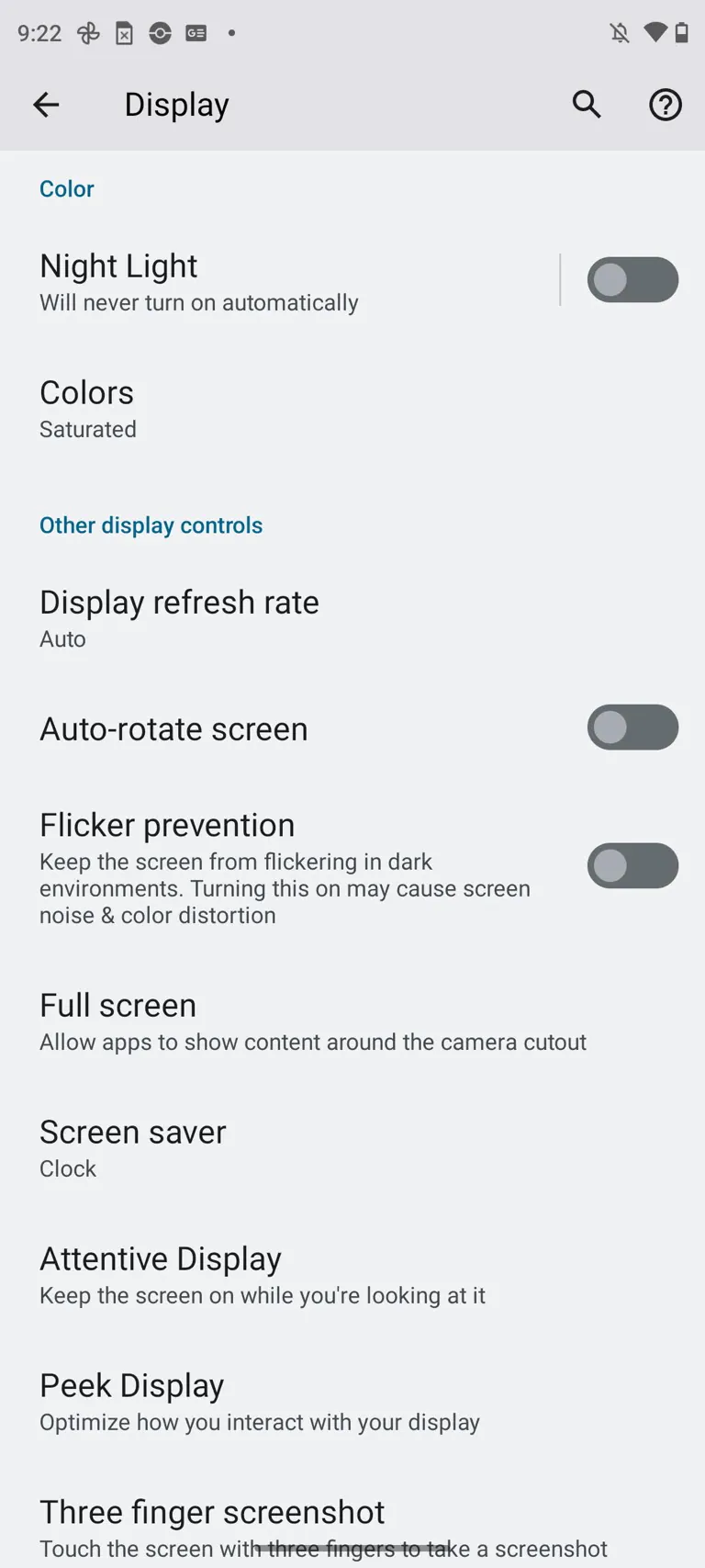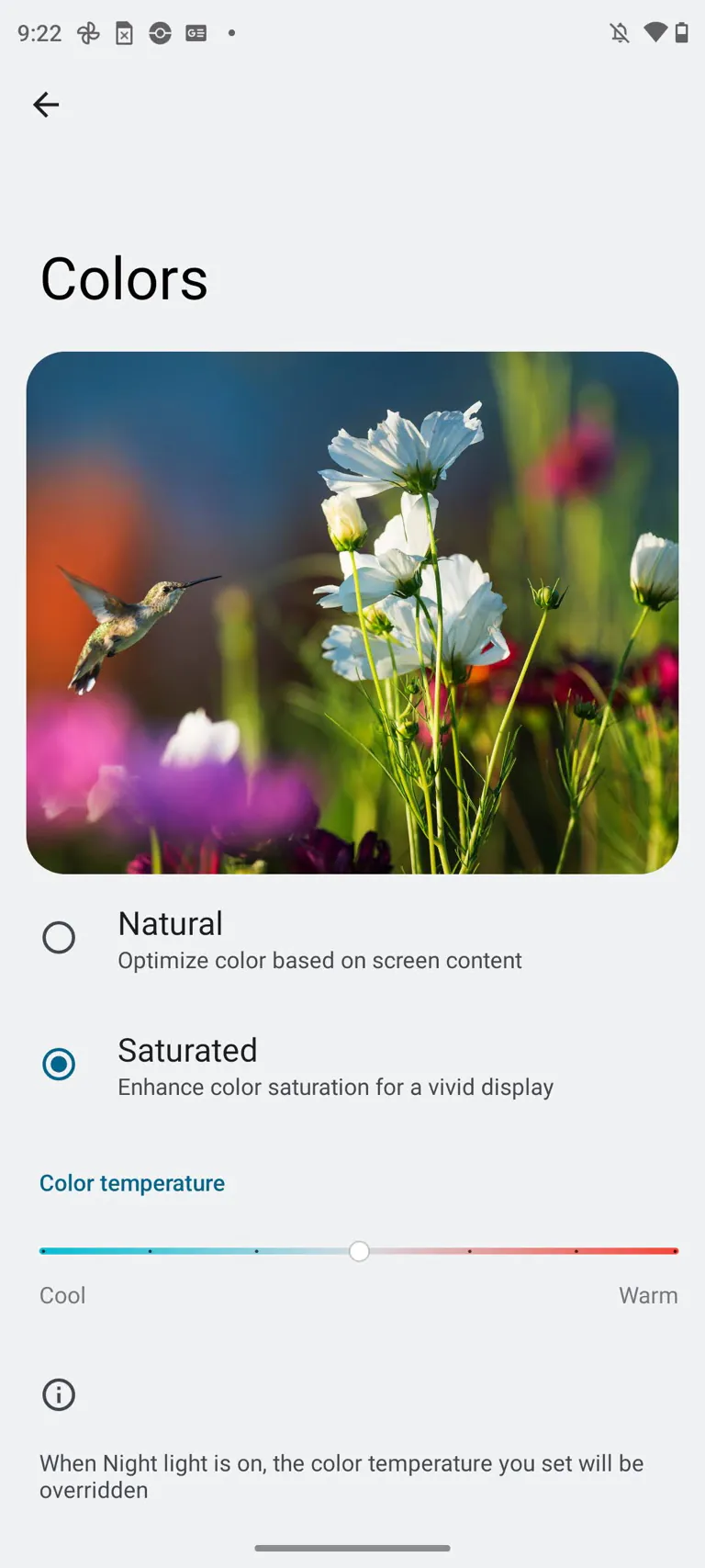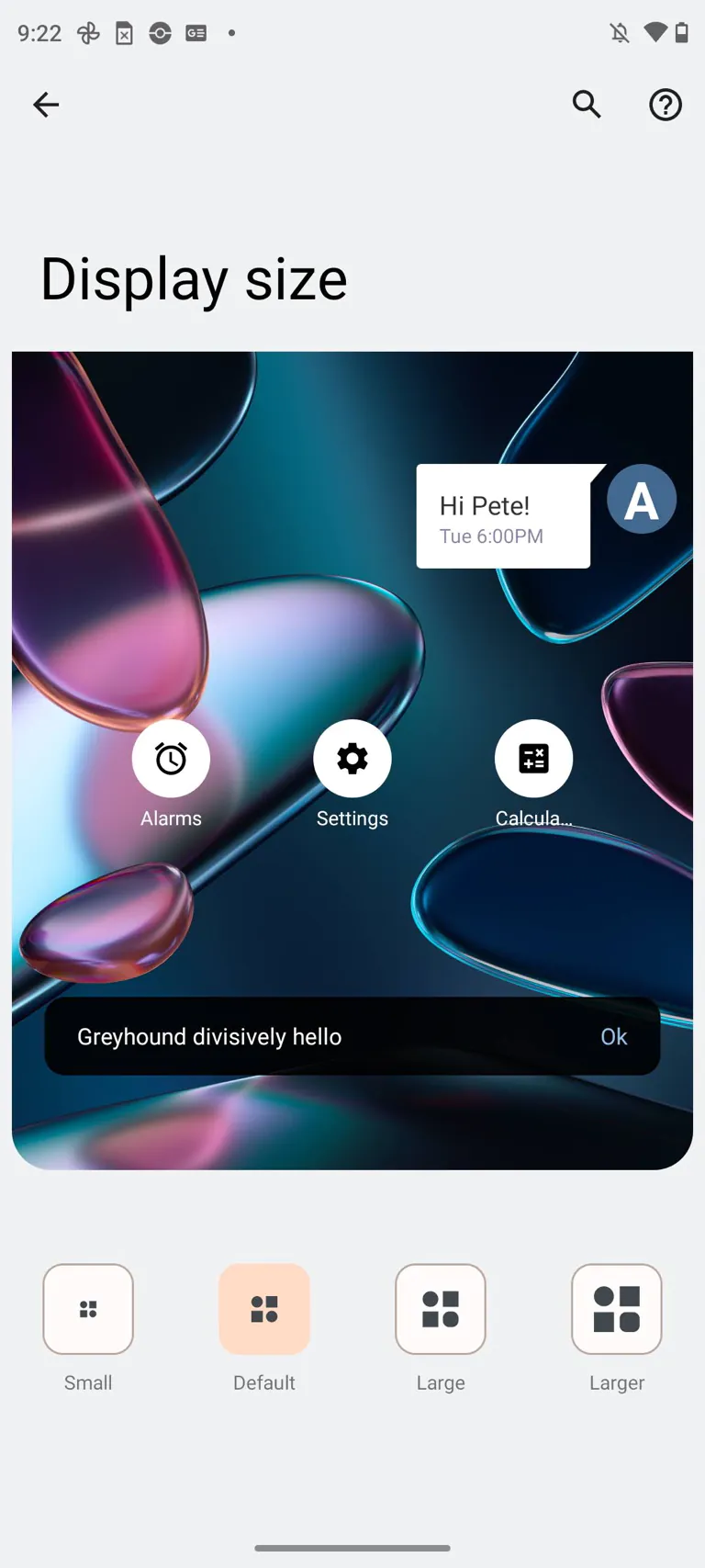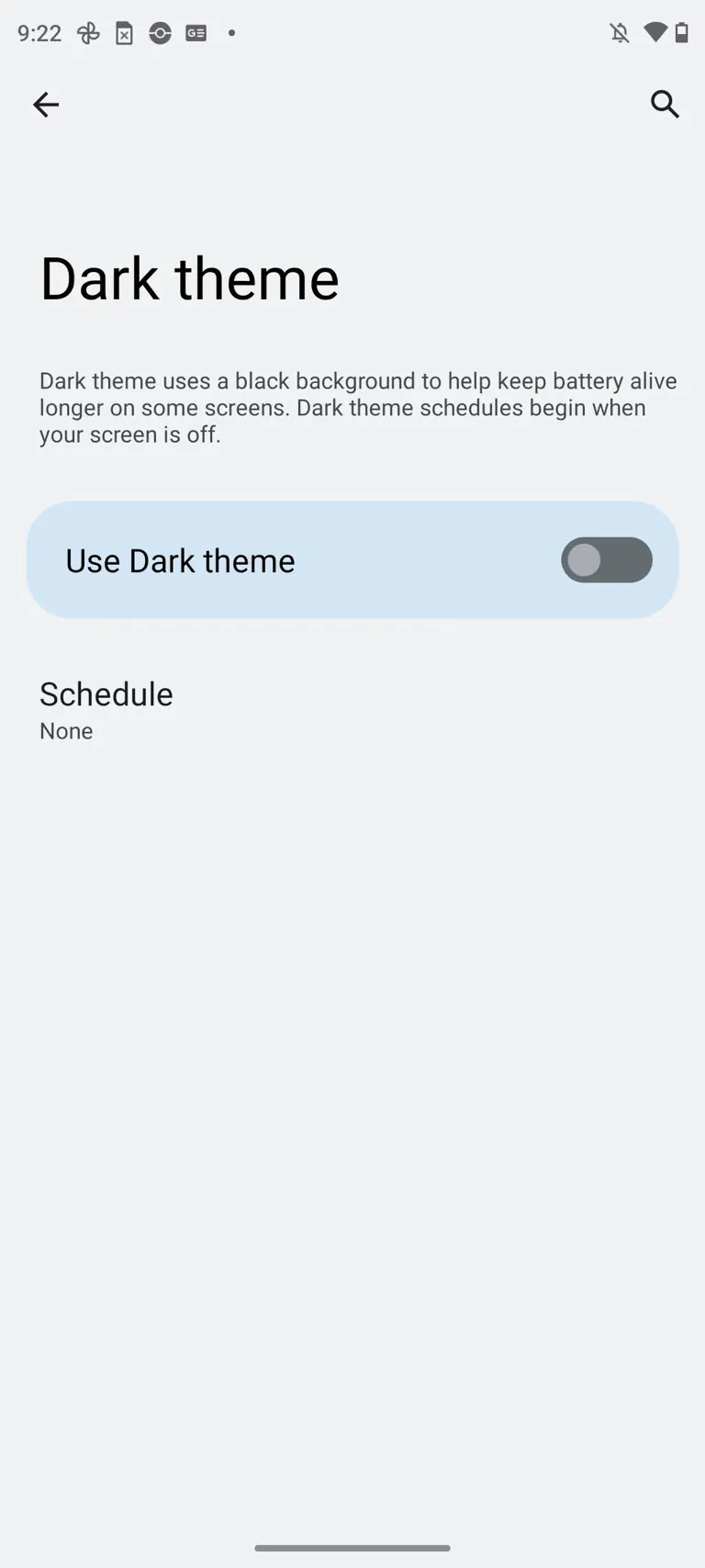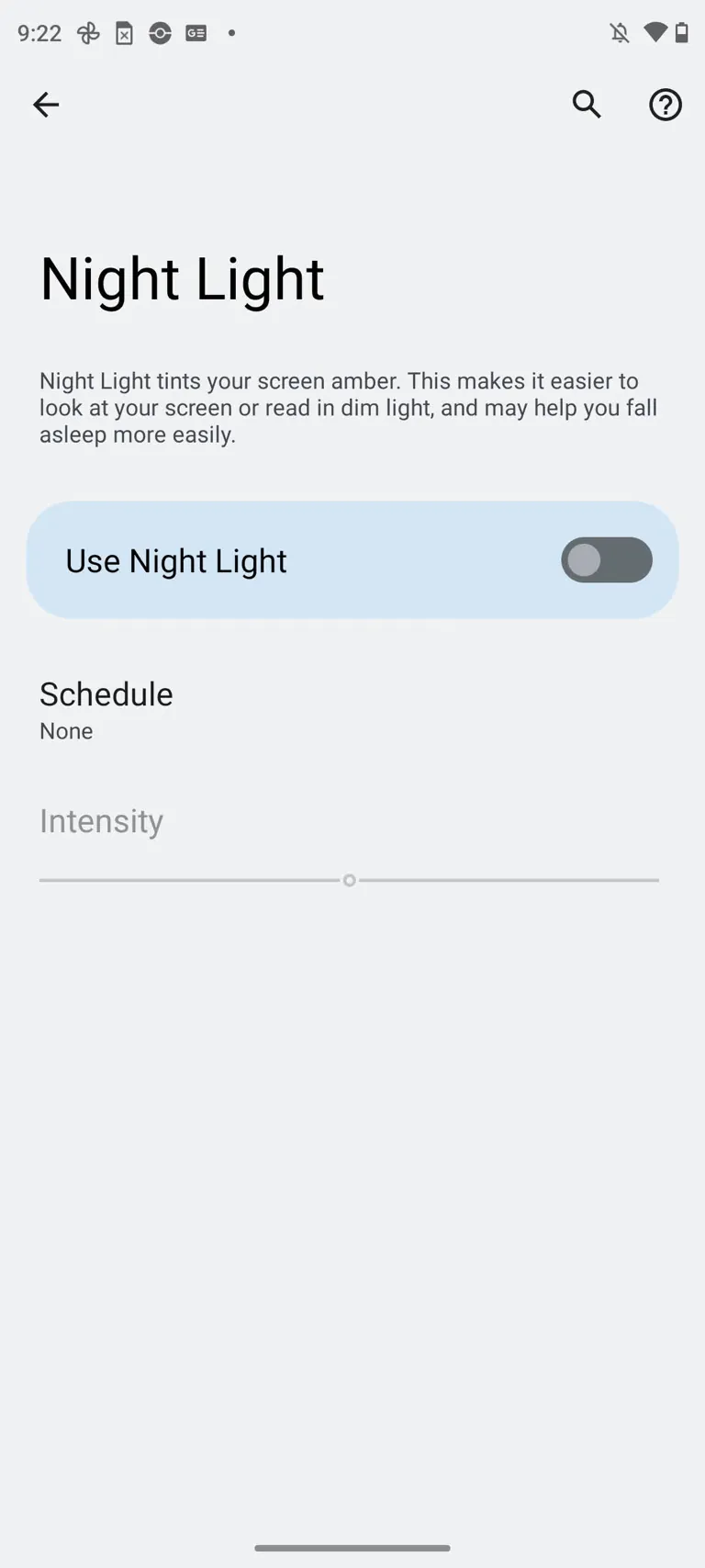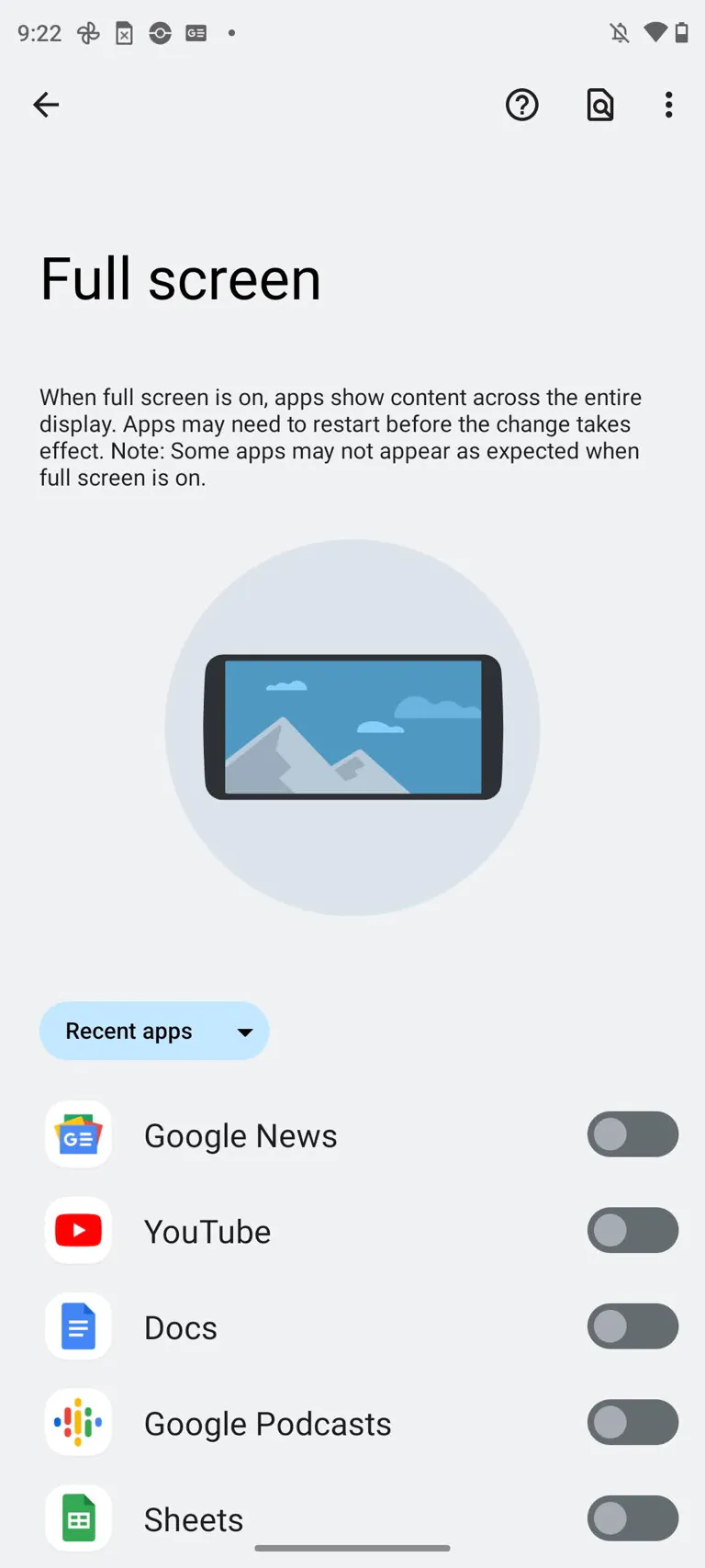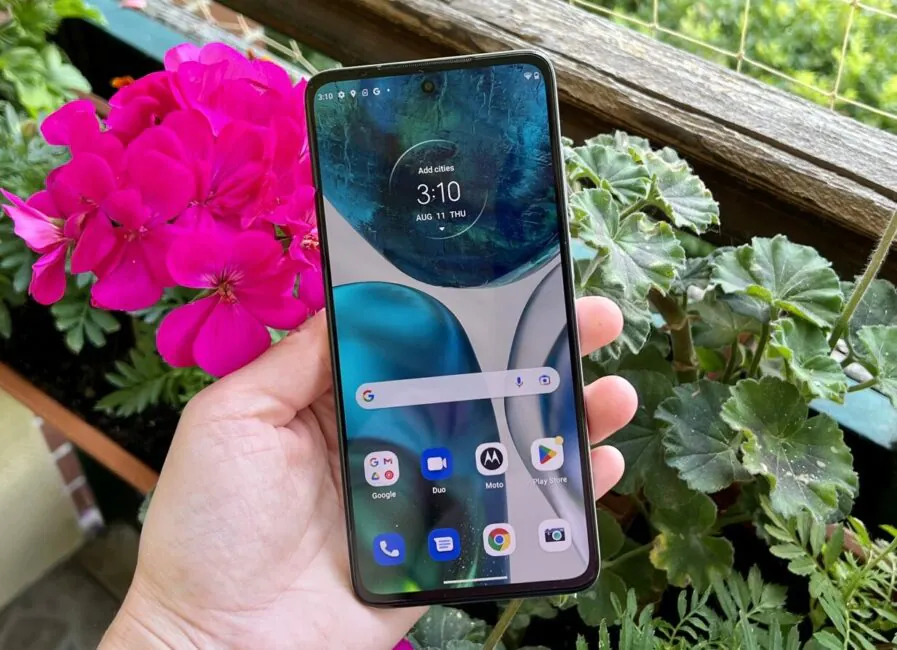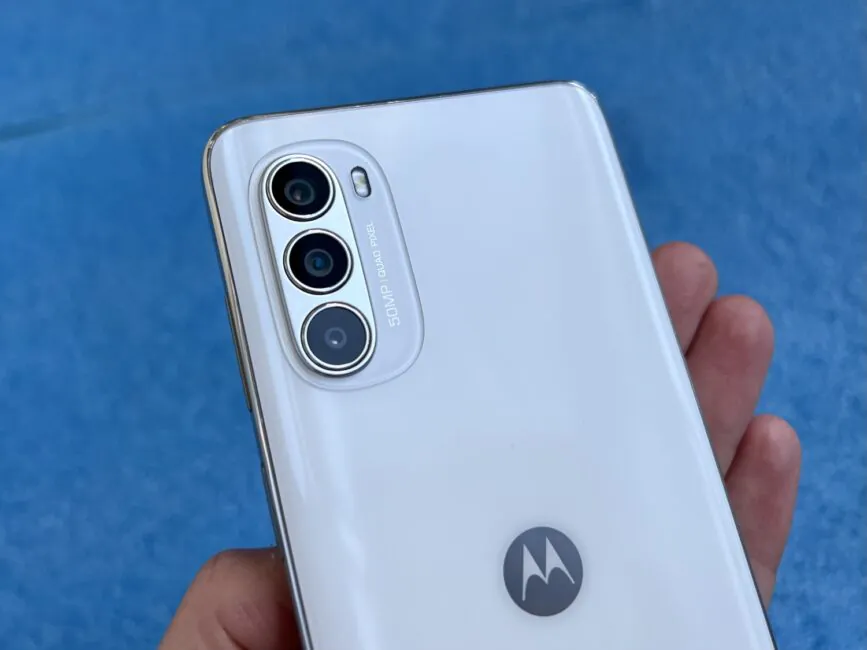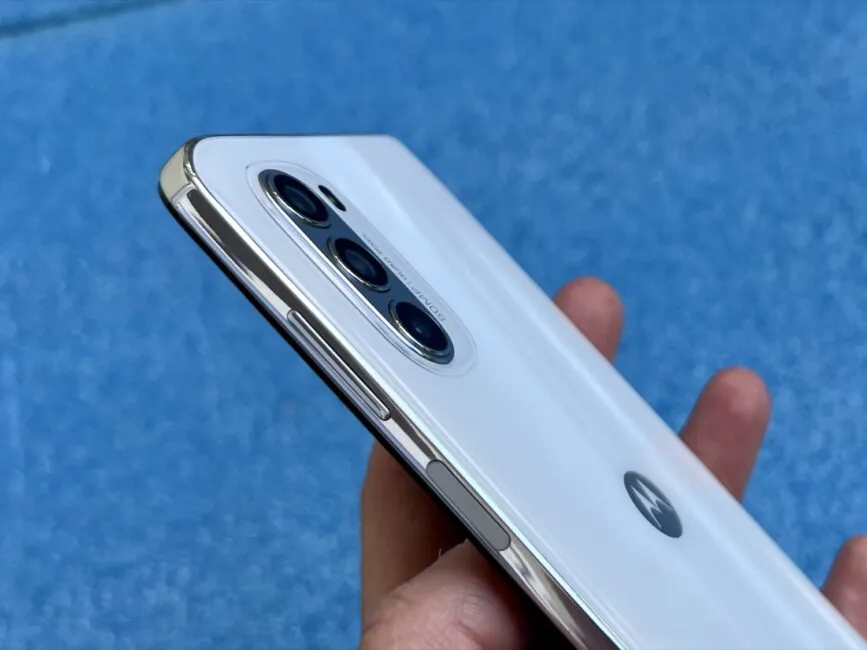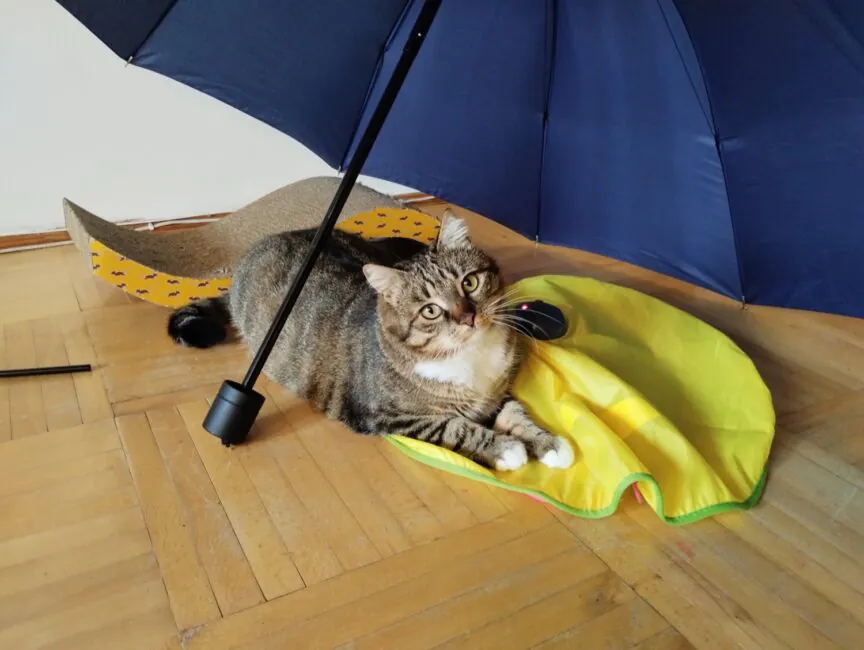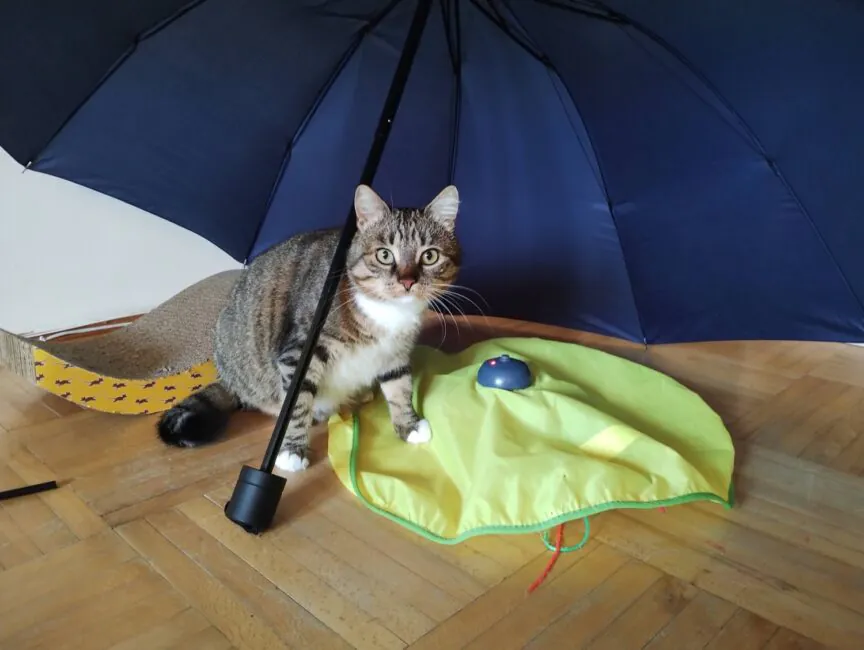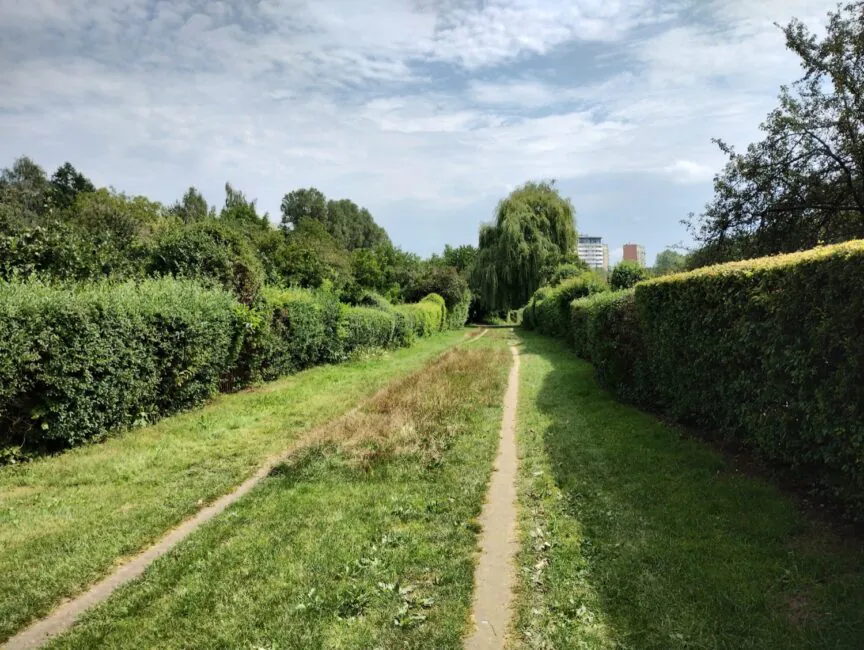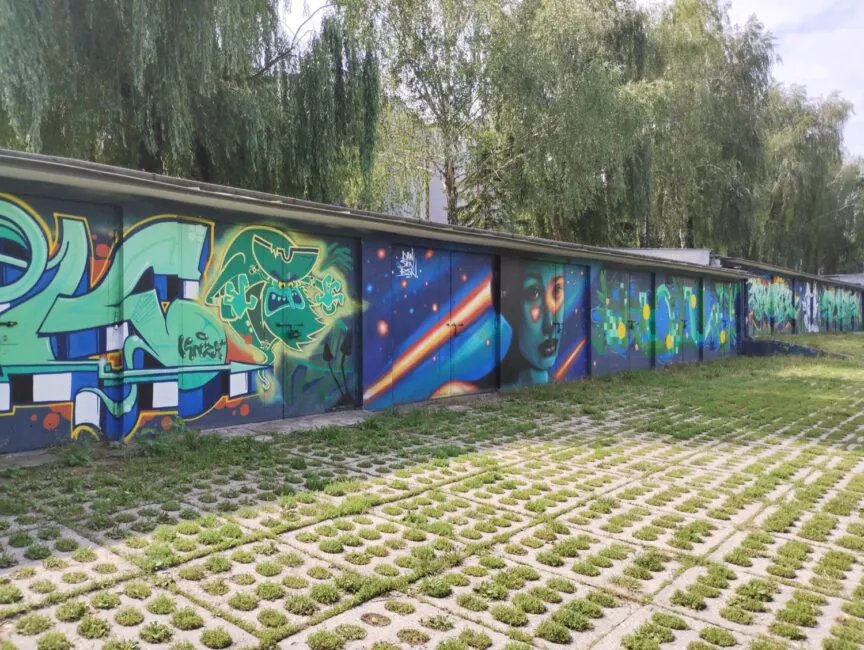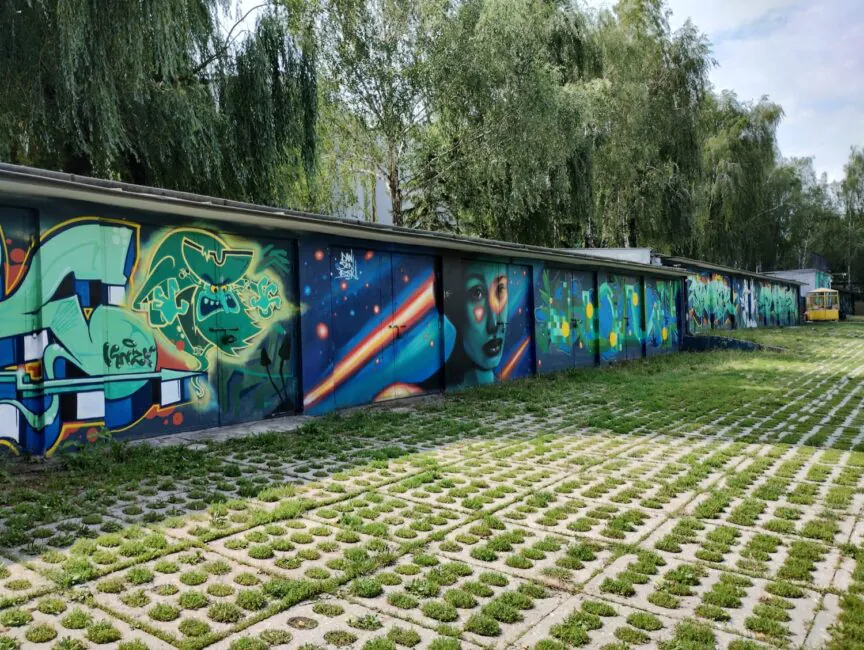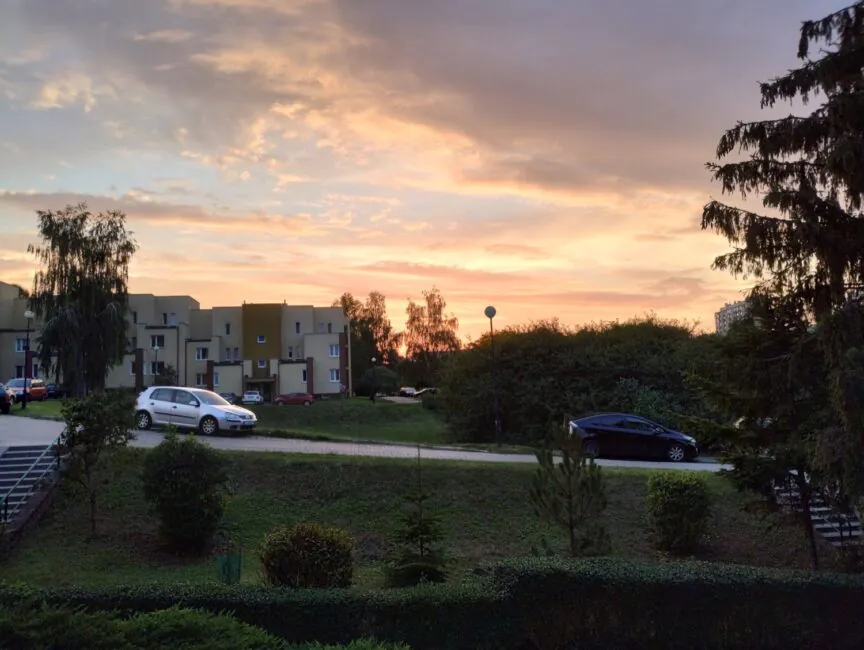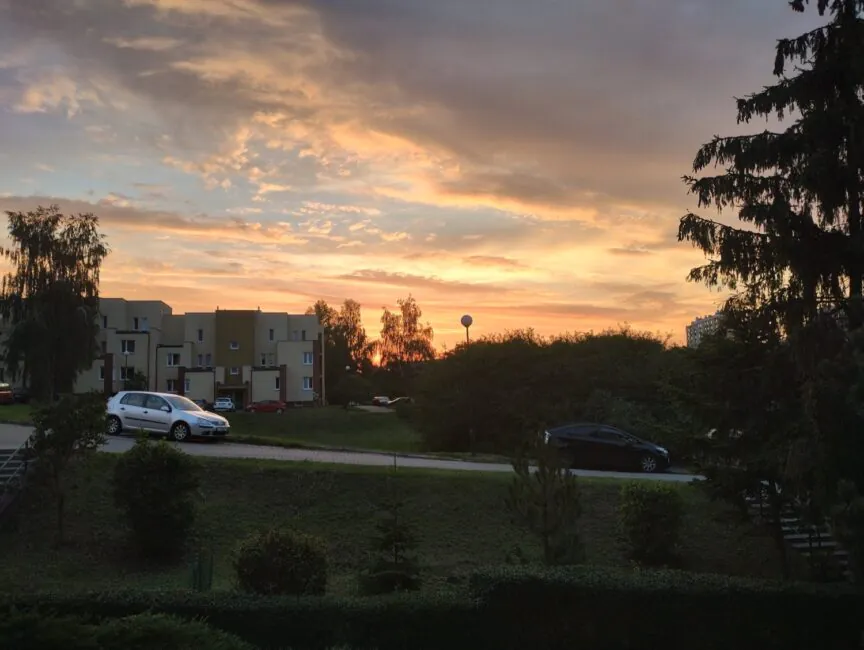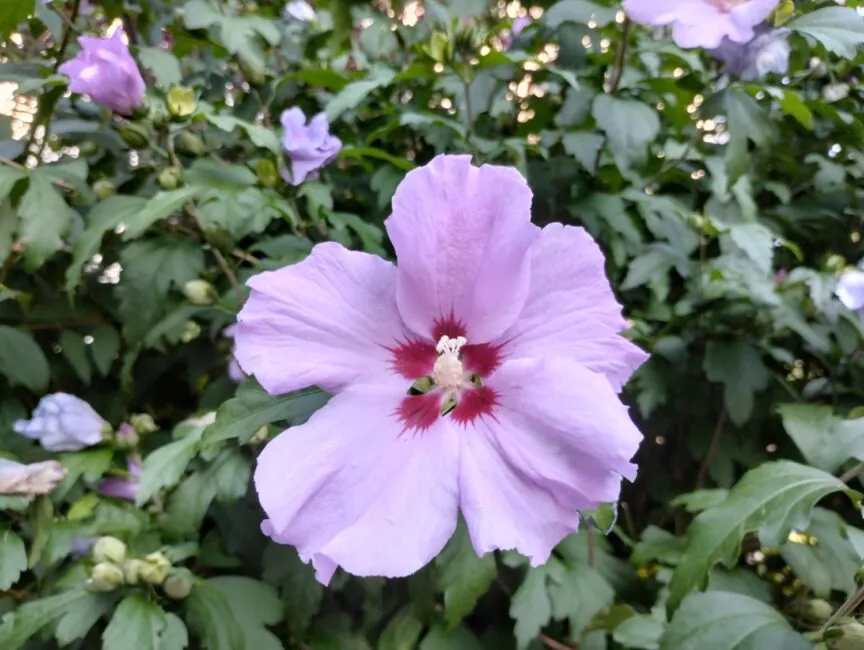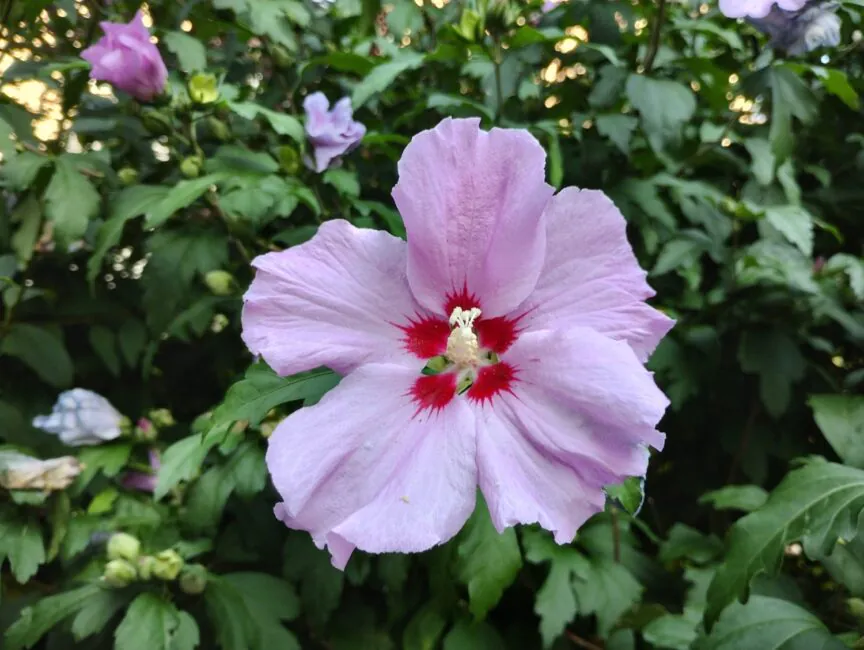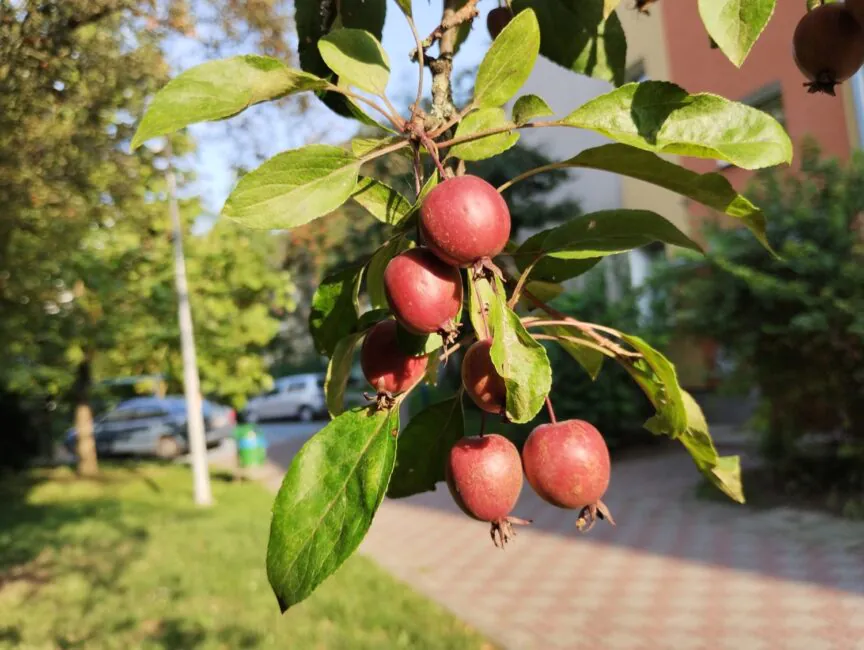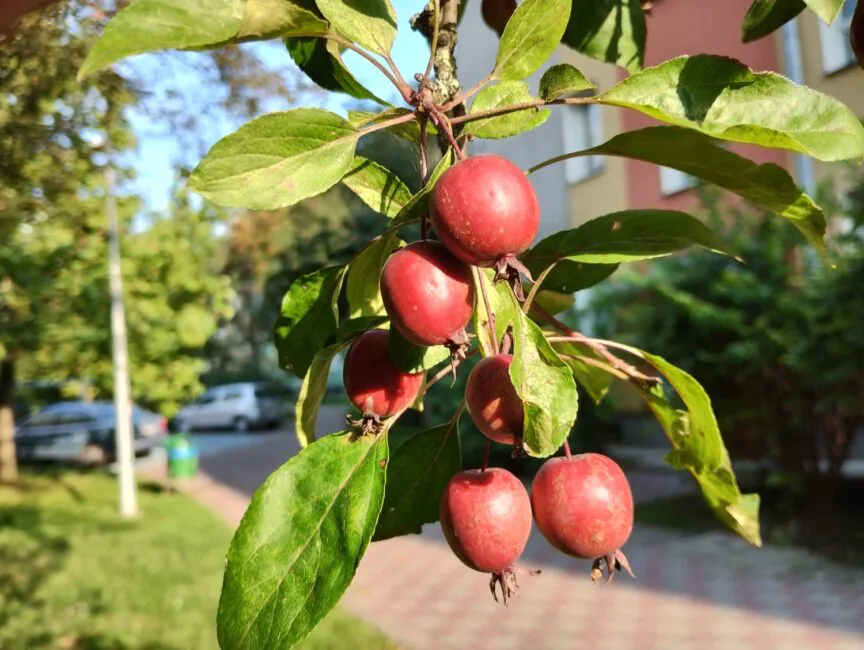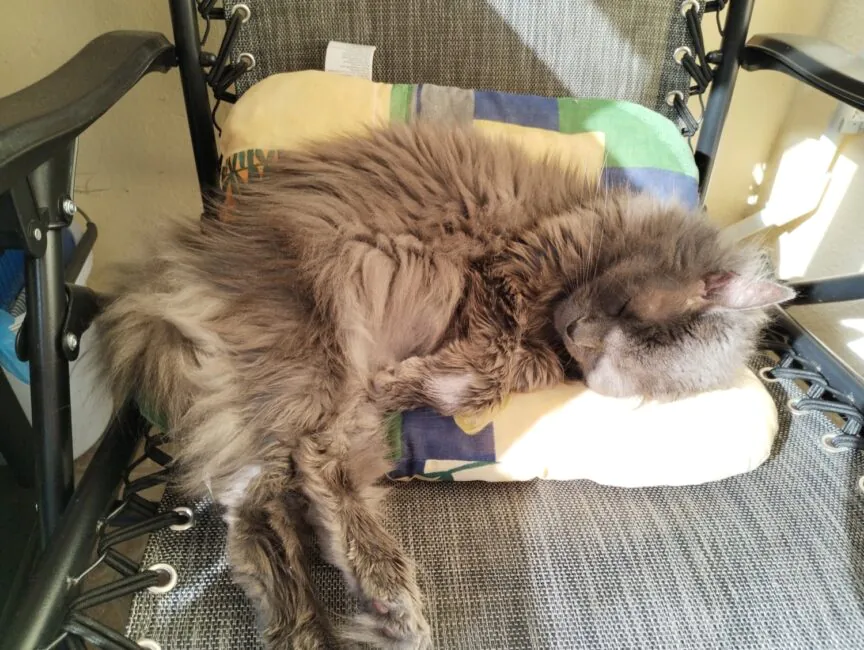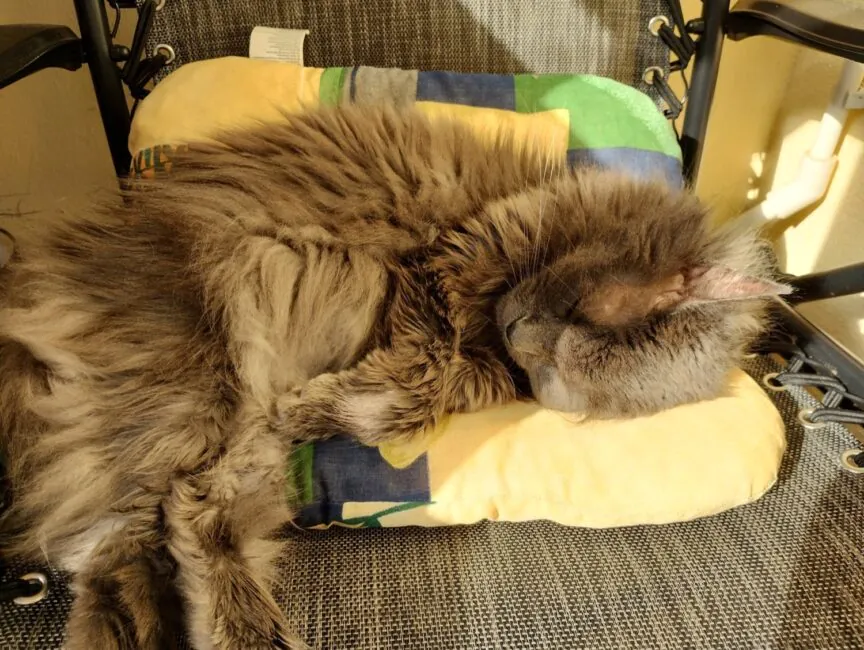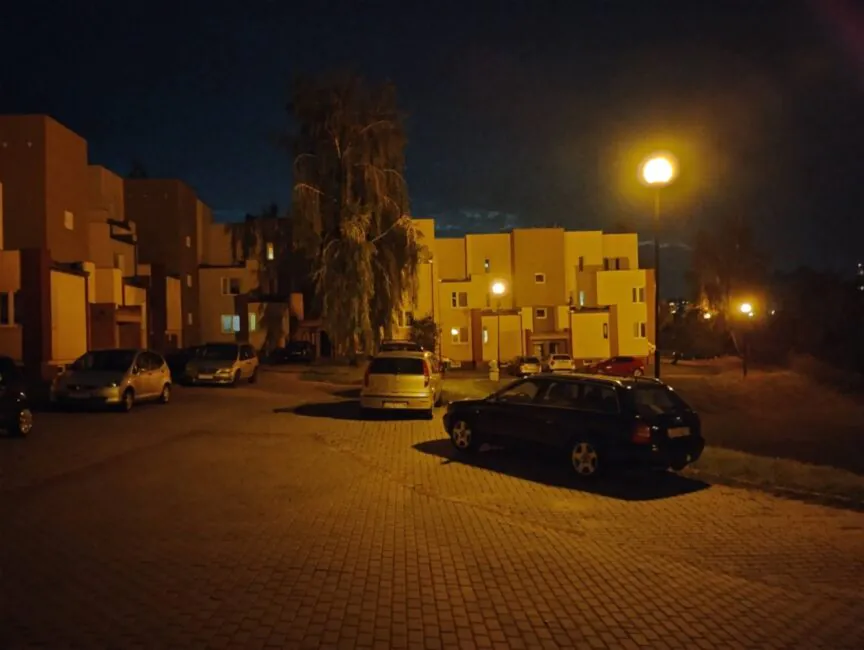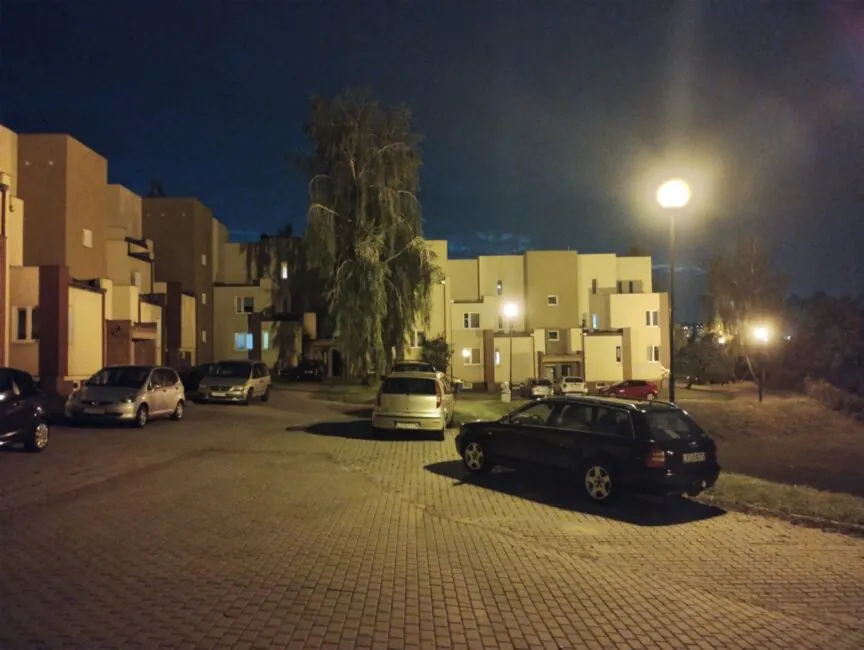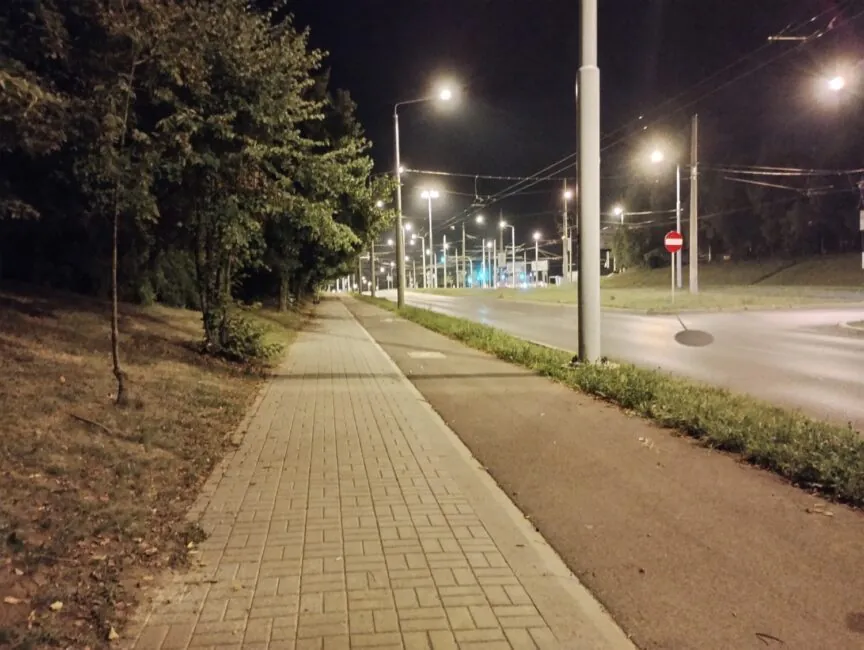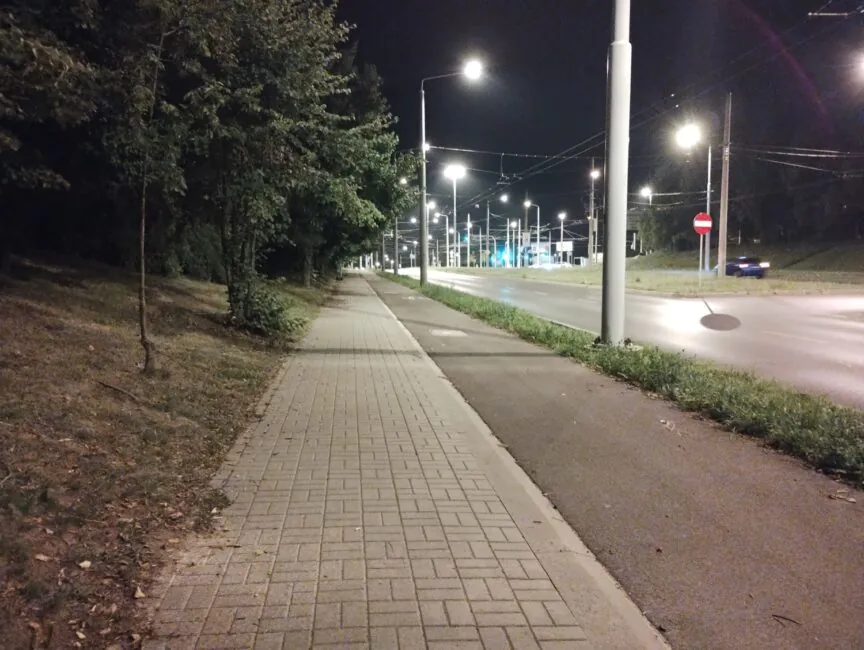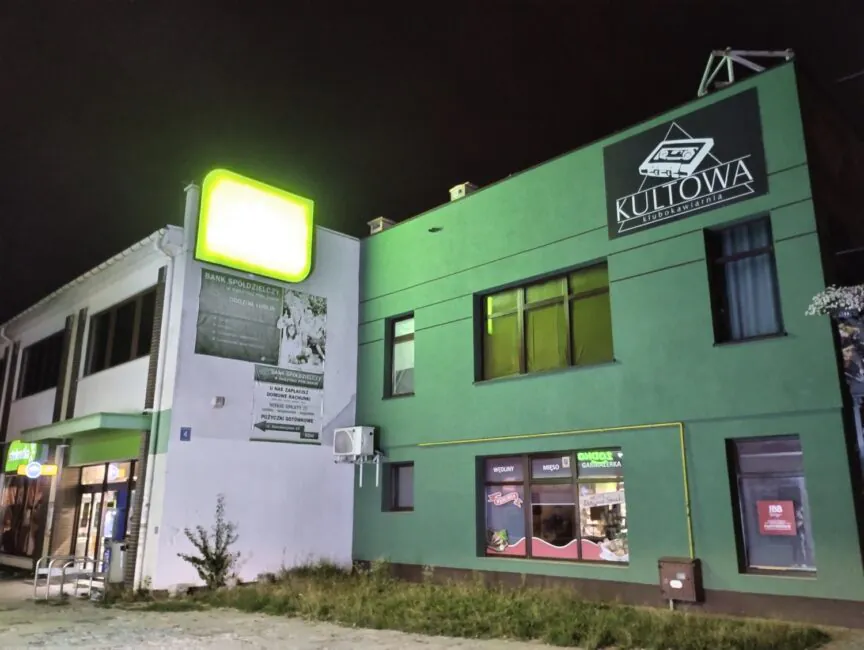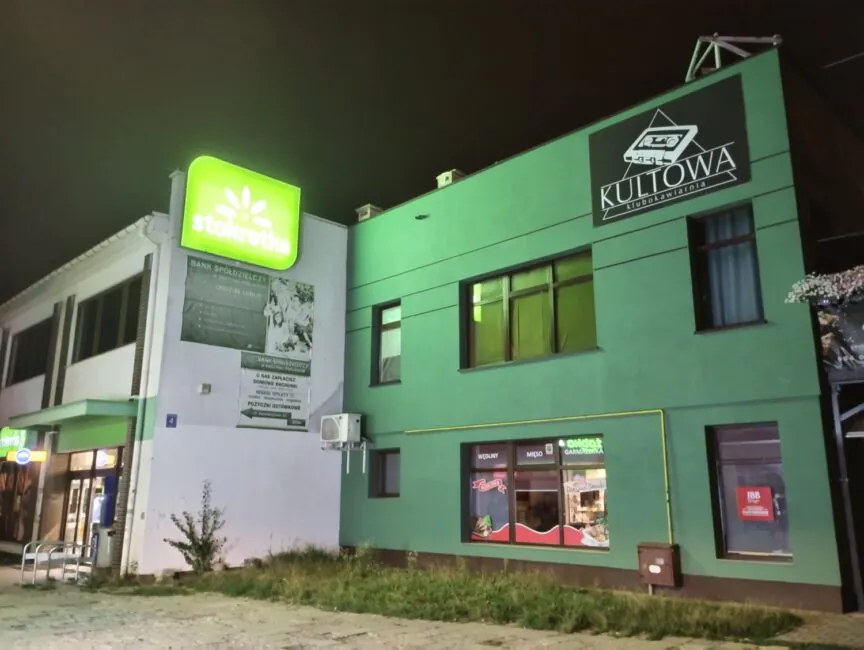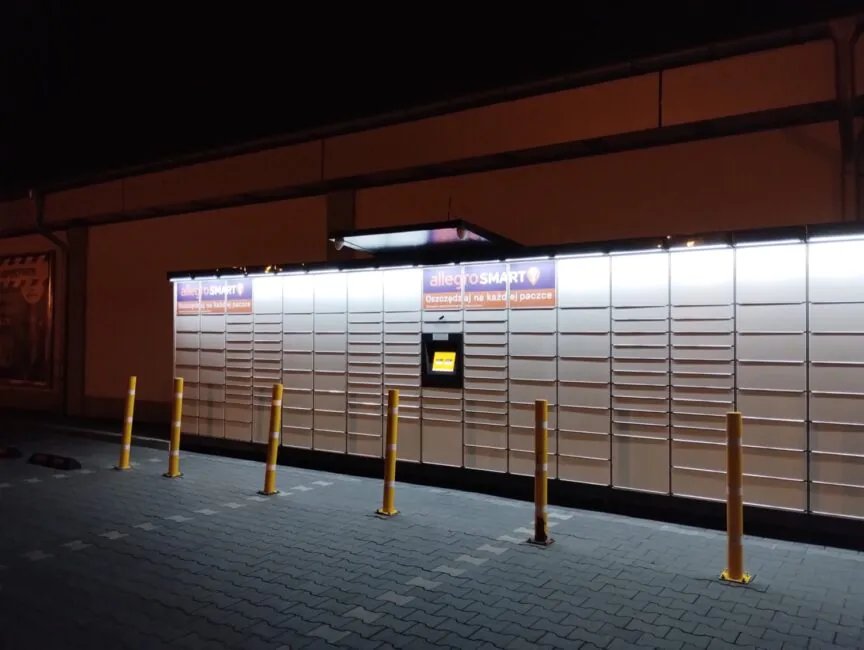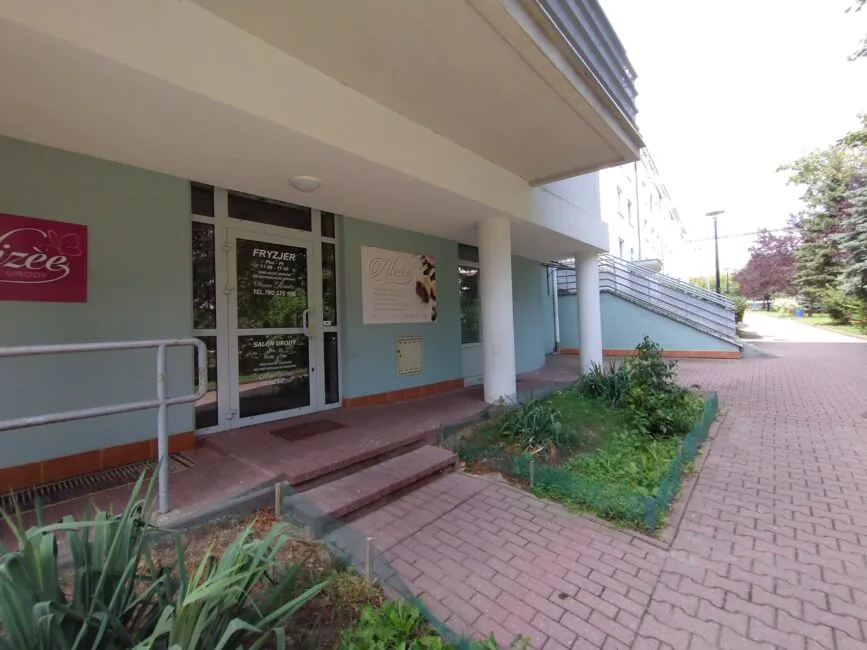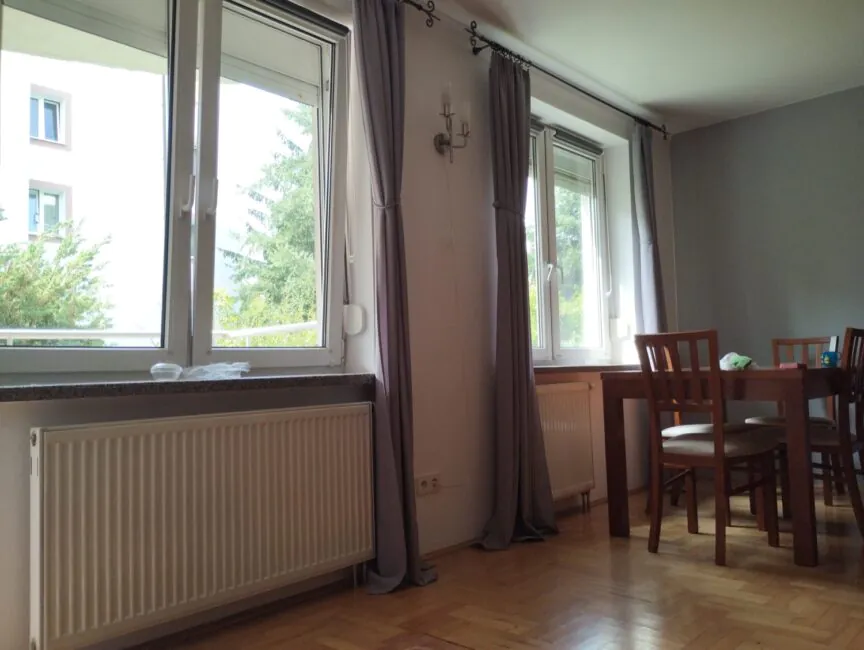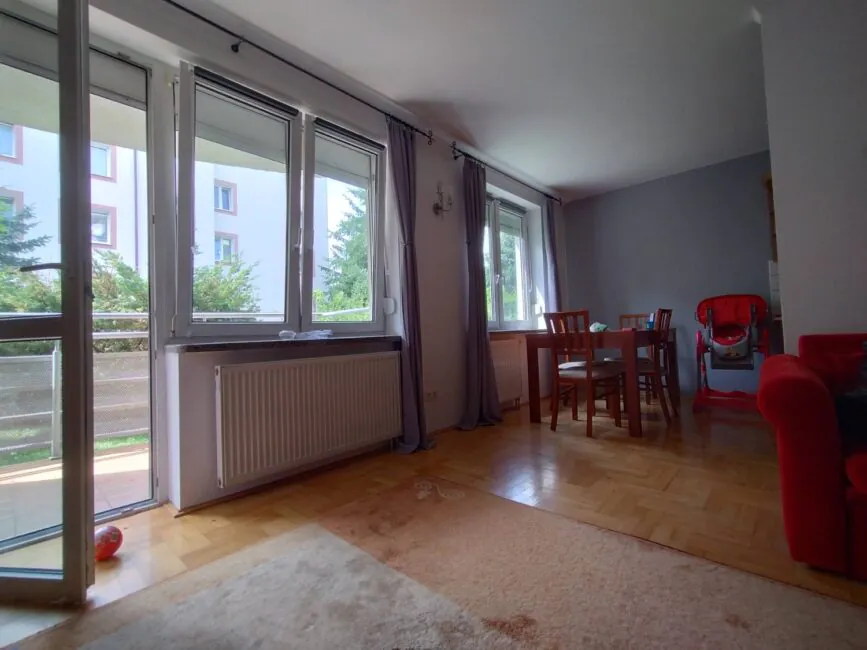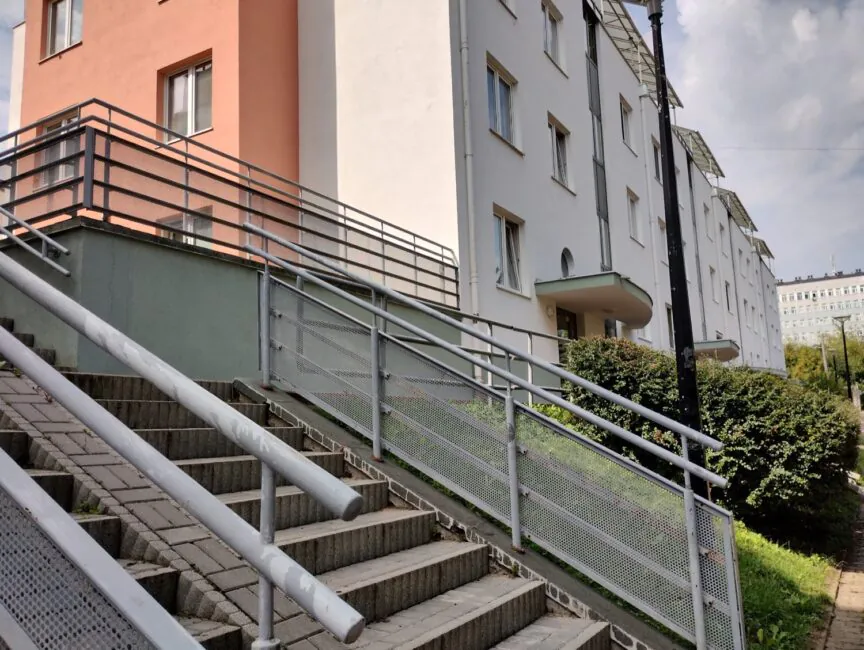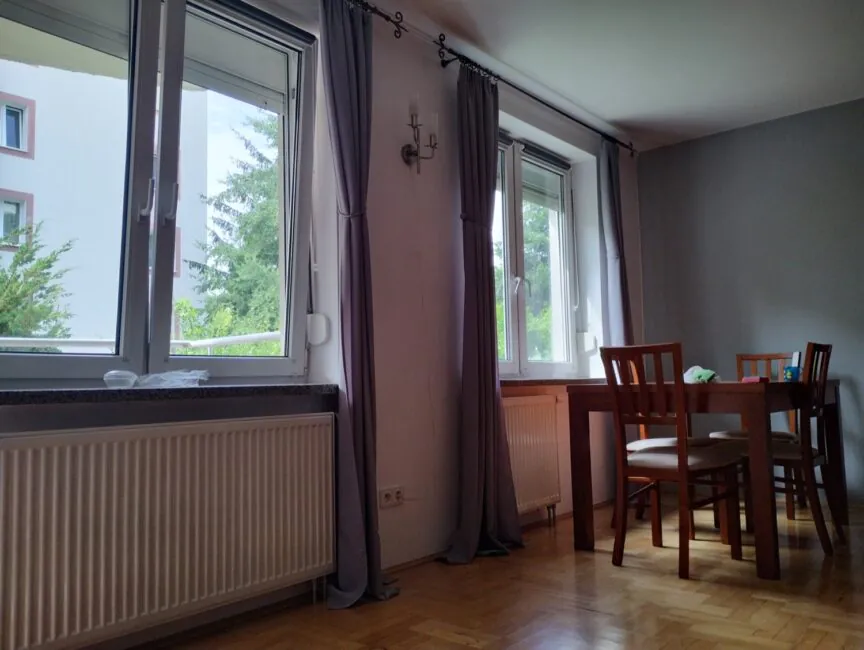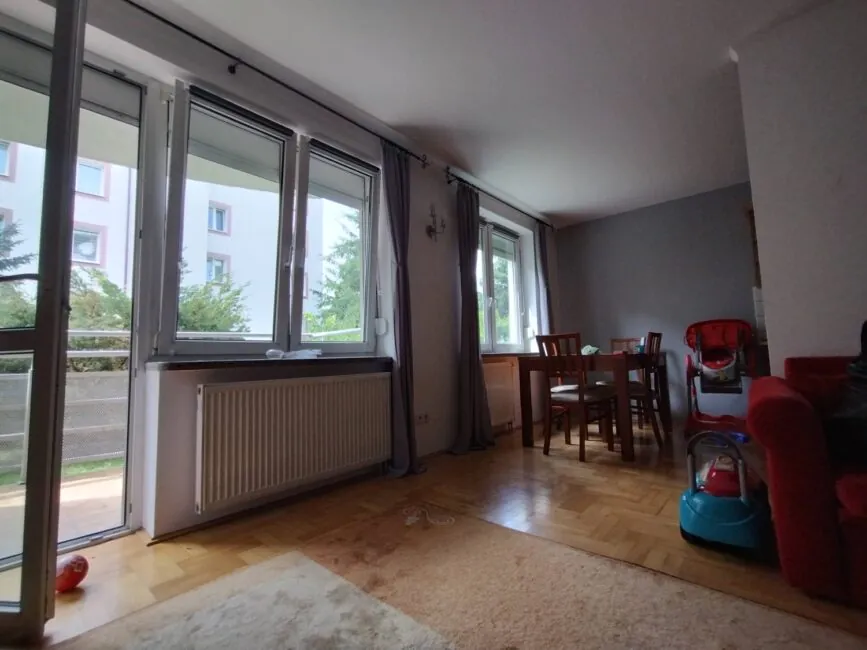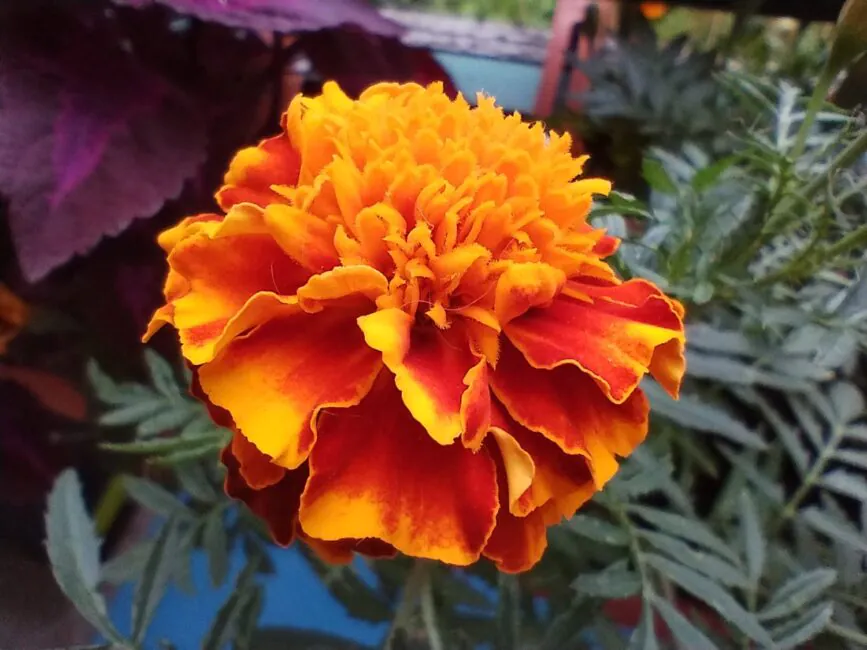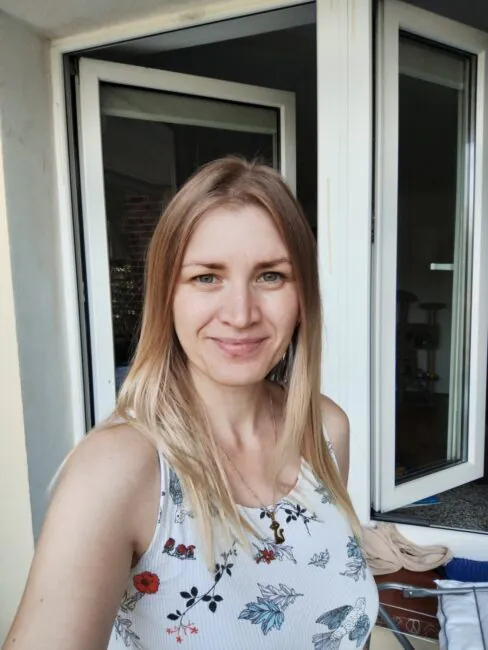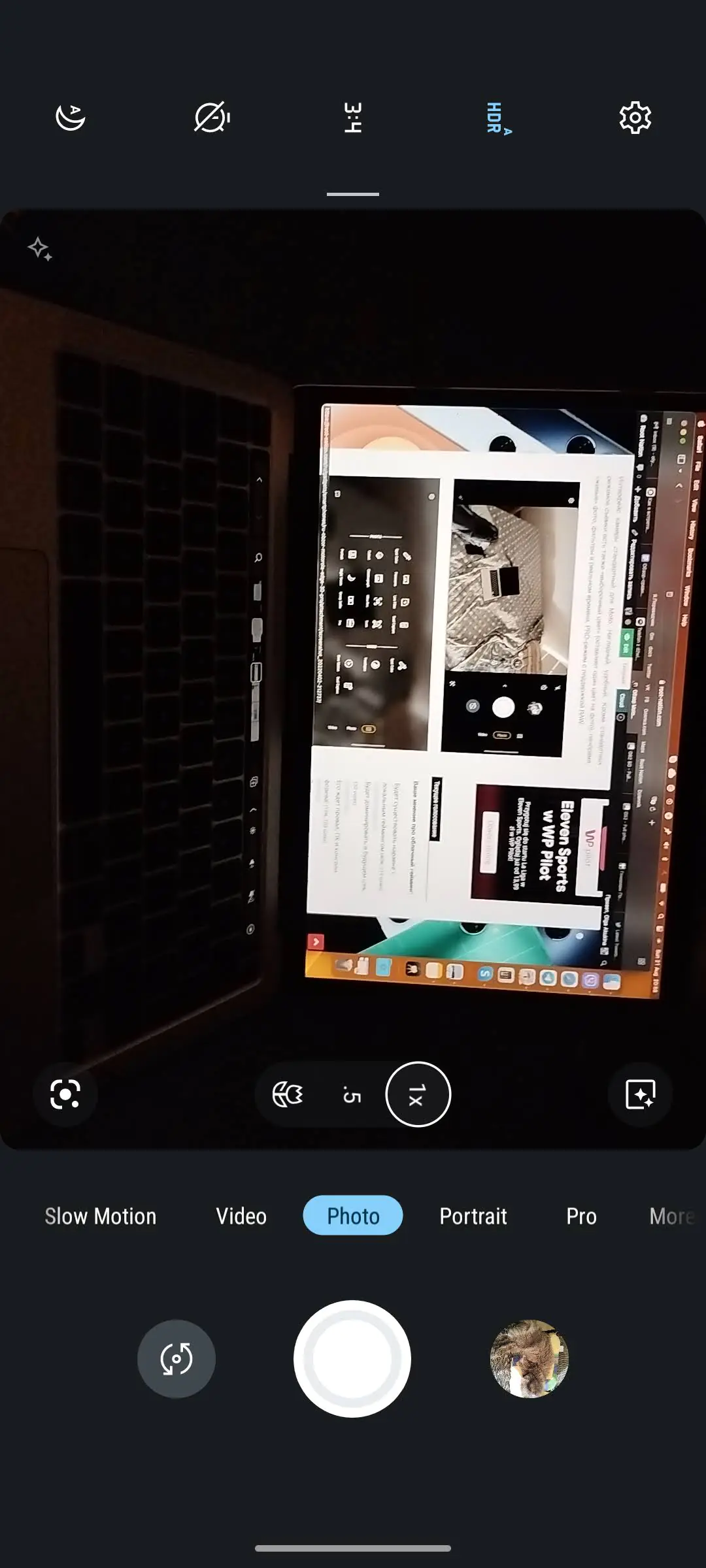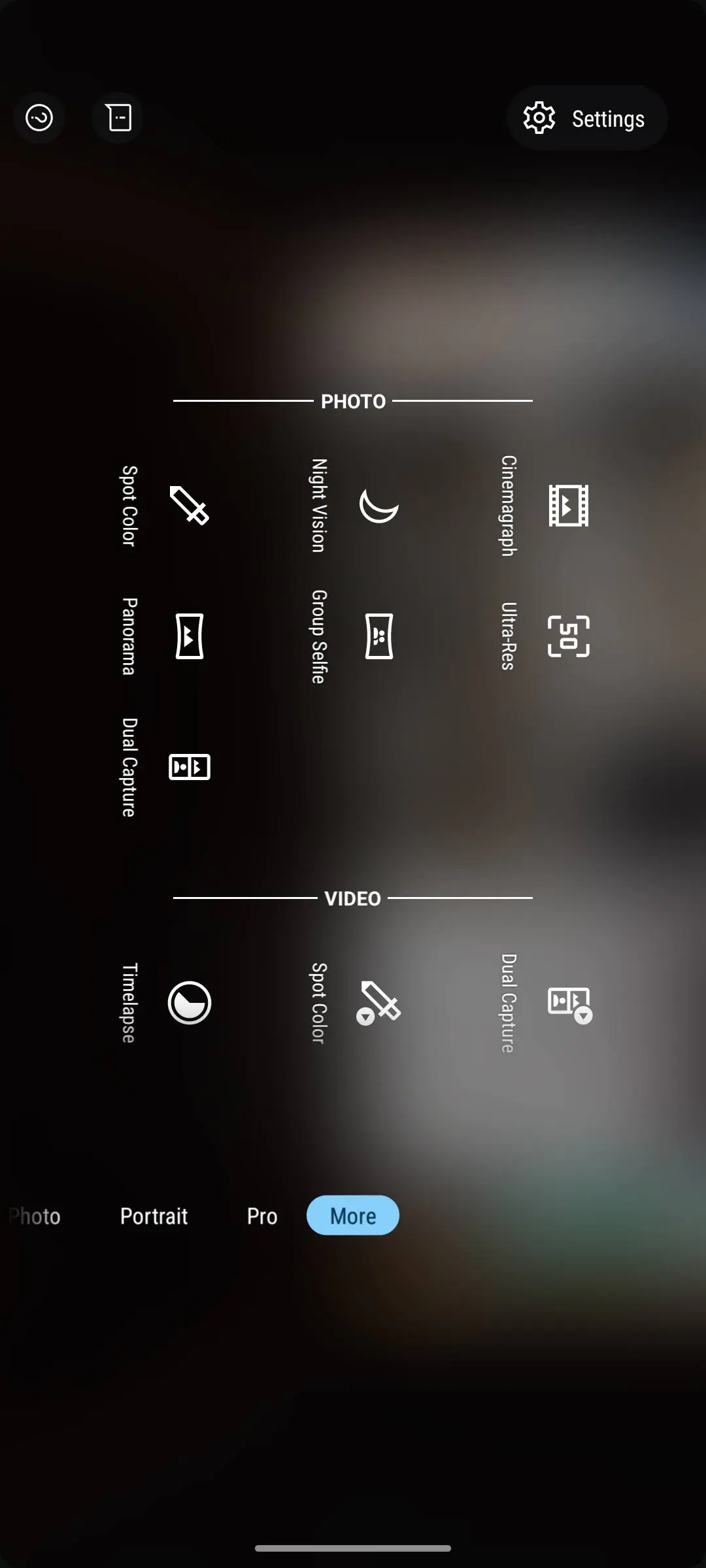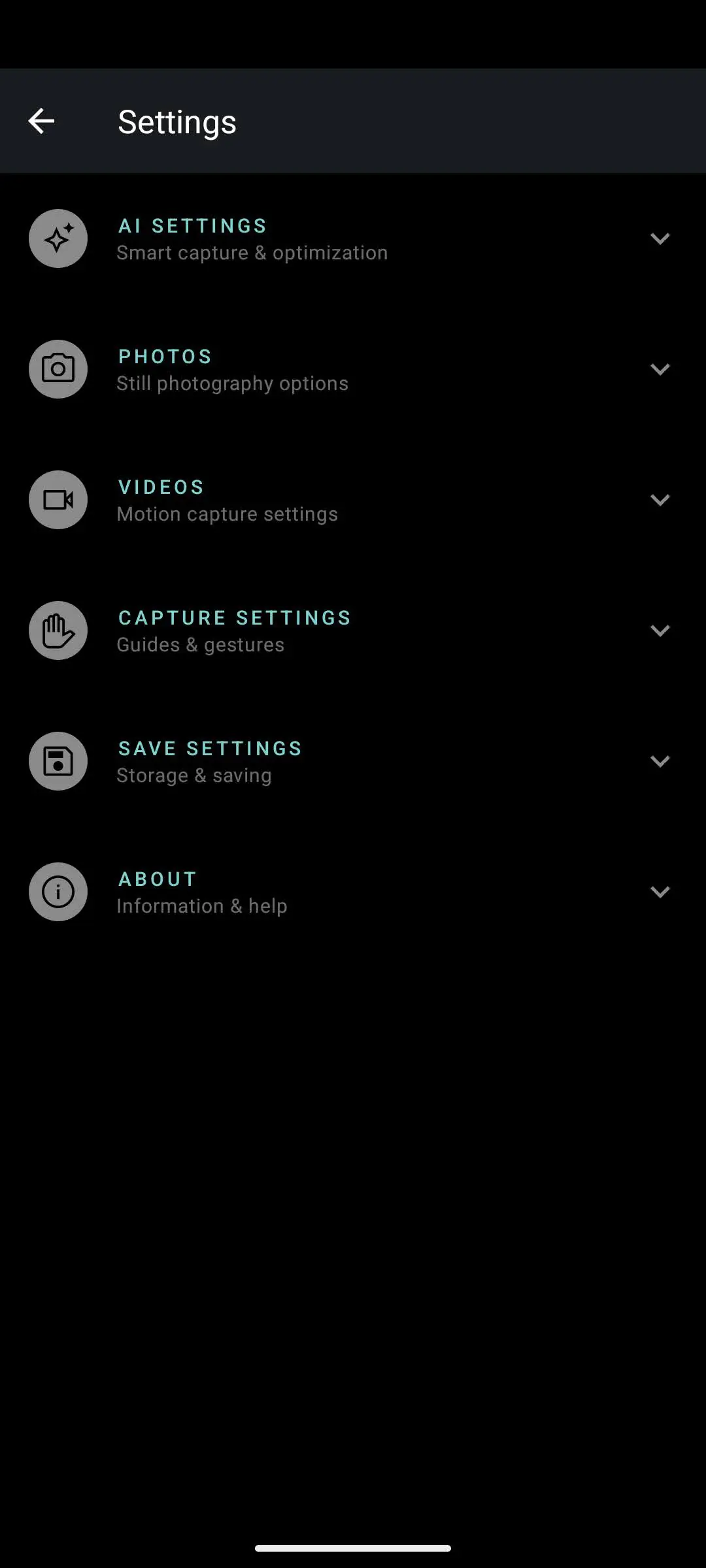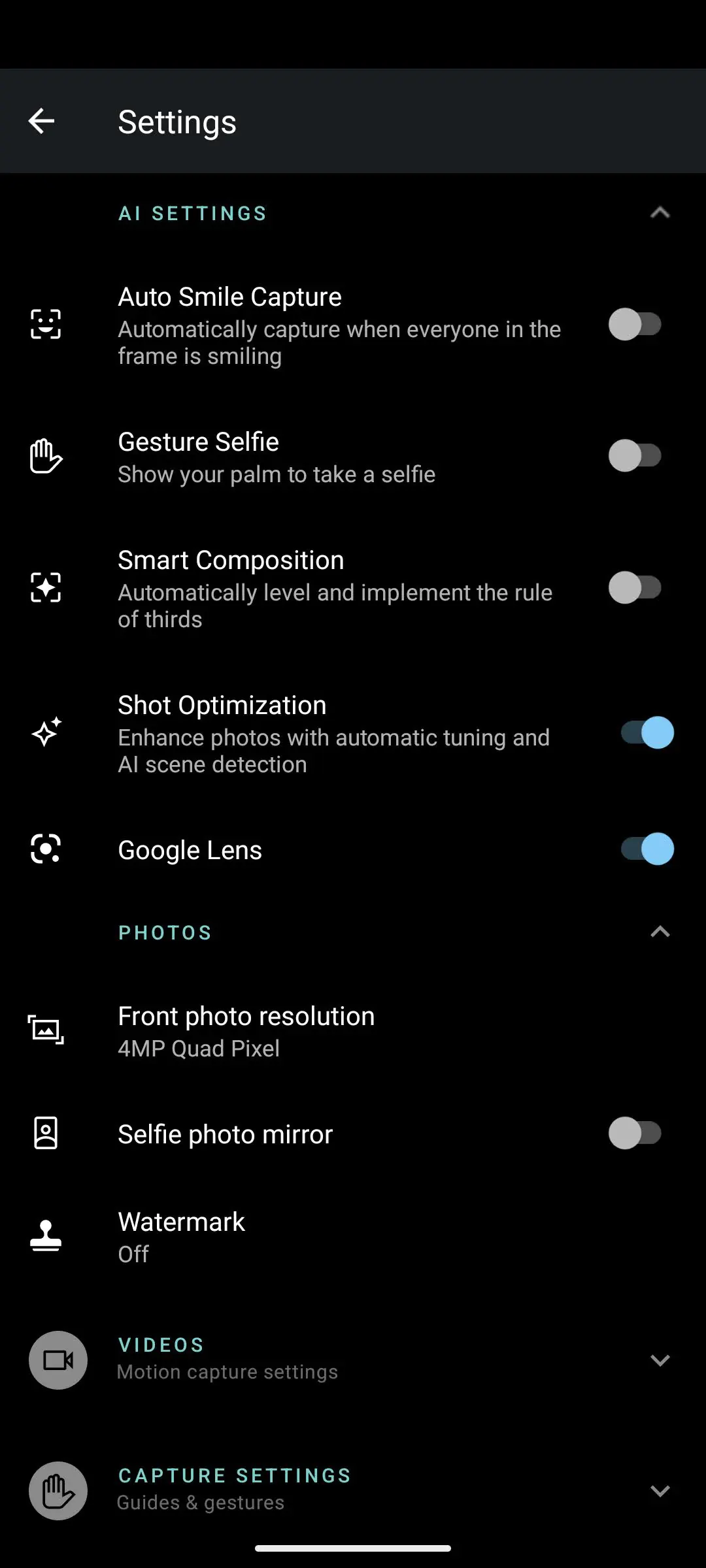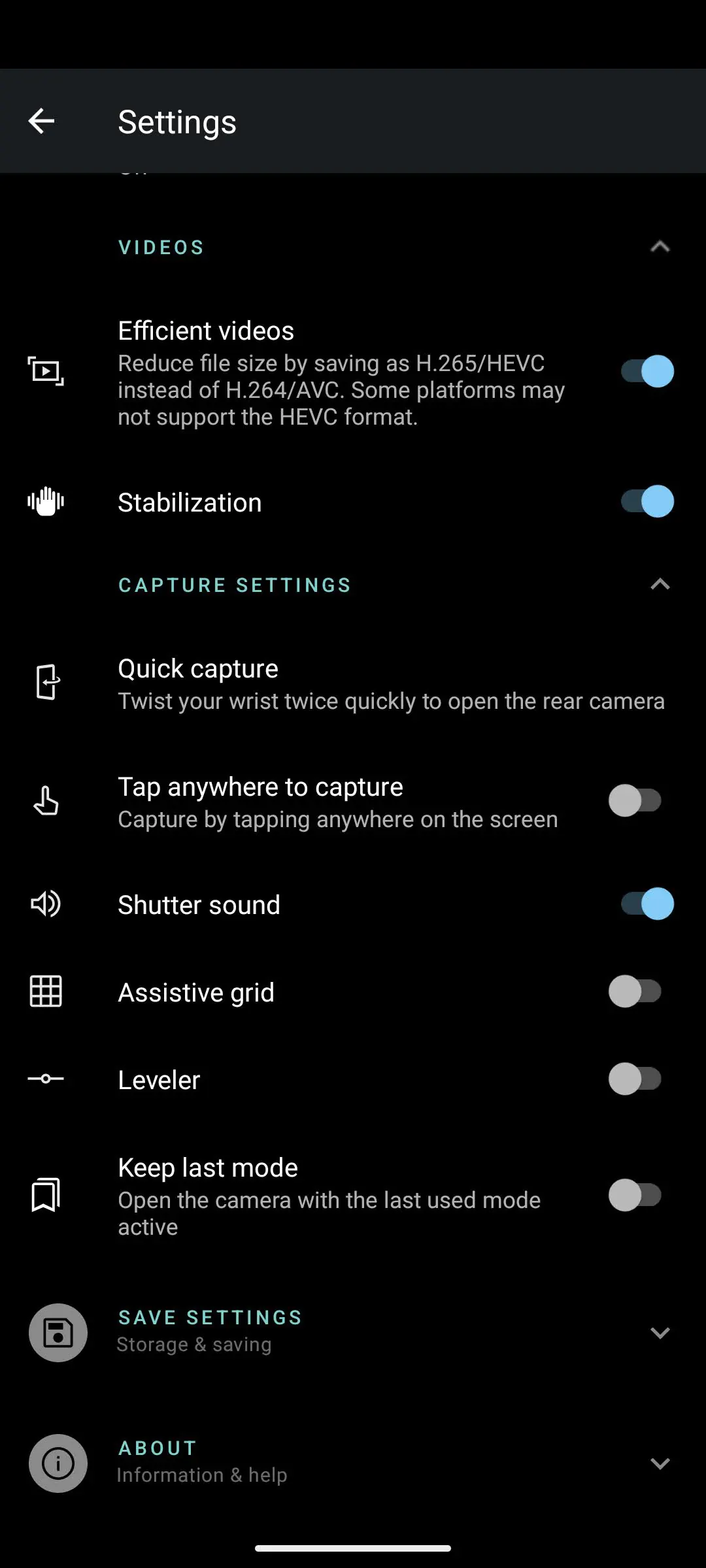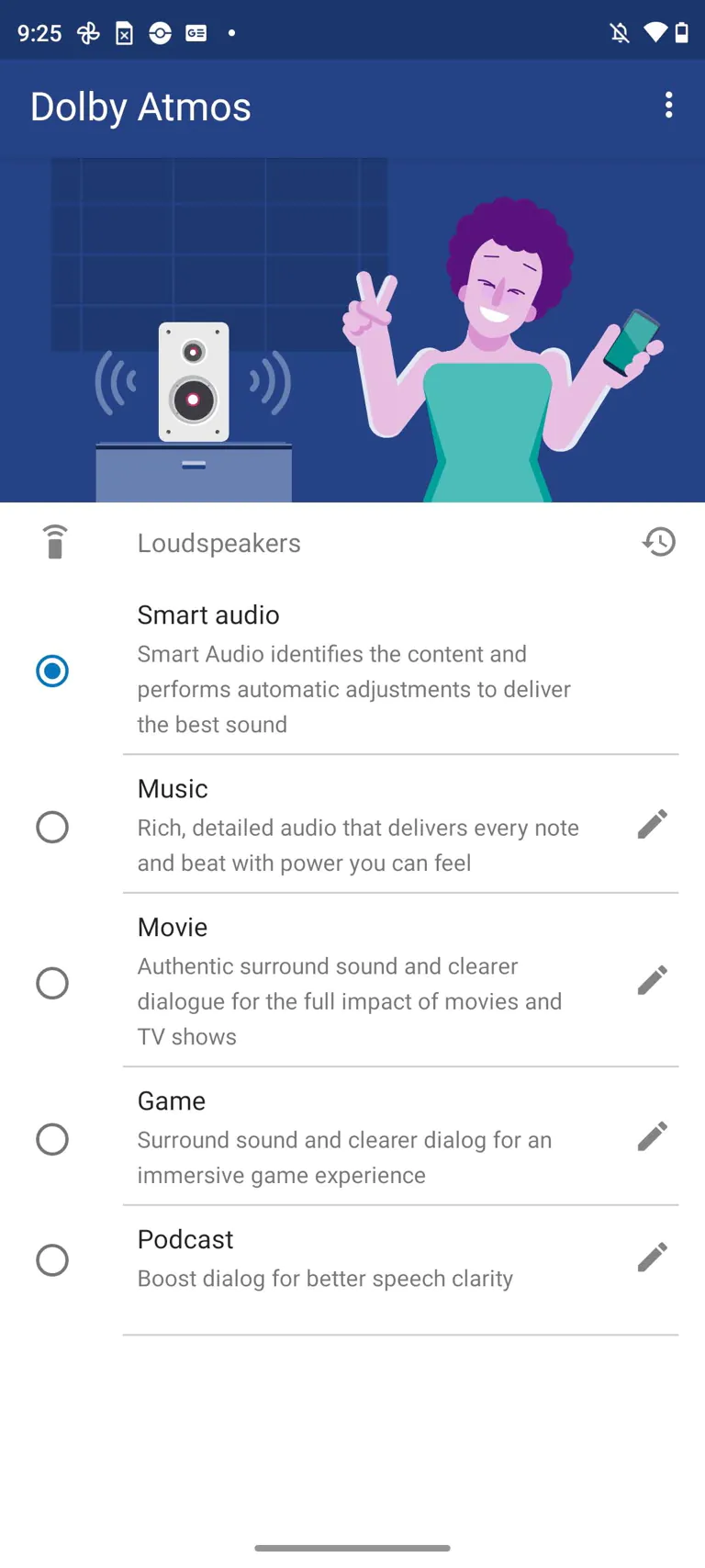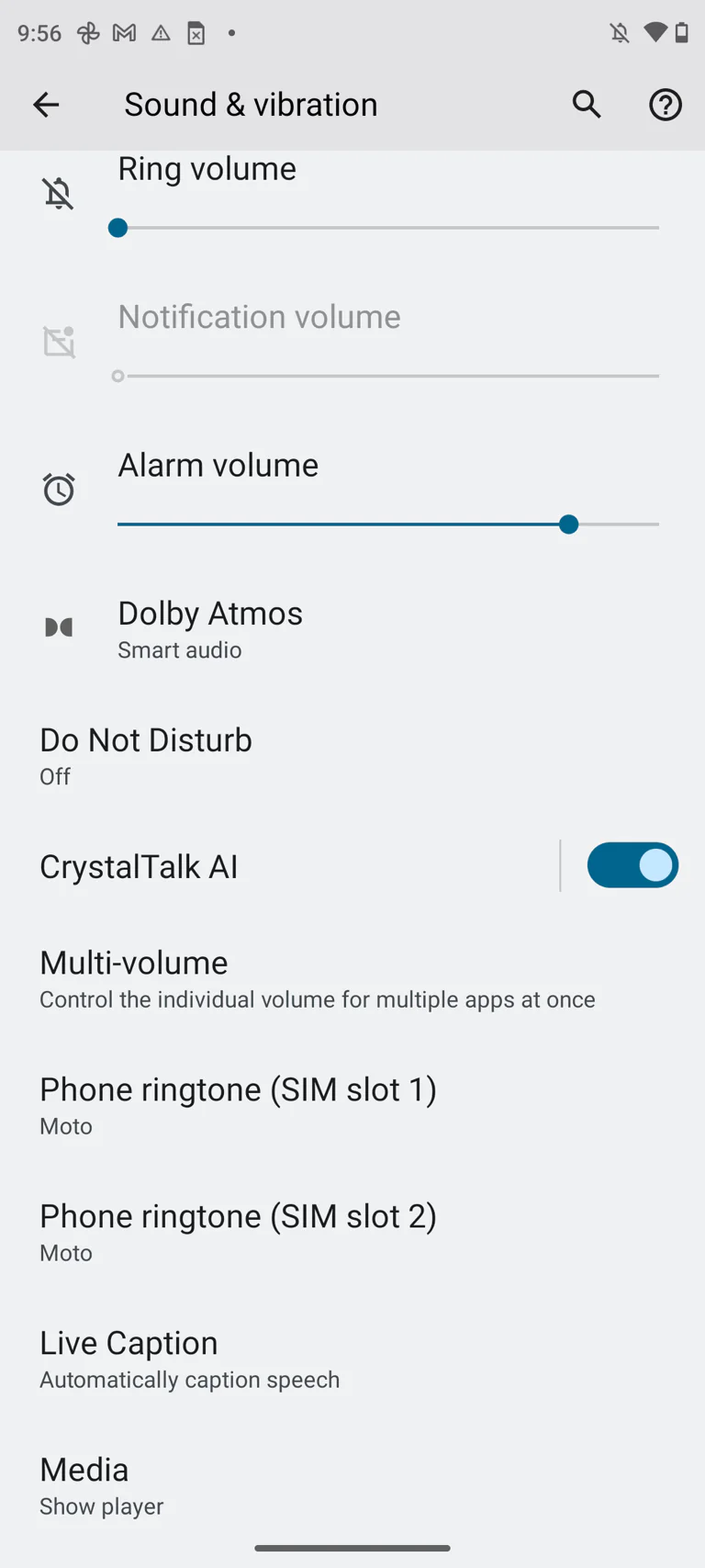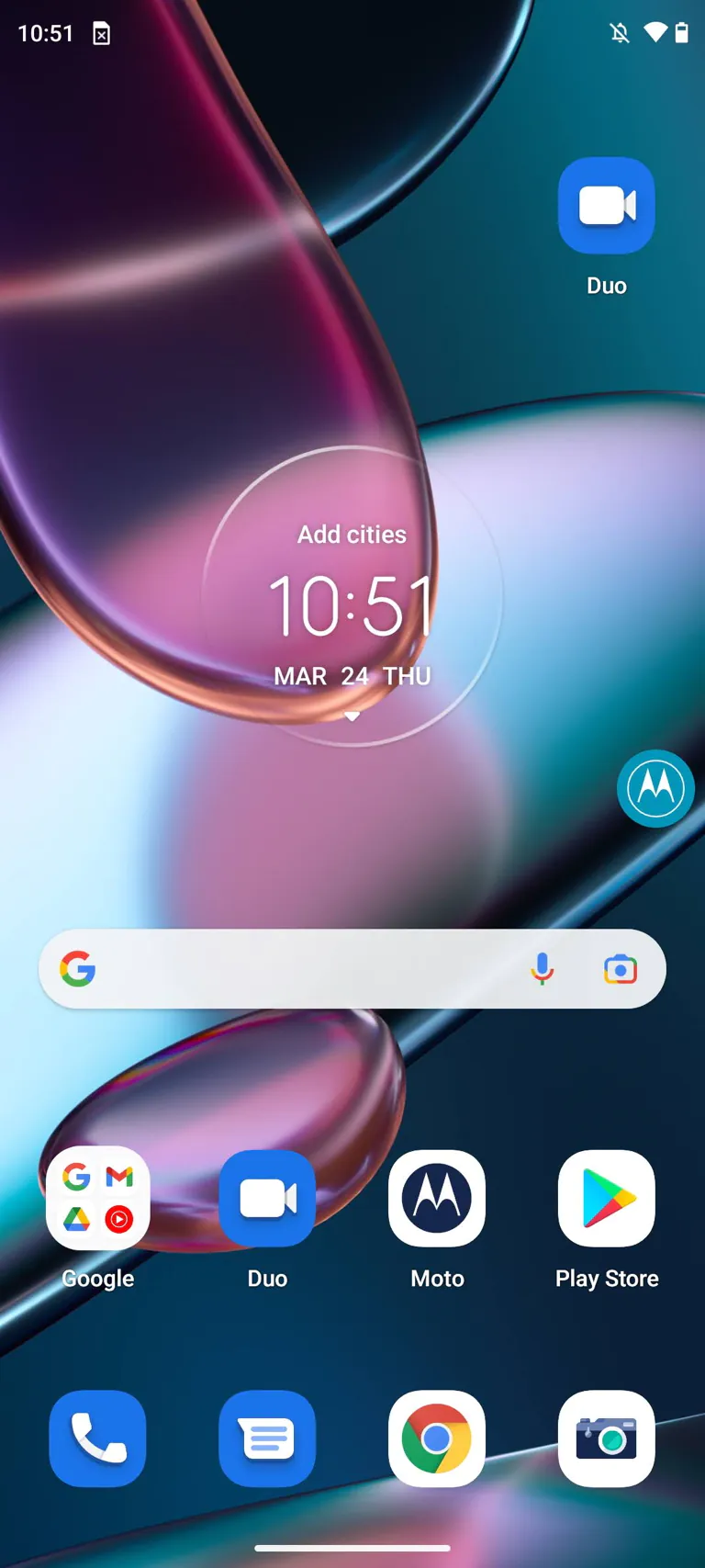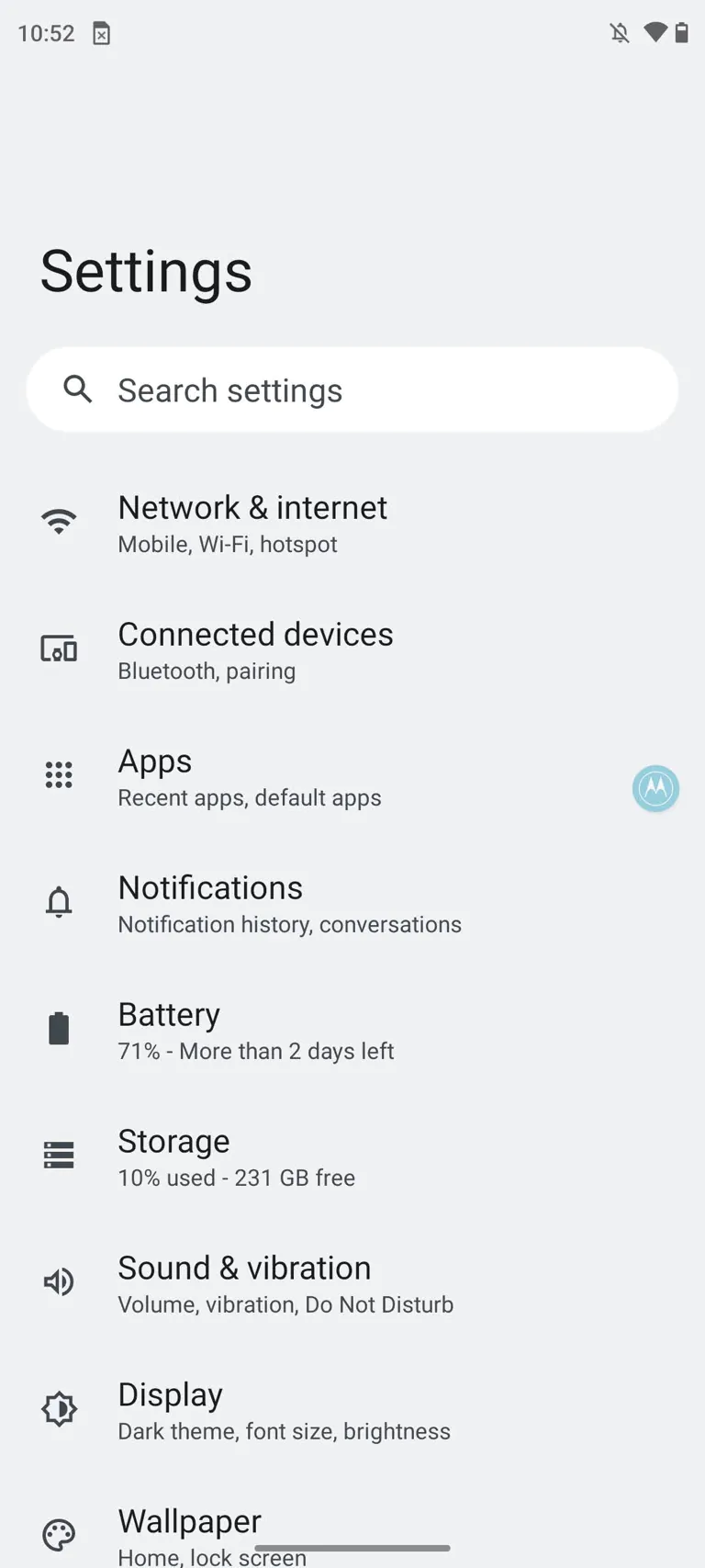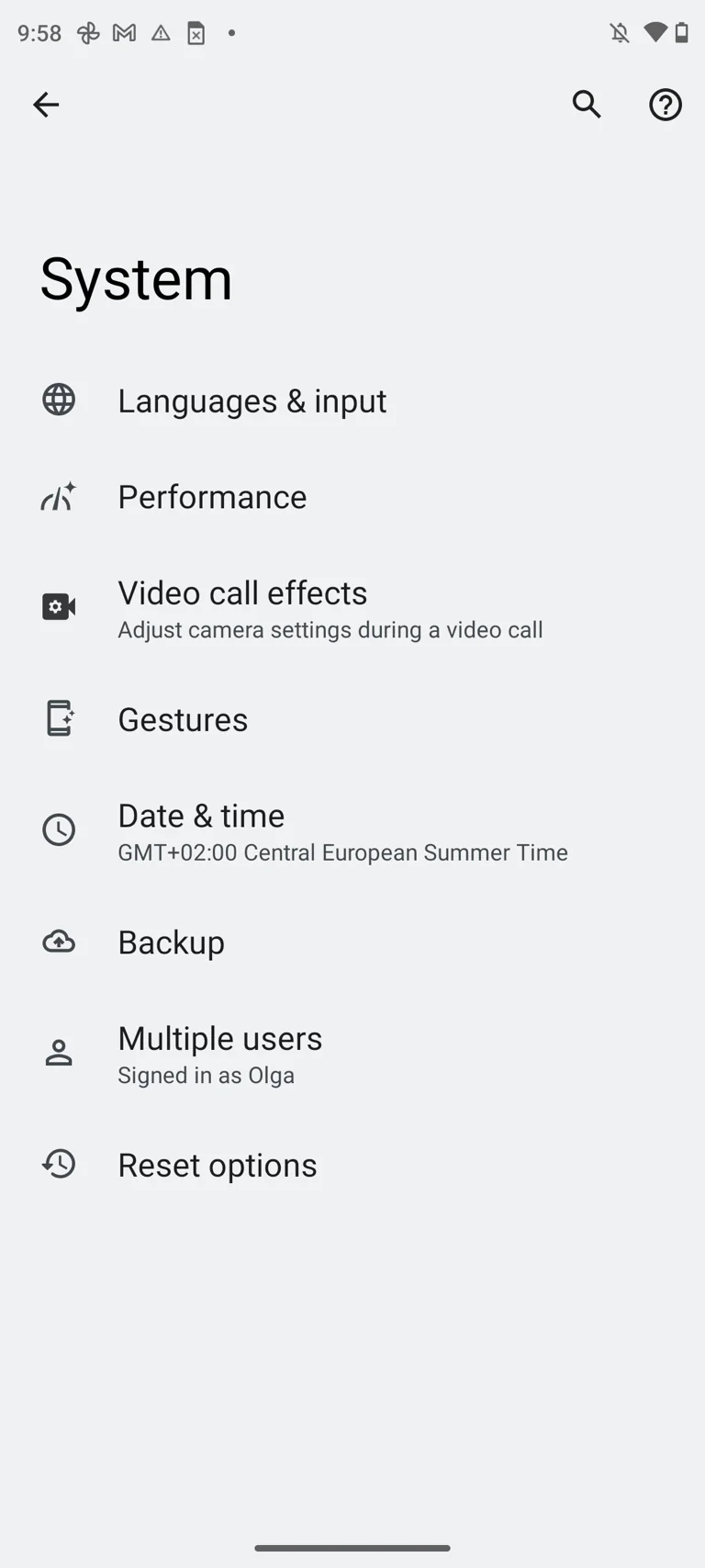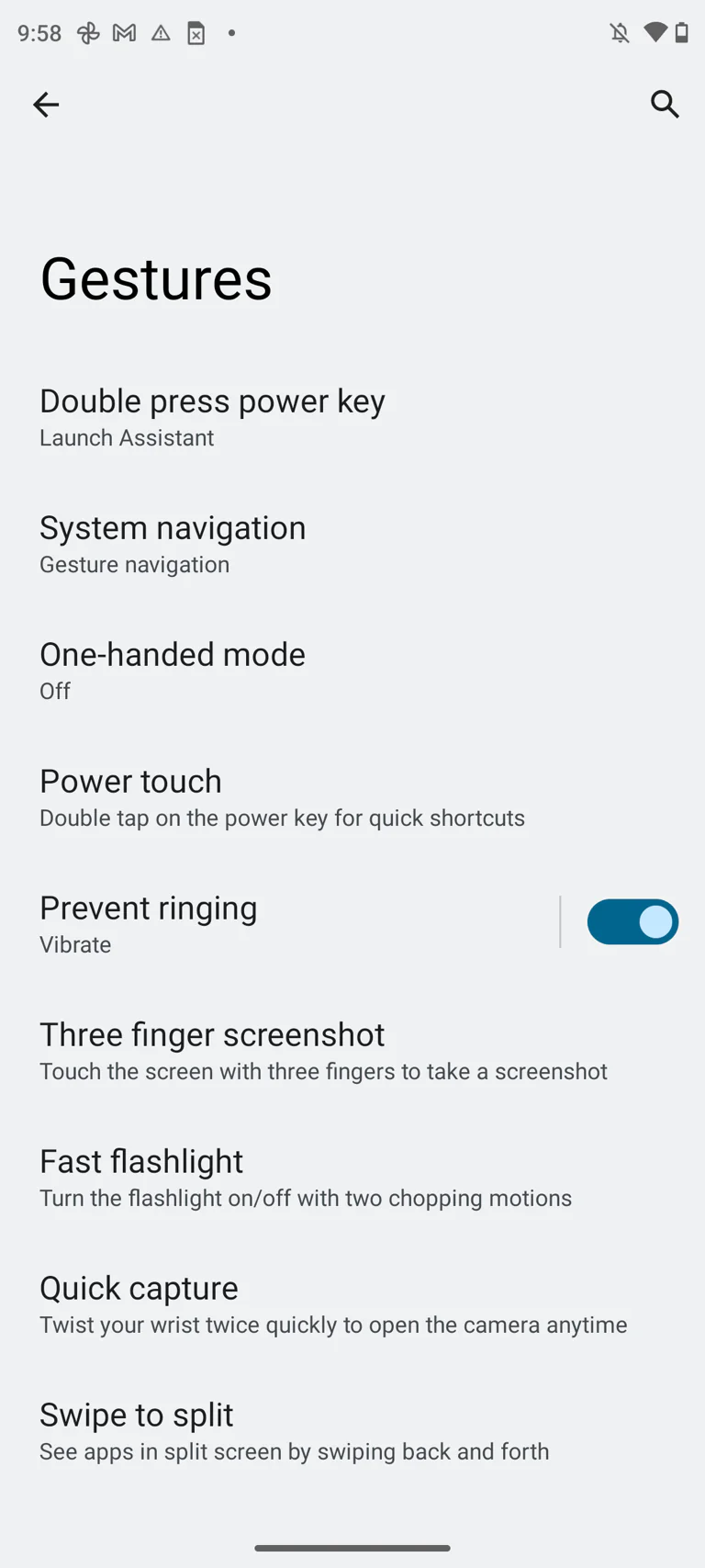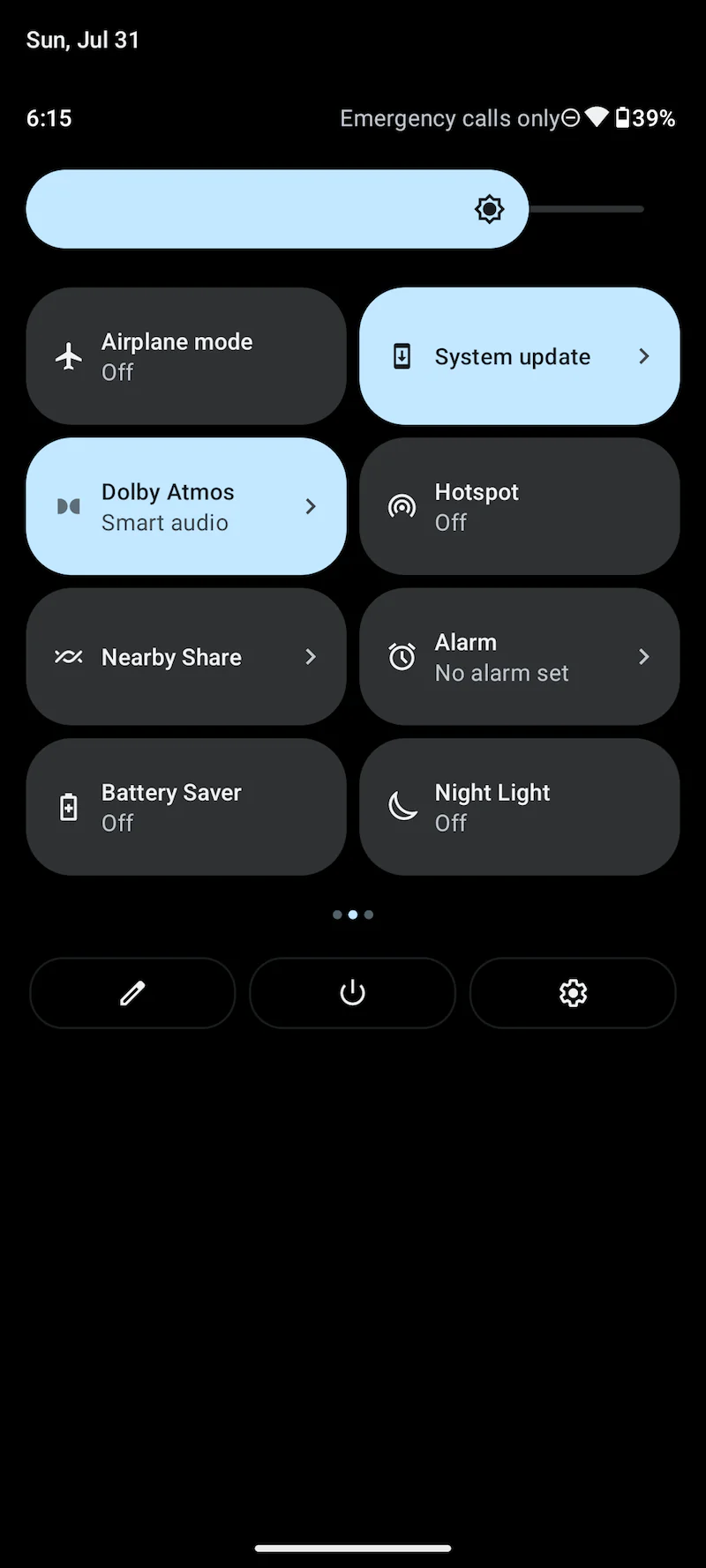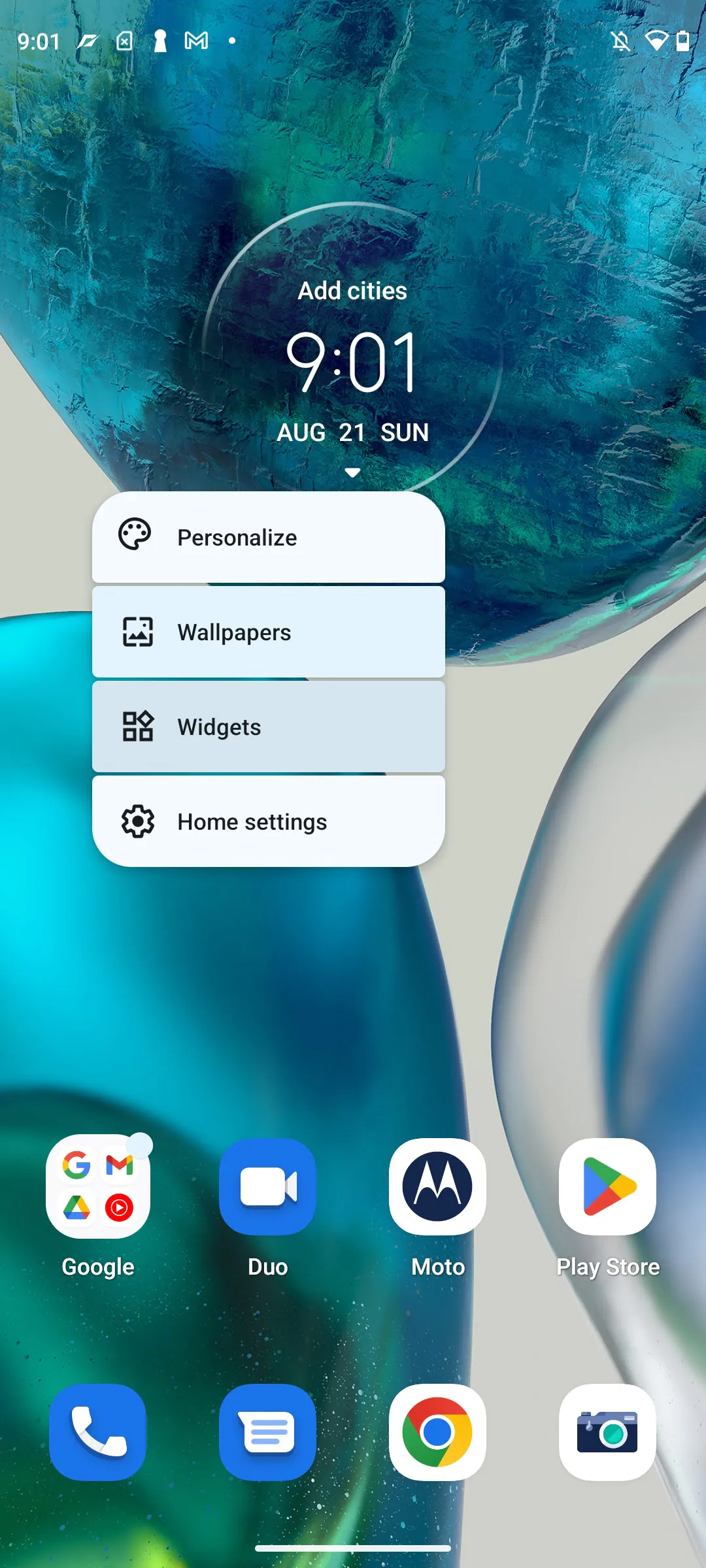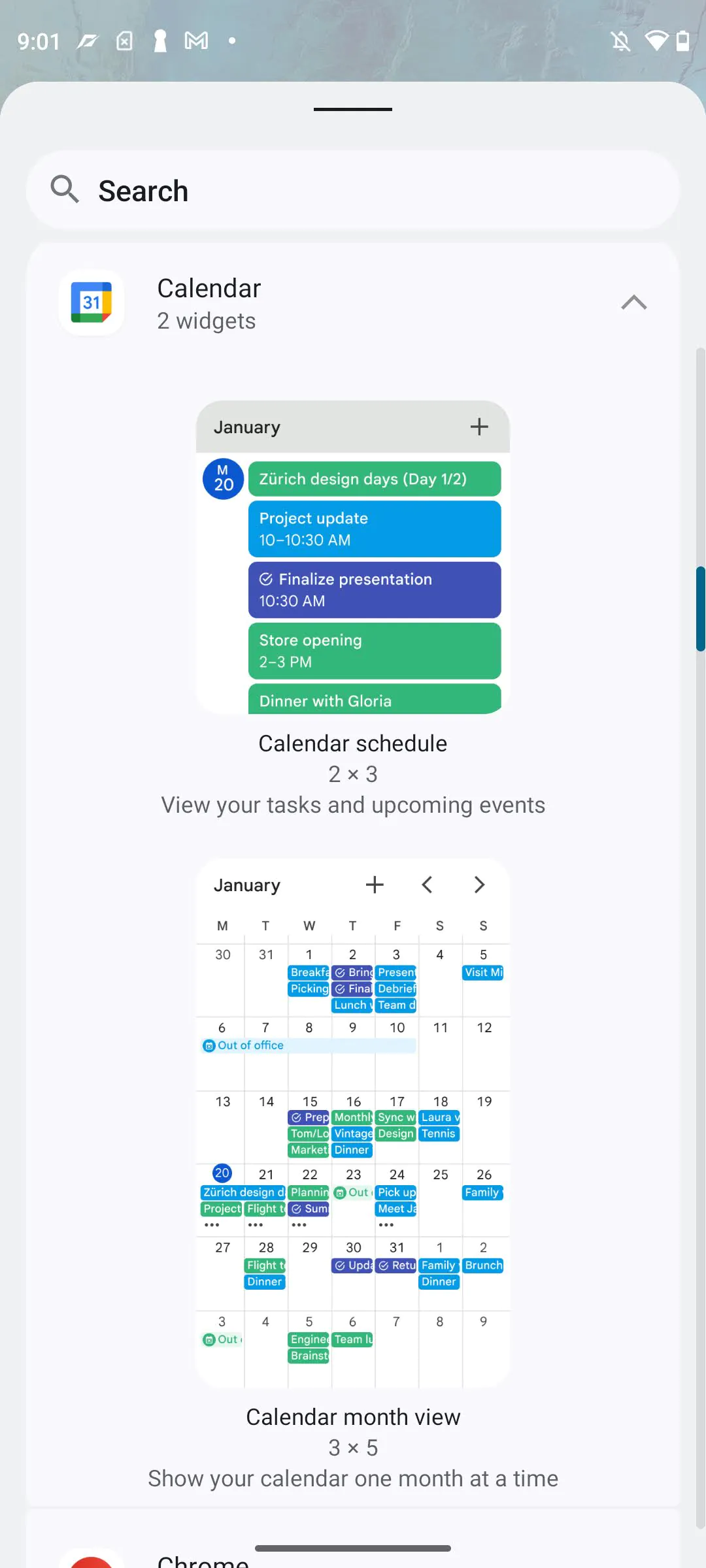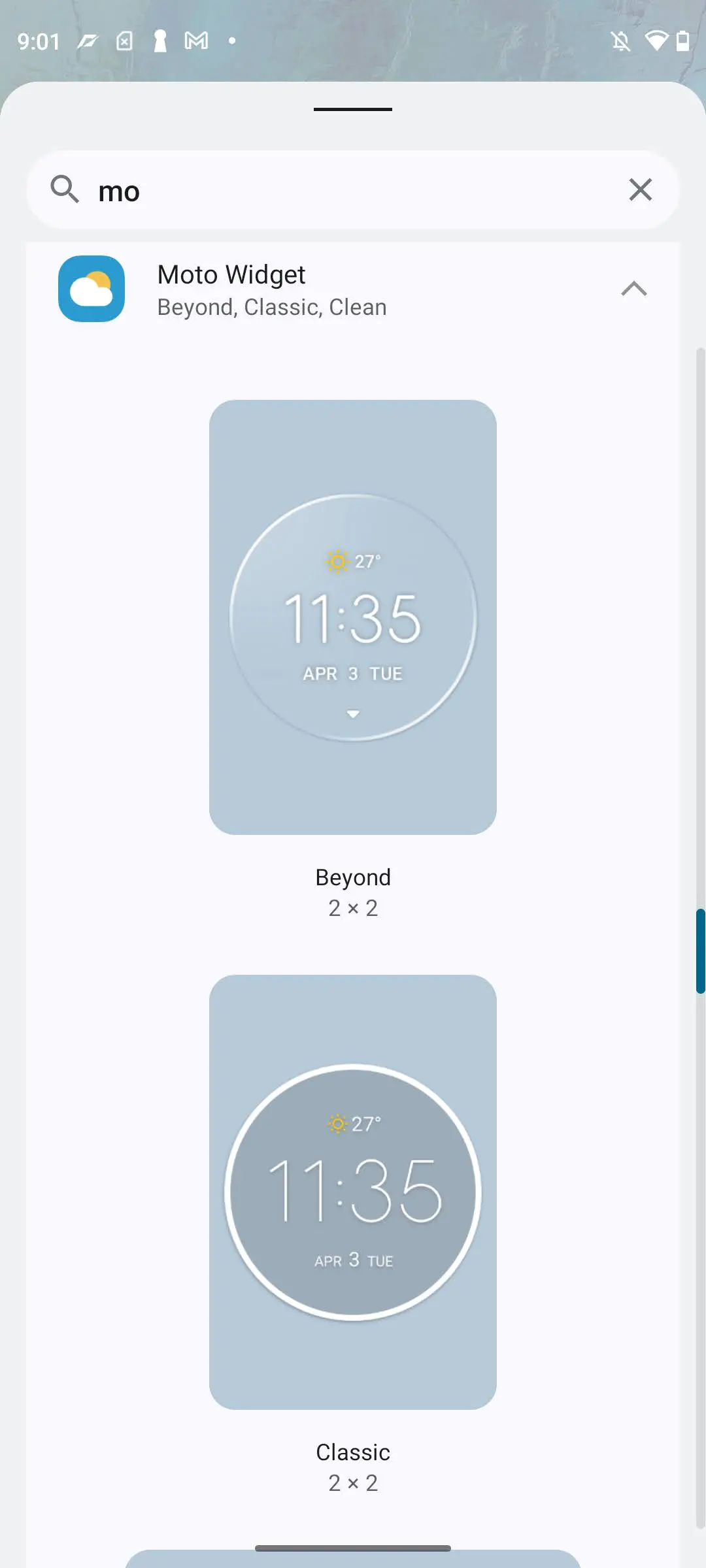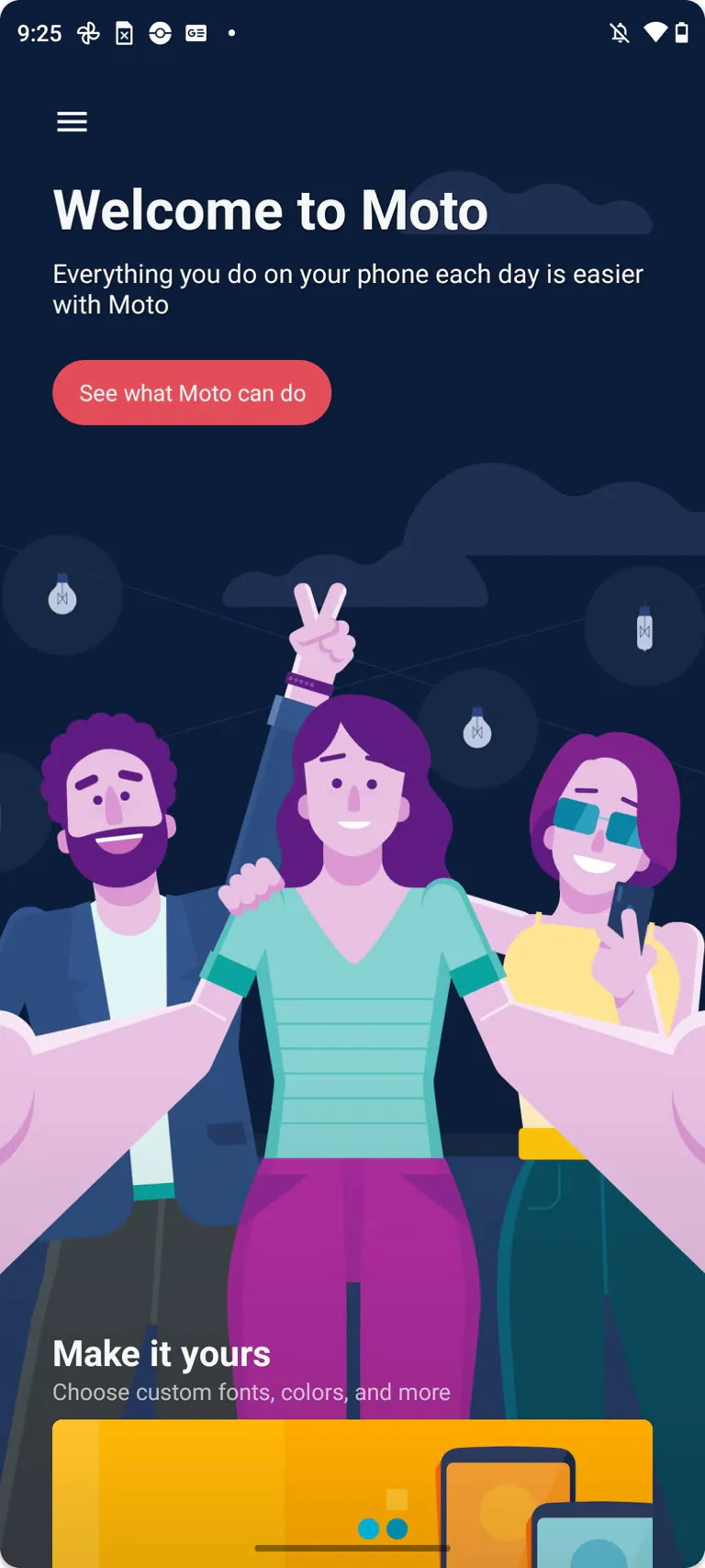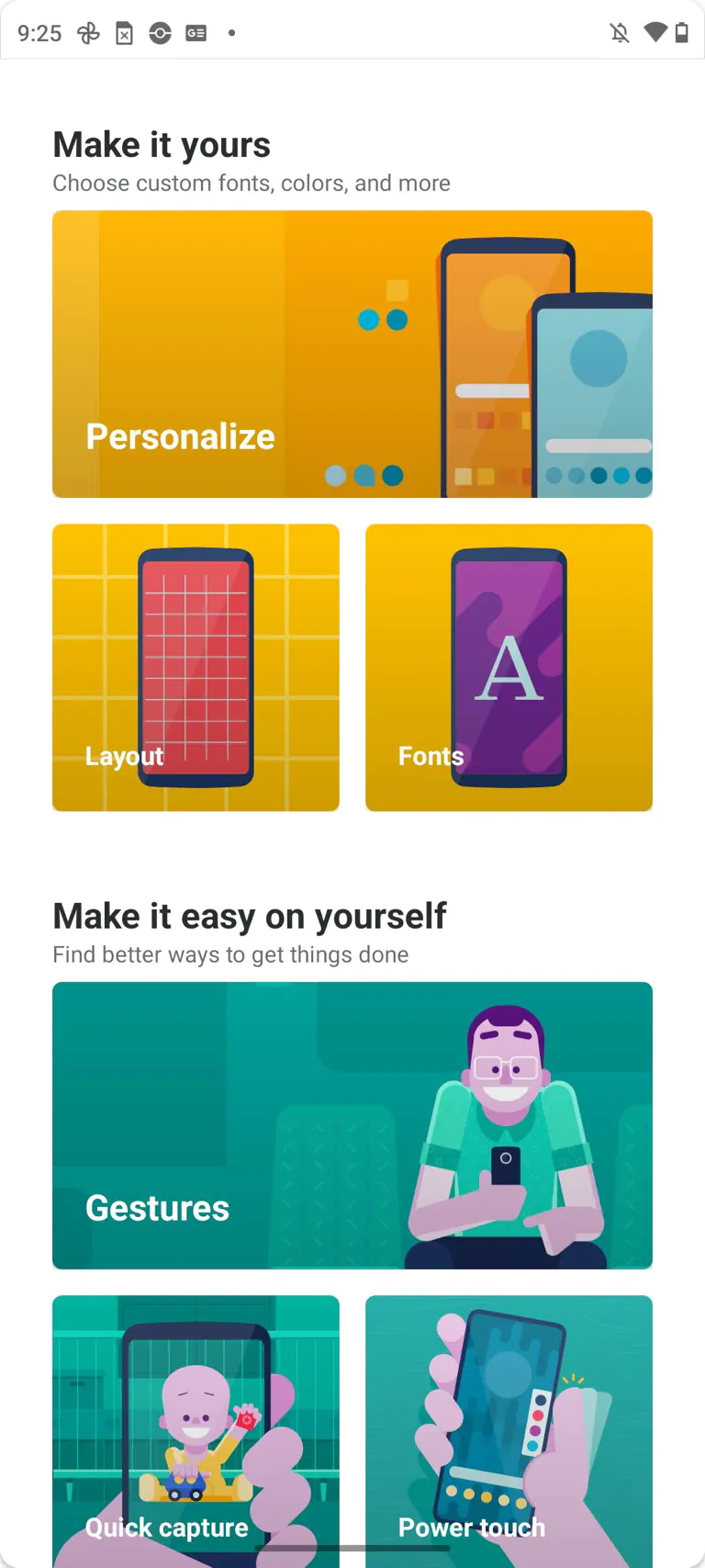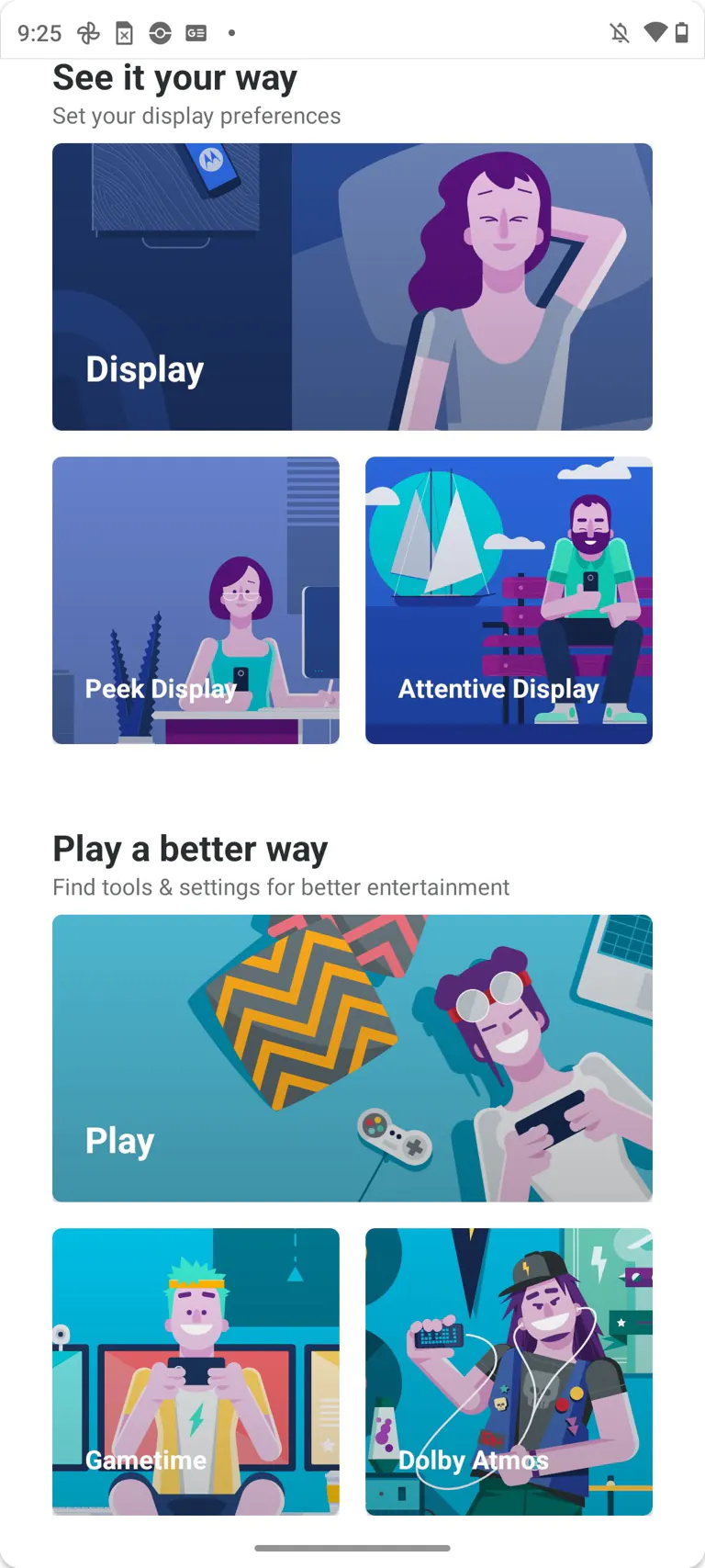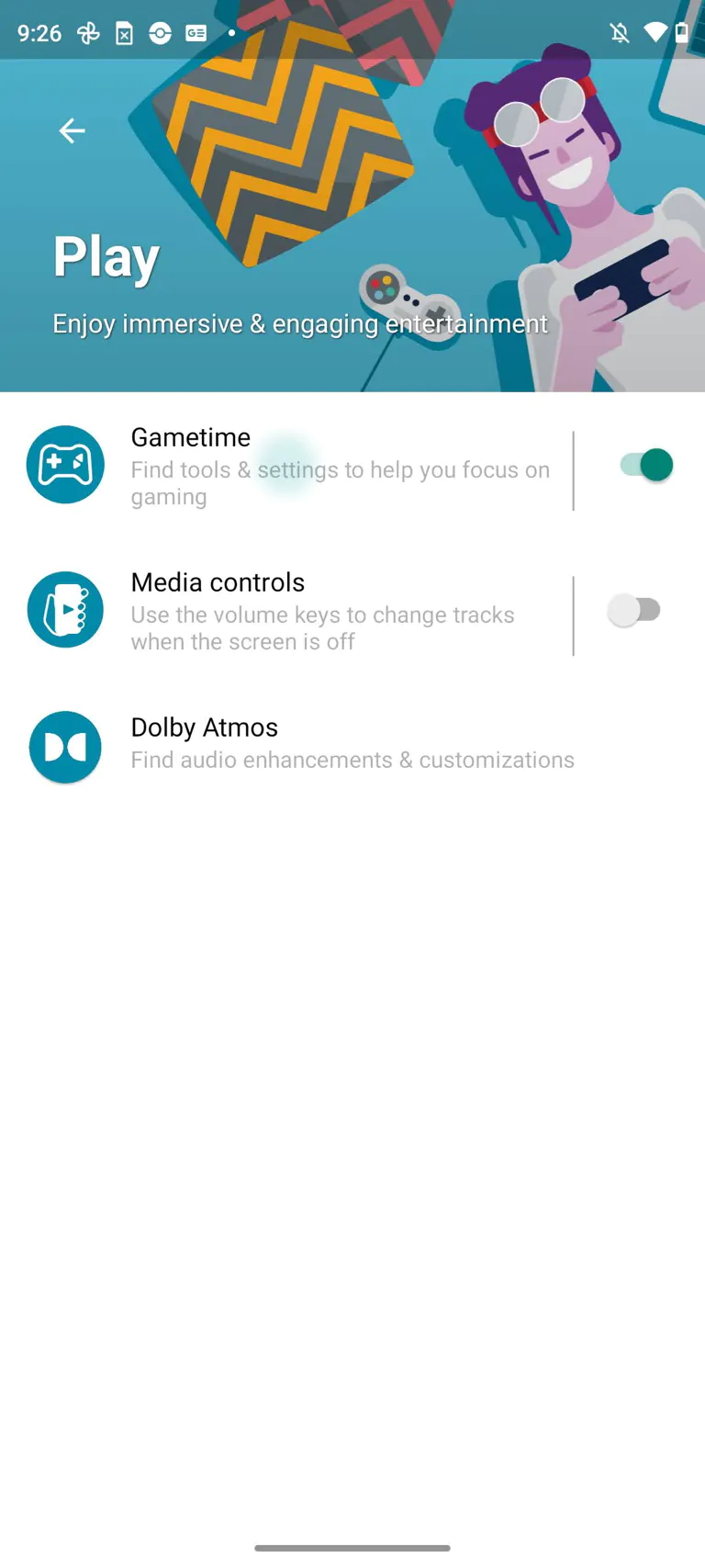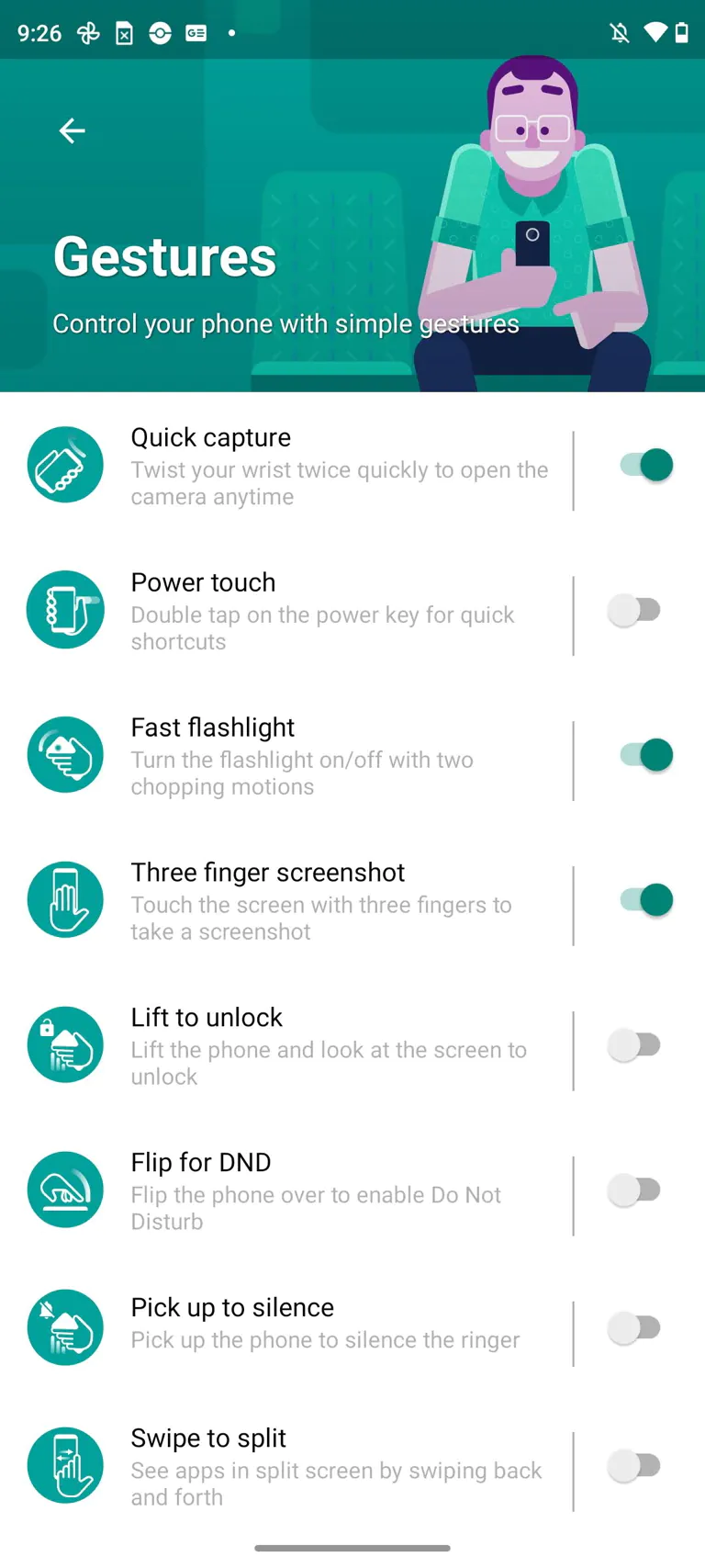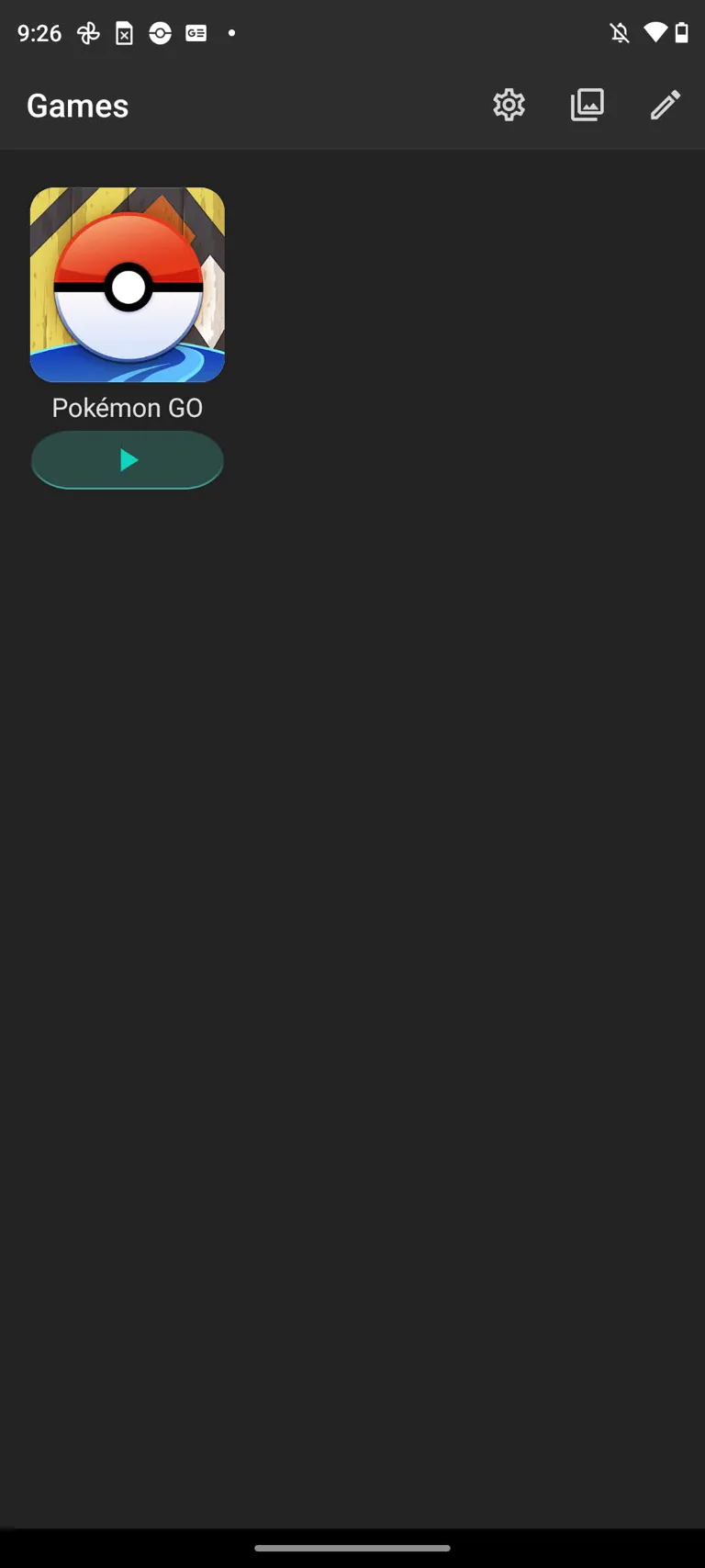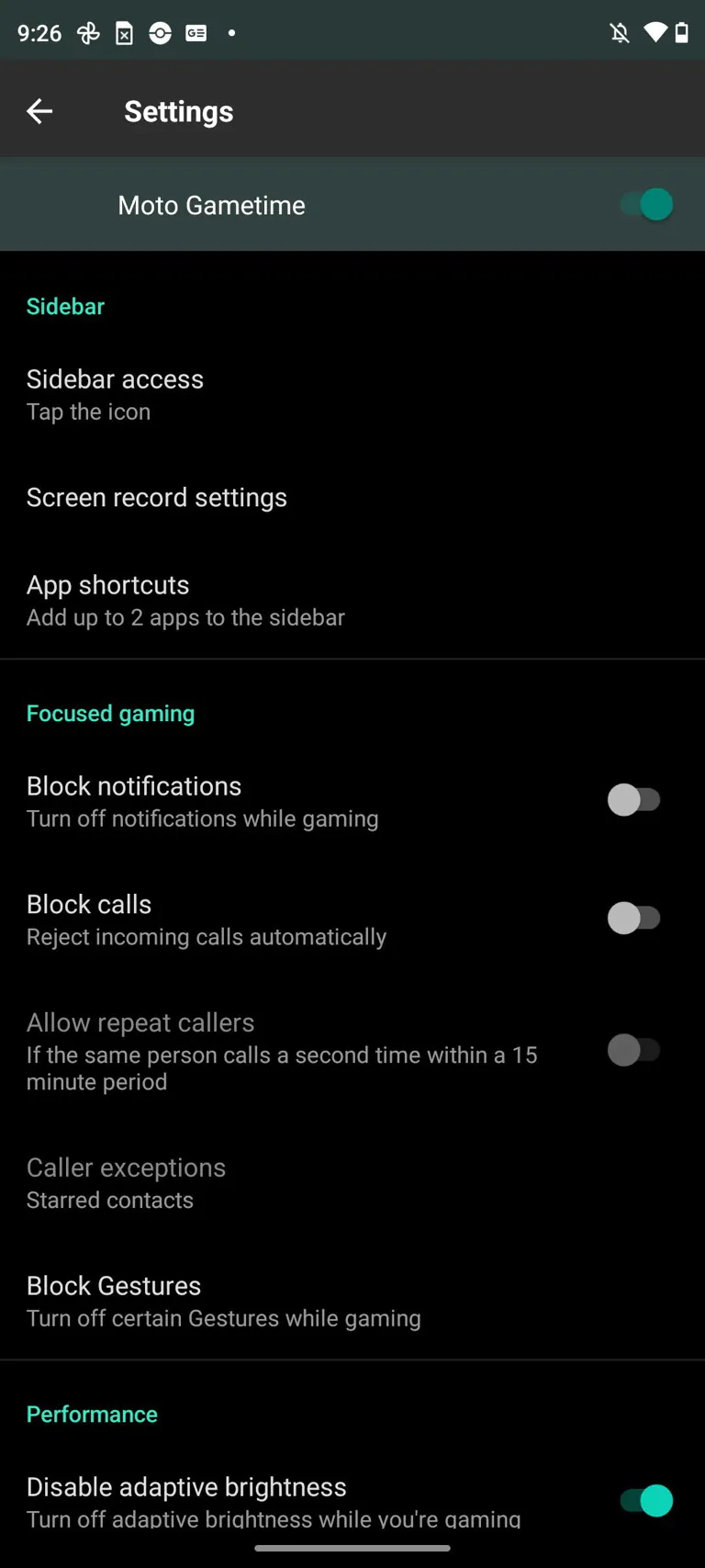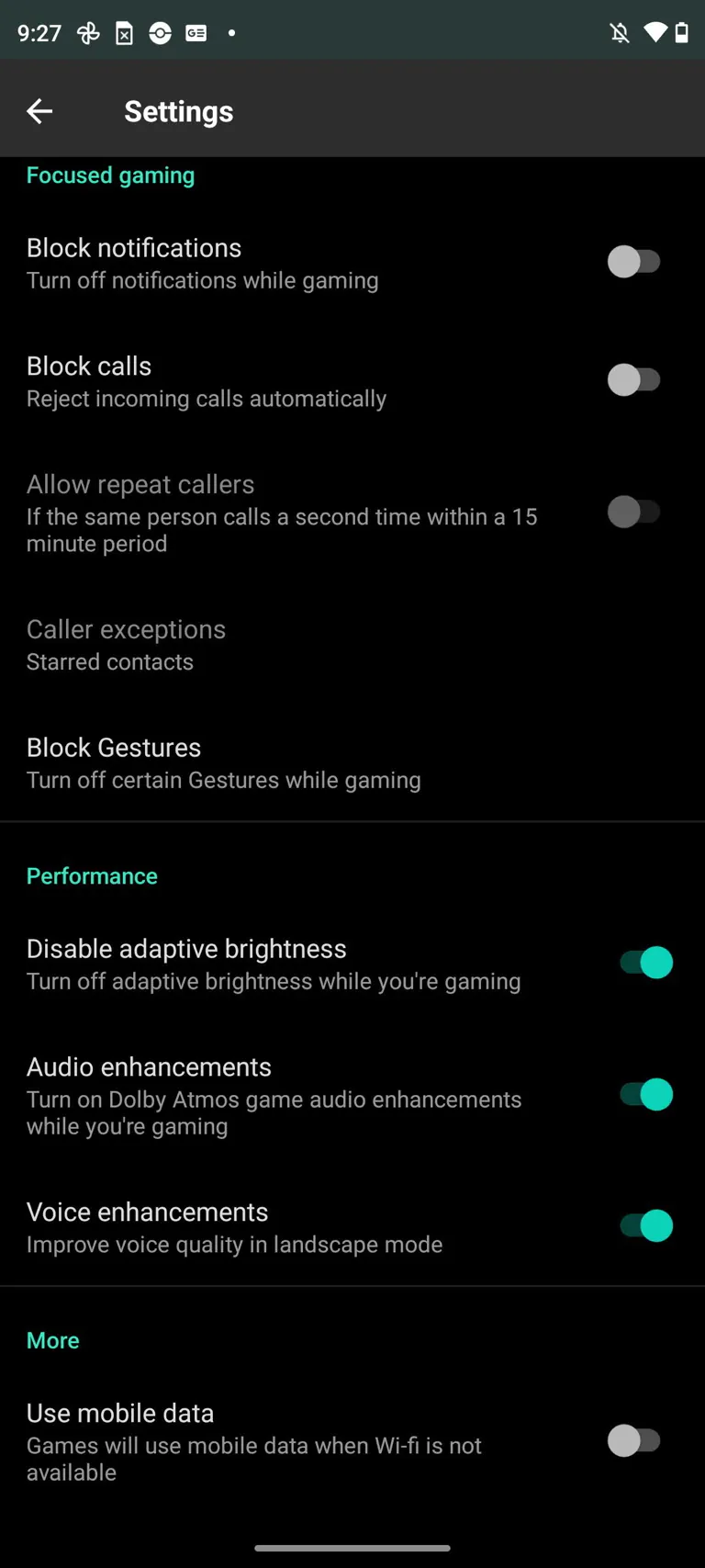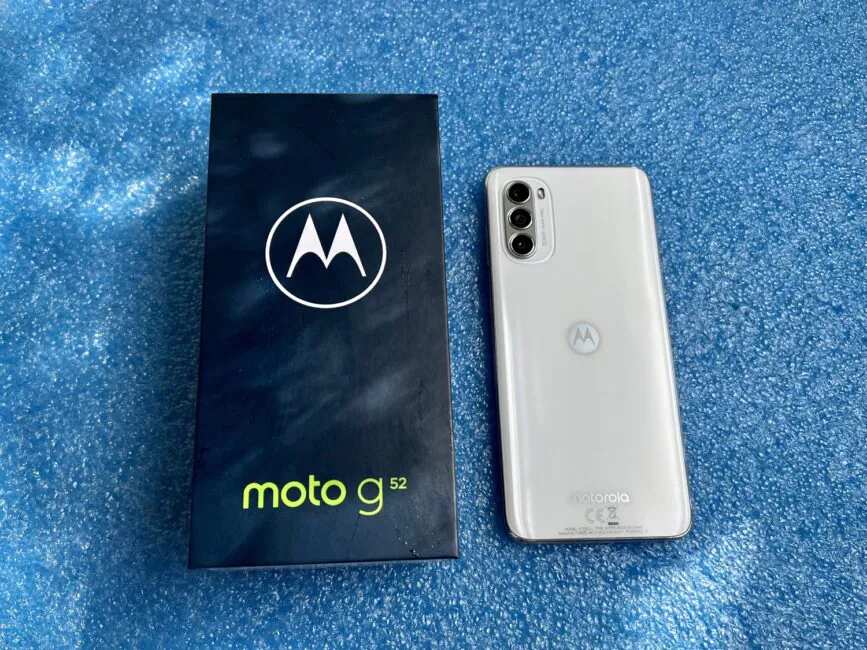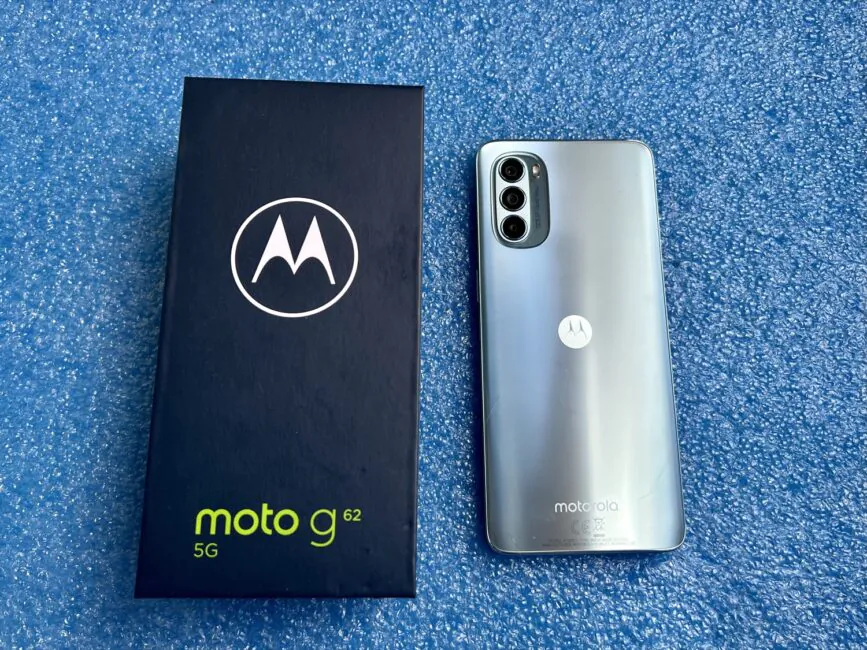© ROOT-NATION.com - Use of content is permitted with a backlink.
I thought for a long time whether to write a separate review for each of these smartphones or to combine them in one. The Moto G52 and the Moto G62 look very similar, especially at first glance. However, as soon as you turn them on, the differences are noticeable. And the deeper you look, the more there are. However, there is also a lot in common. And in order not to write the same thing twice, there will be a single review will be one. I think that if you are looking for a budget smartphone, the question may well arise before you: ‘G52 or G62?’. Let’s try to figure it out.
Looking ahead, I will say that the Moto G52, although it is a junior model and costs less, but in terms of parameters it is better than the G62 5G. And the G62 has networks of the fifth generation, but for few people their support is critically important.
Specifications of Moto G52 and Moto G62 5G
| Moto G52 | Moto G62 5G | |
| OS | Android 12 | |
| Display |
|
|
| Processor | Snapdragon 680 4G | Snapdragon 480+ 5G |
| GPU | Adreno 610 | Adreno 619 |
| Memory | 4/128 or 6/128 GB, microSD | 4/64 or 4/128 GB, microSD |
| Main cameras |
|
|
| Front camera | 16 MP, f/2.5 1.0µm | 16 MP, f/2.2 1.0µm |
| Battery |
|
|
| Other |
|
|
| Dimensions and weight | 160,1×74,5×8,0 mm
169 g |
161,8×74×8,6 m
173 g |
| Price ~ | $270 | $280 |
Market positioning and price
These smartphones are the successors of last year’s models. For example, we tested the Moto G51 not so long ago, in April. The G52 looks more interesting, as it got an OLED screen instead of IPS, three times faster charging, but lost 5G support.
Moto G61 was sold only in the Indian market, so we did not pay attention to it. Predecessors can be considered similar models G60 and G60s. True, they have more RAM – 6 GB, not 4 GB. But the processors are approximately on the same level as the G62, since they are older.
Summarizing: there is some confusion in the Moto G line at Motorola, and not always a higher number indicates that the model is cooler in everything.
If we talk about the Moto G-series of 2022, everything is not logical here either. As we have already noticed, the junior G52 model is better than the senior G62 in some parameters. And you and I recently got acquainted with the G82, it is a rather advanced device, which is primarily distinguished by a camera with OIS.

There are also ‘younger’ ones in the line – Moto G22 and Moto G32. Their advantage is that they are distinguished by a fresh design. In other respects, the G22 is a very boring budget model, but the G32 has the same processor as the G52, but a simpler IPS screen. Officially, by the way, it has not reached us yet, but it will arrive soon.
As for prices, the heroes of the review cost almost the same – 270 and 280 dollars.
Delivery set
Everything is pretty standard here and almost identical – charger, silicone case, cable, clip for removing the SIM slot and documentation. The diffecence is that the Moto G62 5G comes with a 10 W charger (although the phone supports 15 W charging), while the Moto G52 has an adequate 30 W charger.
Cases are standard for Motorola, each one is well made, protects the screen and cameras, has matte non-slip sides. No need to look for a replacement.
Read also: Moto G82 5G review: inexpensive smartphone with OIS and AMOLED
Design of Moto G52 and Moto G62 5G
Nothing surprises us here again – the same design of Moto G 2021 continues in 2022. A screen with small frames and a cut-out for the front panel in the middle, a streamlined plastic body, a block of cameras on a rounded podium that almost does not protrude above the body.
Moto G52:
Moto G62 5G:
If you compare the models with each other, the senior G62 is not the top again. It has wider frames, especially the upper and lower ones, the cutout for the frontal is larger.
However, if you do NOT compare the devices head-on, then this is not noticeable.
Since the models within the same line are almost twins, Motorola entertains itself with the design of the back panels, each model has its own feature. They are ribbed, wavy, iridescent in the light. The heroes of the review also look nice.
I like the Moto G62 the most, its matte back magically shimmers in the light and does not expose fingerprints. Two colors are available, Midnight Gray and Frosted Blue, we had blue on the test.
However, the Moto G52 is also good. We received a variant in Porcelain White color for acquaintance, and there is also Charcoal Gray. White really resembles porcelain, looks spectacular, although it does not shimmer in the light. Fingerprints are also not visible.
The rear panels are plastic, as well as the side panels – after all, we have budget devices in front of us. The sides of the Moto G62 match the color of the back panel, while the G52 has shiny silver sides. Both options look great.
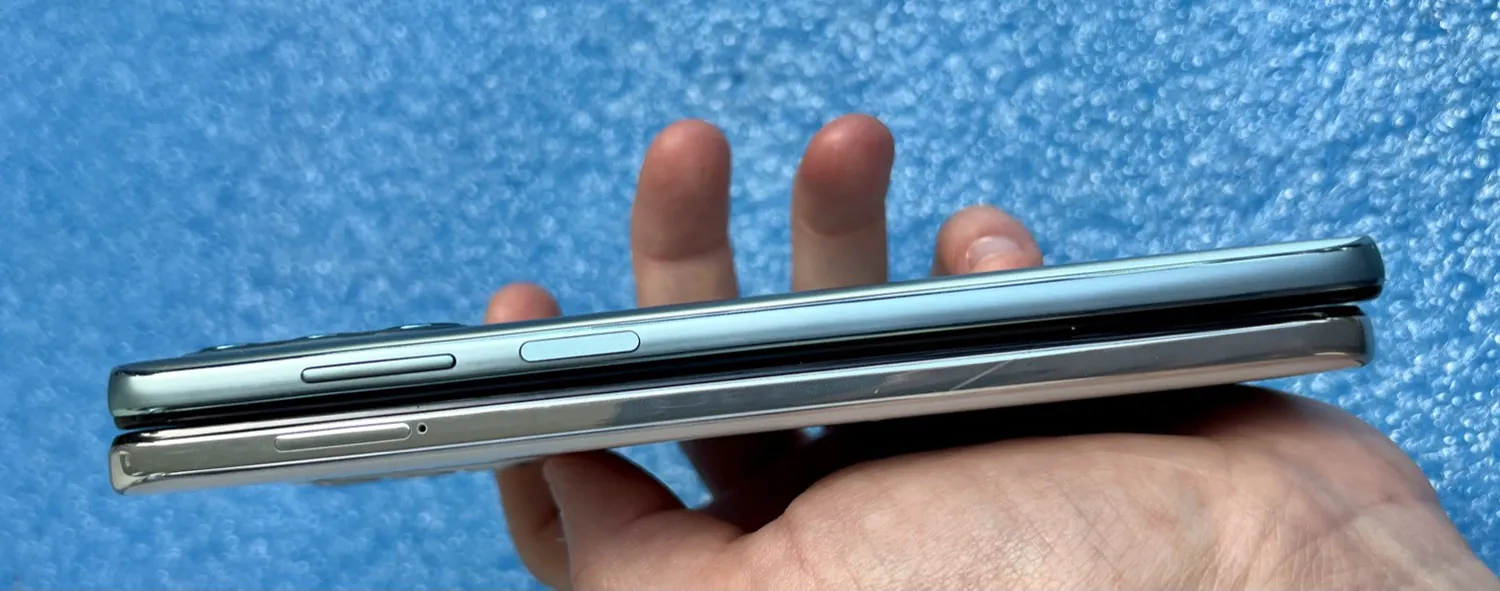
The dimensions of the devices differ, but not significantly. The Moto G62 is a bit thicker, you can feel it. Well, in general, we have classic modern smartphones with large screens (6.6 and 6.5 inches). Quite light and thin. In my opinion, they are comfortable in the hand, it is possible to control with one hand.
The location of the elements on the body is identical at first glance, the difference is noticeable… if you mix up the covers for these models. Then it can be seen that some of the elements are slightly shifted.
Only the SIM card slot is located on the left side of the smartphones.
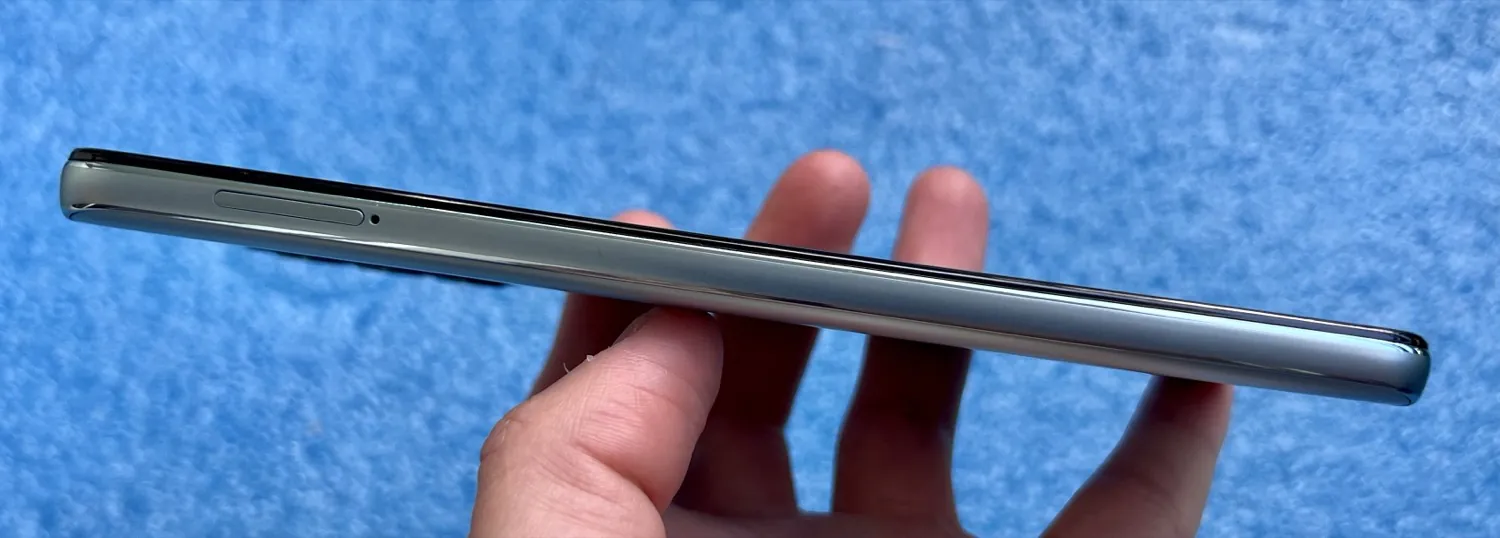

On the right side, you’ll find dual volume rockers (located at a comfortable height) and a power/lock button that includes a fingerprint scanner. The scanner works quickly and flawlessly on both Motorolas, when you pick up the smartphone, your finger lands on it automatically.
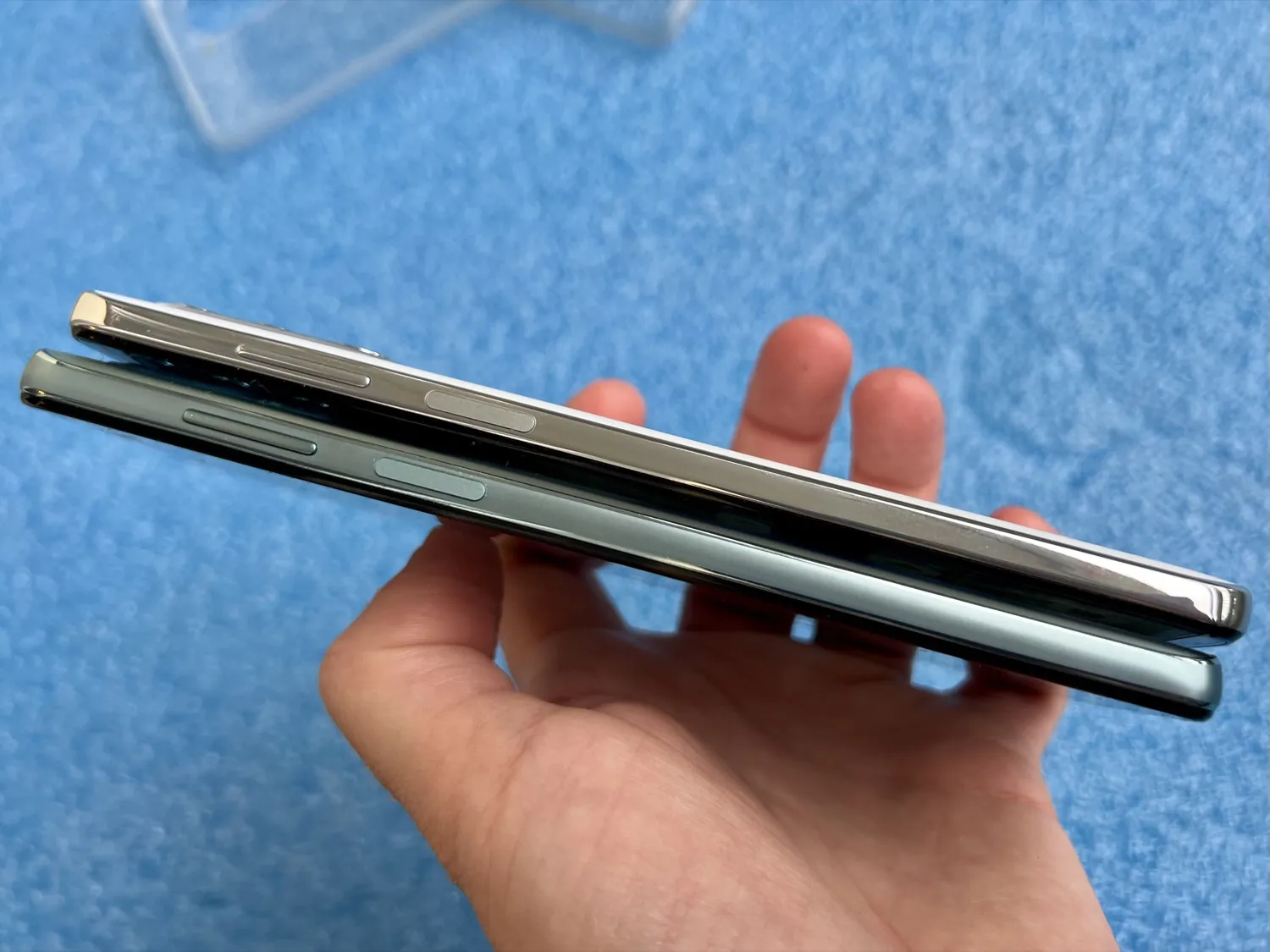
On the upper end of the smartphone, there is a microphone that performs the function of a noise canceller, as well as a speaker. On the bottom side there is a 3.5 mm headphone jack (it’s good that not all smartphone manufacturers refuse it), a Type-C connector, another microphone, speaker holes.
There are almost no differences here, except that the Moto G62 has a larger speaker on the top. The assembly is perfect. The bodies of the models are protected according to the IP52 standard – against dust and drops of water.
Read also: Motorola G51 review: another budget smartphone from Motorola
Dispalys of Moto G52 and Moto G62 5G
But in this section, the difference between the heroes of the review is striking, because the senior Moto G62 5G got an IPS display, while the G52 has an AMOLED matrix. In fact, IPS is not so bad, but when you look at both screens at the same time, the advantages of AMOLED are immediately noticeable – higher brightness, contrast, depth of black color, viewing angles, better behavior in the sun, more pleasant color reproduction.
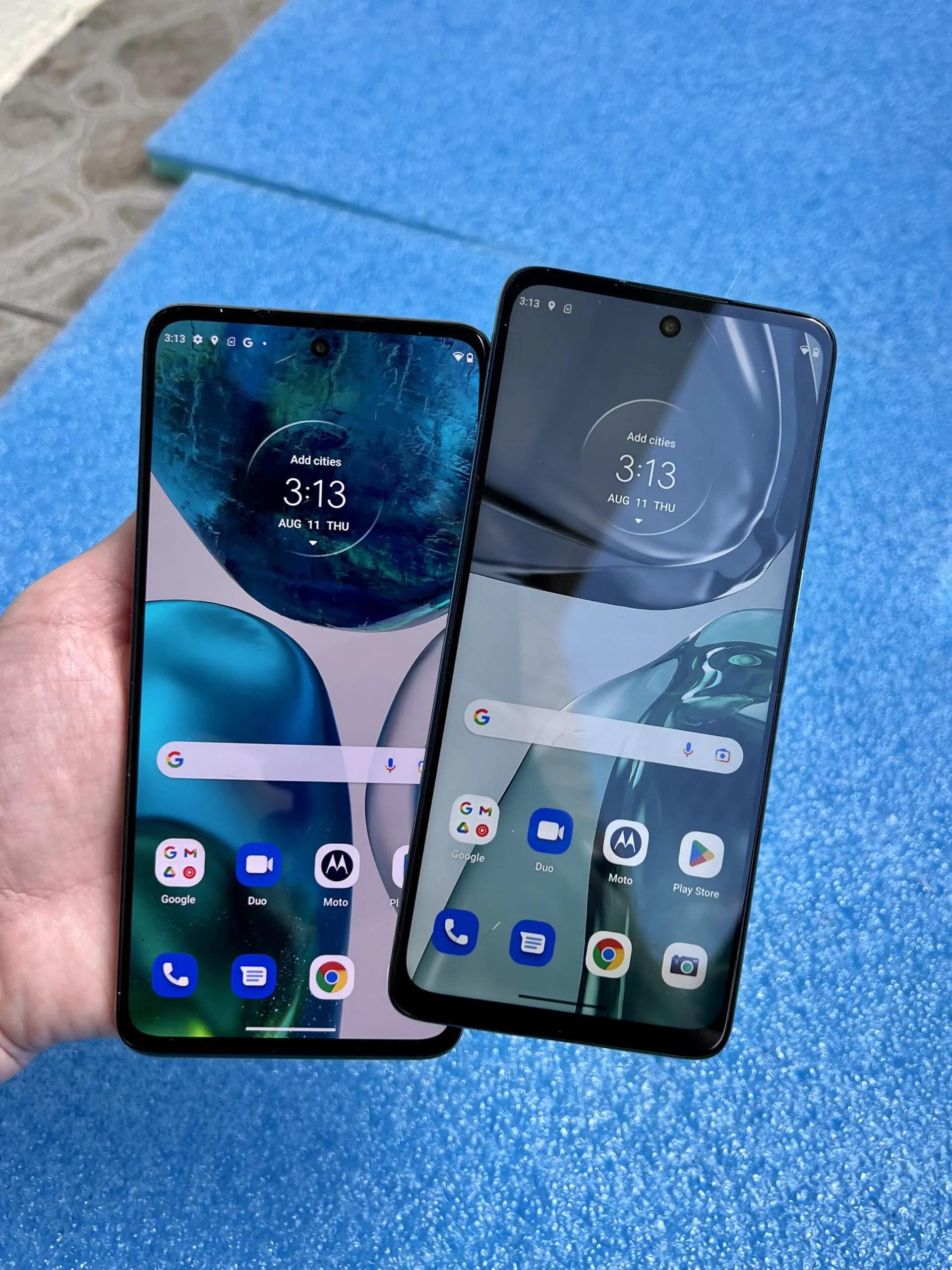
However, I repeat, if you evaluate the IPS display of the Moto G62 5G model separately, it is quite good in terms of shades and readability. There are even people who prefer IPS due to the absence of PWM (flickering at low brightness). However, personally, I have had AMOLED phones for many years, I have not encountered PWM, modern screens are of good enough quality to reduce the effect to a minimum. In the Moto G52 settings, there is also an option to reduce flicker, but I did not activate it.
Display of Moto G52:
Display of Moto G62 5G:
The size of the screens is almost the same (the difference of 0.1 inch will not be taken into account), the resolution is also the same. But the refresh rate is different – the G62 with IPS is 120 Hz, and the G52 with AMOLED is 90 Hz. However, I would not say that the difference is noticeable in the eyes. The main thing is that both are above the standard 60 Hz, and it is already good, the picture is smooth.
In the settings, you can choose the standard 60 Hz, the increased frequency, or (the best choice for battery life) the automatic option, when the phone will automatically select the appropriate screen refresh rate based on AI.
You can also adjust the level of saturation of shades (I prefer standard), color temperature, and also adjust other parameters – dark theme, full-screen mode, warm colors for evening time, sensitivity of screen sensors, size of elements, etc.
Read also: Motorola Edge 30 Review: Balance At Maximum
Hardware and performance of Moto G52 and G62 5G
The Moto G52 is powered by the Qualcomm SM6225 Snapdragon 680 4G chipset, which was announced in fall 2021. This platform for mid- and budget-level phones is built on a 6nm process and includes 8 cores divided into two clusters. The well-known Adreno 610 is used as a graphics accelerator.
Moto G62 5G received the same chipset as last year’s Moto G51 – Qualcomm Snapdragon 480+. In general, this is the same 480th, made according to the 8 nm process and announced at the beginning of 2021, only the frequency of the two main cores is 200 MHz higher and the 5G modem is newer. Video chip is Adreno 619.
However, there is a trick here. An inexperienced user, looking at the chipset numbers, may come to the disappointing conclusion that the 680 is stronger than the 480. But everything is not so simple, because the 480+ version received ‘overclocked’ frequencies, so it produces better numbers in performance tests. You can compare processors, for example, here.
As for memory, the Moto G52 is available in 4/128 and 6/128 GB variants, but in Poland (where we received the new products for testing) only 4/128 GB is officially sold. The Moto G62 5G is a very rare species because it offers a 4/64 GB variant that has almost disappeared. There is a 4/128 GB version, but it is not available in Poland.
Of course, 64 GB of memory is ridiculous by today’s standards. Although there is support for microSD cards, the base memory should still be larger because it is faster. And 4 GB of RAM is the minimum for budget phones. Many cheaper models are equipped with 6 GB of RAM. By the way, in the G52 and G62 settings, you can add virtual RAM, but it is far from as fast as the real one.
Well, enough general words about hardware, let’s move on to what is more important – impressions of using smartphones. I specially compared them ‘head-to-head’, launched programs and games at the same time. And so, despite the fact that the Moto G62 processor scores more points in the benchmarks, in real life I don’t see any difference between the models, everything starts at the same time and works at about the same speed. In resource-intensive games, some downloads may be faster on the G62, but such situations are not very common. In general, I would say that the speed of the models is at the same level.
But what is this level? It cannot be said that smartphones are very fast. We have ordinary budget phones in front of us, designed for undemanding users. In basic tasks, everything is fast, demanding games are launched, although not with maximum graphics, and with delays from time to time. You can use it, you can play it, you can’t say that something hangs or slows down. Most users from the target audience will be satisfied with the performance of the models.
Read also: Motorola Moto Edge 30 Pro review: is it really a flagship?
Cameras
Motorola did not bother with the cameras again. The same set of modules was used as in the Moto G31, G71, G82 (although the latter still has optical stabilization). Namely: the main 50 MP module, 8 MP ultra-wide angle and 2 MP macro camera.
Photos are not saved in the maximum resolution, because the technology of combining four pixels into one is used, thus the main sensor produces a photo of 12.5 MP (4080×3072), instead of 50 MP. In the settings, you can also include the maximum resolution of 8160×6144, but this does not make much sense – photos will take longer to create.
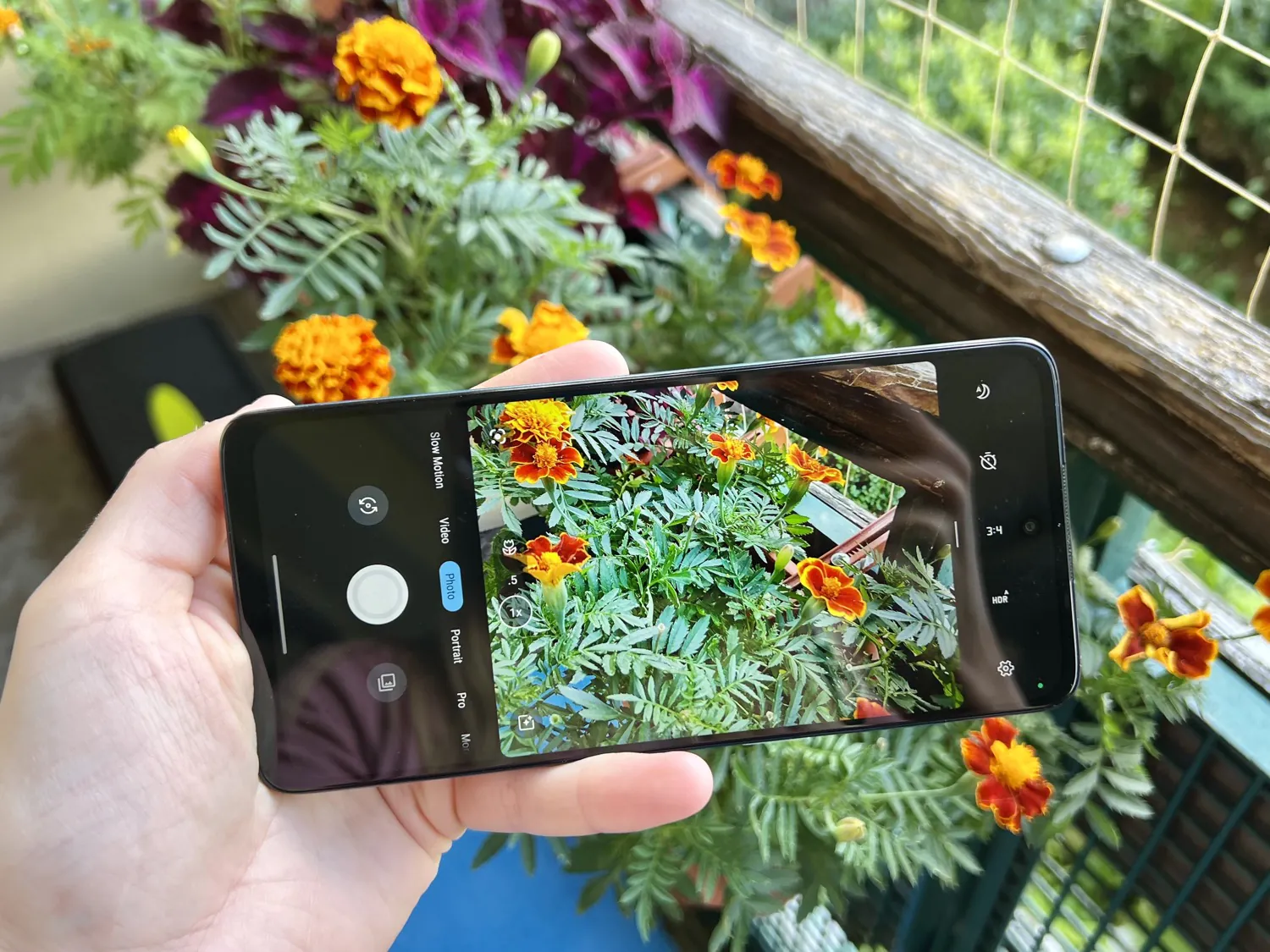 I expected identical images from the test models, but obviously different processors still have different effects on the final image processing. And most of the time, I liked the shots from the Moto G62 5G more – clearer, juicier. Here are some identical shots for comparison. Moto G52 is on the left, G62 is on the right. Original size images are available in this folder (and there are significantly more photos than the thumbnails below, scroll if you are interested in detailed comparisons).
I expected identical images from the test models, but obviously different processors still have different effects on the final image processing. And most of the time, I liked the shots from the Moto G62 5G more – clearer, juicier. Here are some identical shots for comparison. Moto G52 is on the left, G62 is on the right. Original size images are available in this folder (and there are significantly more photos than the thumbnails below, scroll if you are interested in detailed comparisons).
Generally speaking, both models produce pretty good photos in good lighting, and most users won’t find anything to complain about. In low light, everything is not so fun, detail and clarity drop, moving objects can be blurred.
Of course, there is a night mode, and in new versions of the software, it was automatically activated. And this is correct – why would a user think about such things? Getting good photos is important to him.
Again, in the dark Moto G52 shows itself a little worse – the pictures are less clear, noisier, turn yellow. But the Moto G62 is not bad, by the standards of the budget segment. Here’s another comparison (Moto G52 on the left, G62 on the right), full size are all here too.
The quality of pictures from the wide-angle lens of both models is at the same level. The color rendering is worse than in the photo from the main lens, the photos are darker and there is some blurring, but it happens that you need to fit more into the frame than the main module ‘sees’, and the phone can handle it.
Picture examples from Moto G52:
Pictures from Moto G62:
There is also a macro lens. In low-cost smartphones, it is installed with the aim “to have more cameras”. The pictures are blurry, pale, and in both models. Examples (Moto G52 on the left, G62 on the right):
The front cameras of smartphones have the same resolution, but the modules are different. The Moto G52 has a wider viewing angle, so it’s better suited for group selfies. Moto G62 shoots a little closer, but the picture is clearer, the color rendering is more juicy. The camera software has a built-in beautifier (works delicately), which can be disabled. Examples of self-portraits (Moto G52 on the left, G62 on the right):
The Moto G62 5G records video in 1080p at 30 or 60 fps. Moto G52 does so only at 30 fps. In terms of clarity and color reproduction, the senior model is, again, better. However, you should not turn on the 60 fps mode, because the video becomes jerky. Probably, that’s why there is no 4K, since the processors wouldn’t be able to handle it. Video examples can be found in the folders at this link.
The camera interface is standard for Motorola. Understandable, convenient. In addition to the standard shooting modes, there is also selective color (leaves one color in the photo), panorama, live photos, real-time filters, PRO mode with RAW support.
For video, Motorola offers a slow-mo mode, ‘sports color’ (highlighting one specific color in the recording), slow-motion video, and dual recording, which allows you to record video from the front and rear cameras at the same time.
Read also: Motorola Moto G200 review: Snapdragon 888+, 144 Hz and interesting design
Data transfer
The set is standard — Wi-Fi 802.11 a/b/g/n/ac 2.4+5 GHz, Bluetooth (Moto G62 has a newer version 5.1, G52 has version 5.0), NFC for payment in stores, GPS, GLONASS, Galileo. Also, the senior G62 5G received, as you can easily guess from the name, 5G support. Although I would not count this as a definite plus, since the speed of LTE networks is more than sufficient, it is difficult for me to imagine for whom the presence of 5G could be critically necessary, now this technology is more likely to be reserved for the future.
Sound of Moto G52 and Moto G62 5G
Both models received stereo speakers, holes for them are located on the upper and lower ends of the case. At the same time, in its promotional materials, Motorola claims that the Moto G62 has unsurpassed sound, but it does not say anything of the sort about the G52. Apparently, the senior model really has higher-quality speakers, because they look different (we looked at them in the section on the appearance of phones) and even the elements on the ends are slightly offset. And the sound proves it to us too, of course.
The senior model produces a clearer, more voluminous and bass sound. However, I will not say anything bad about the juniorG52, however, Moto G62 is better for listening to music through speakers, watching clips, movies, etc.
 In headphones, the sound of both models is quite loud, of high quality. There is a 3.5 mm jack, so you can use wired headphones if you wish.
In headphones, the sound of both models is quite loud, of high quality. There is a 3.5 mm jack, so you can use wired headphones if you wish.
Dolby Atmos sound enhancement system with installed presets is supported.
Read also: Motorola Moto G71 review: the best of the rest
Software of Moto G52 and G62 5G
Both smartphones run on Android 12. The look and feel of using the interface are as close as possible to “pure” Android, there are no shells or redundant duplicate software. I will not repeat about the changes in Android 12, I wrote about it more than once in recent reviews. The interface, widgets, improved privacy options have changed in some places.
As always, Motorola has its own apps scattered throughout the settings, and for convenience, they’re collected in the Moto Features app. There are interesting design themes, gesture control (a lot of interesting things, for example, turning on the flashlight by shaking the phone twice, activating the camera by turning the wrist twice, taking a screenshot by touching the screen with three fingers, silent mode by turning the smartphone screen down, etc.) and other features ( active display if you look at it, the option of dividing the screen into two parts, the ability to run programs in a separate window during the game, and other tweaks for gamers).
Motorola also has its own AoD – time and messages on the lock screen with the possibility of quickly viewing them by touch (Peek Display). This screen activates itself for a few seconds when you pick up the device or swipe your palm over the screen, with a dark background and minimal brightness to save power.
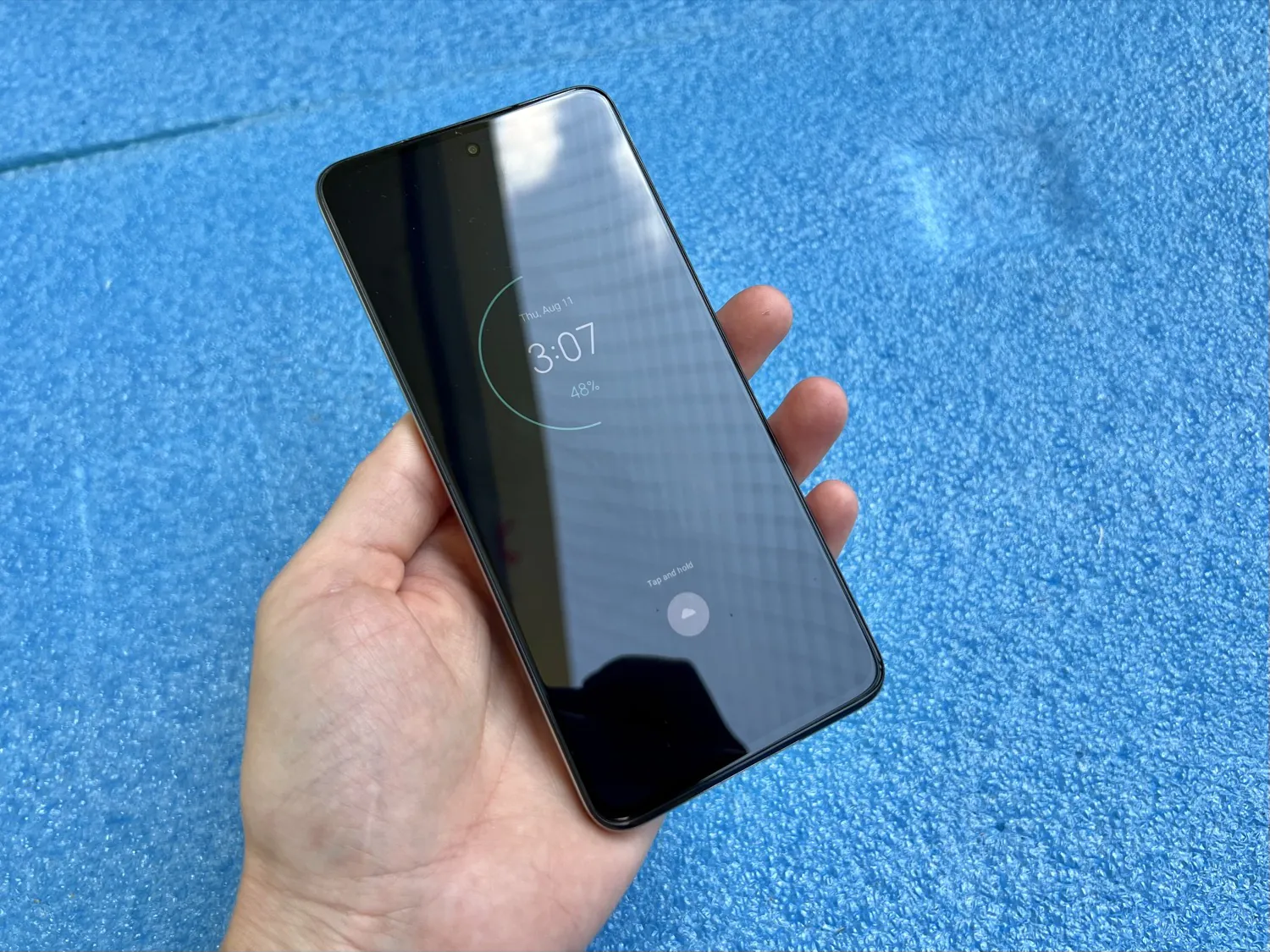
Read also: Motorola Moto G60 review: Budget phone with 6000 mAh and 120 Hz!
Battery life
Moto G52 and G62 5G received batteries with a standard capacity of 5,000 mAh. I can’t say that I felt a noticeable difference between the battery life of smartphones. When I used them as the main ones for the test (and I am an active user and hardly ever take my smartphone out of my hands), the charge was always enough until late in the evening. On average, the devices provide about 8-9 hours of active screen time at higher than average brightness. I think that the Moto G52/G62 will be enough for a couple of days of use for a user who is less active than me.
The G52 comes with a 30W charger, which is fast enough, it takes about 1 hour 20 minutes to fully charge. But the senior G62 lags behind a little, as it comes with a 10 W charger (although the phone itself supports 15 W), you can’t even dream of fast charging for 15-30 minutes, and it takes 2.5 hours to fully charge.
Conclusions and competitors
We met two more mid-range models from Motorola. Relatively low prices, acceptable speed, adequate cameras, decent screens, excellent assembly, recognizable design, clean and well-optimized Android without unnecessary additives – all this is in the list of their advantages.
Which one to choose is not a very simple question. On the one hand, the Moto G52 offers faster charging, an AMOLED display, and more memory in the basic configuration. On the other hand, the G62 has a slightly faster processor, slightly better photo and video recording (with the same set of modules), higher-quality speakers, and 5G (although this is hardly an important advantage for anyone). However, the screen is more boring IPS, 64 GB storage and slow charging. And the price is somewhat higher.
And let’s look at the competitors. For example, the Samsung Galaxy A32 4/128 offers a nice design, a great skin for Android, decent cameras, a Super AMOLED display, powerful speakers with Dolby Atmos. Although it cannot be said that this Samsung is much more interesting than Moto, charging is also not fast, the processor is average.
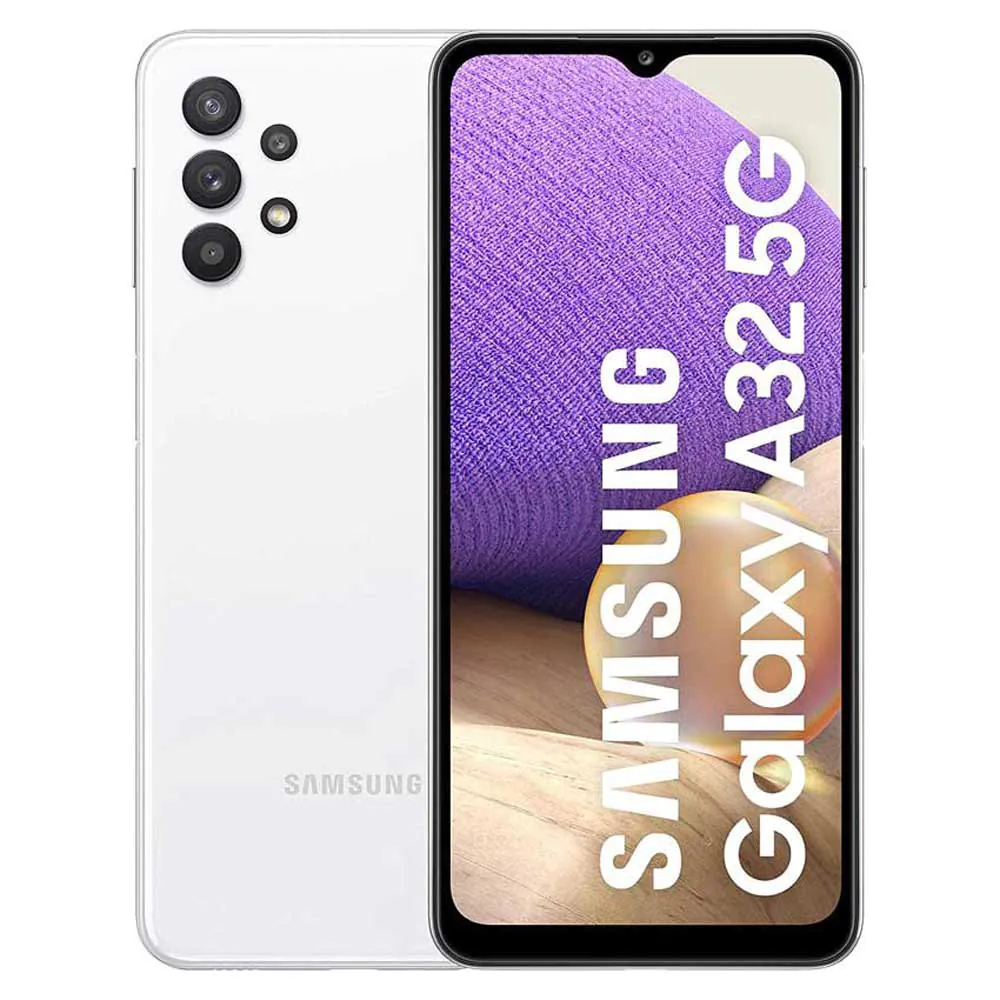
As always, Xiaomi offers a large selection in the price range up to $300. For example, the Redmi Note 11 4/128 with a Snapdragon 680 processor and an AMOLED display is worthy of attention. The battery is 5000 mAh, fast charging is 33 W. If you manage to catch discounts, now you can buy a more powerful Redmi Note 11S 6/128 with a MediaTek Helio G96 processor and a 108 MP main camera relatively inexpensively. Last year’s Redmi Note 10S 6/64 is also still available in stores, with an excellent display, good cameras and a MediaTek Helio G95 chipset.
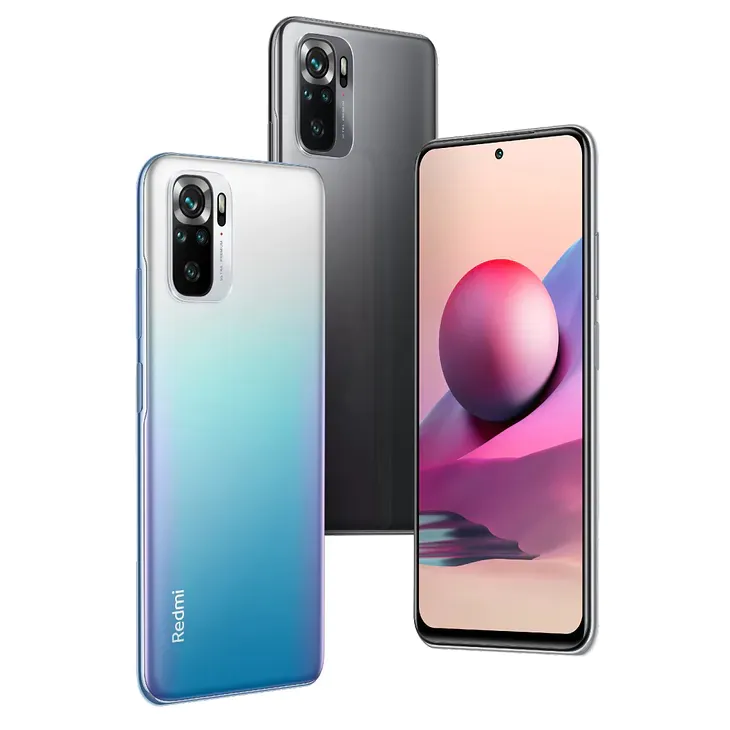
Among the Xiaomi-POCO family, POCO M4 Pro 6/128 with 33W fast charging, AMOLED display and advanced MediaTek Helio G96 can be interesting. Well, we can’t help but mention the realme 8 6/128 with Helio G95.
In general, as you can see, you can find interesting alternatives for the Moto G62, even without 5G, but the more affordable Moto G52 still looks decent even against the background of many Chinese competitors. And the final choice, as always, is yours!
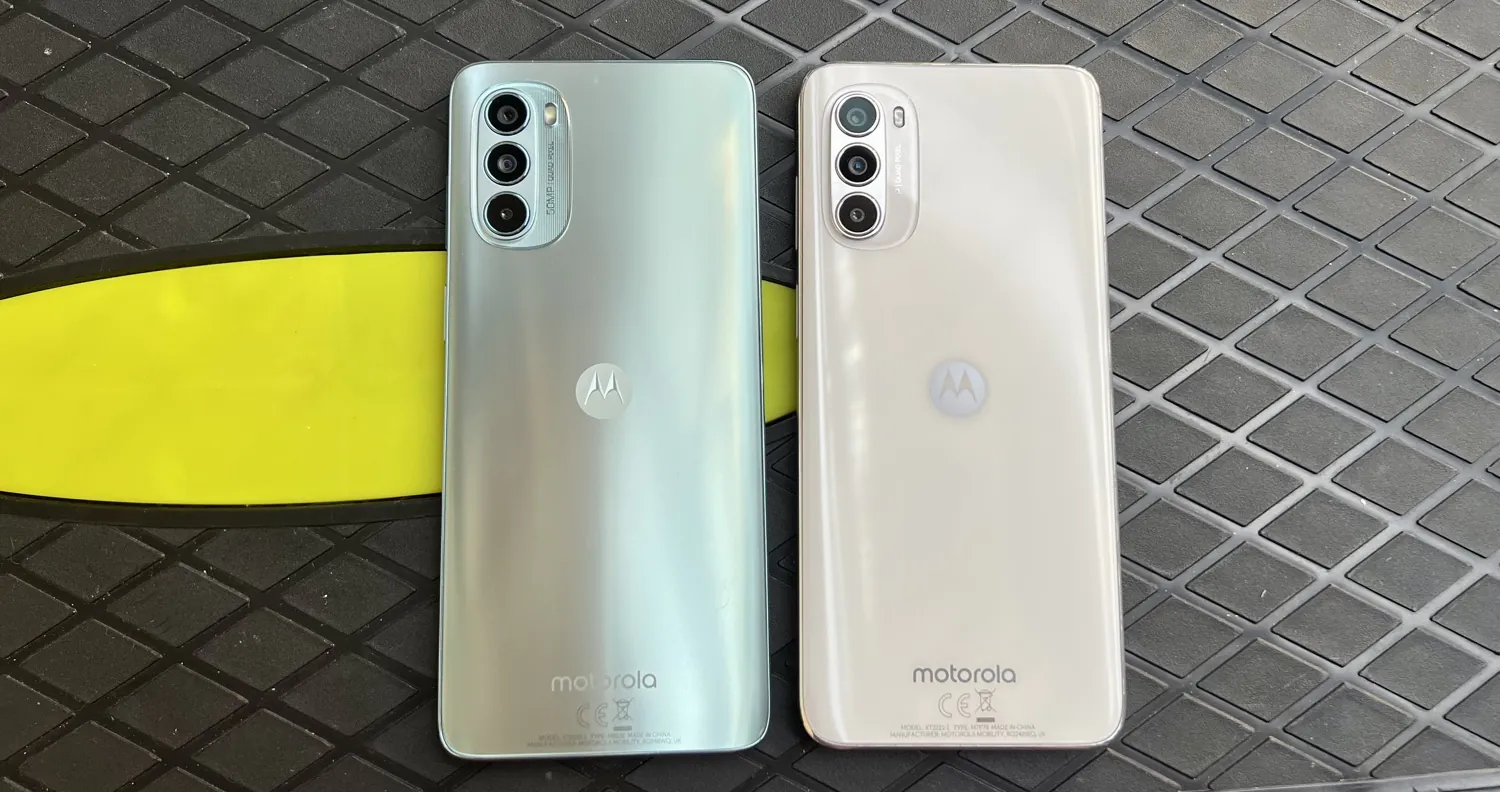
Which smartphone would you choose – Moto G52 or G62 5G?
Read also:
- MOTO XT500+ headphones review: Better at home
- TECNO Pova 3 Review: Large and Lasting Mid-Level Phone
You can also help Ukraine fight with Russian occupants via Savelife or via an official page of the National Bank of Ukraine.


